Table of contents
Why Your Heat Pump Stopped Cooling When You Need It Most
When your heat pump not cooling properly hits during Alabama's sweltering summer months, it can turn your home into an uncomfortable sauna. The good news? Many cooling issues have simple fixes you can try before calling for help.
Quick troubleshooting checklist for a heat pump not cooling:
- Check thermostat settings - Ensure it's set to "Cool" and temperature is below room temp
- Verify power supply - Look for tripped breakers or switched-off units
- Inspect air filter - Replace if dirty or clogged
- Clear outdoor unit - Remove debris, leaves, or obstructions
- Listen for unusual sounds - Hissing may indicate refrigerant leaks
- Look for ice buildup - Frozen coils prevent proper cooling
Based on our research of common heat pump problems, thermostat confusion accounts for 31% of cooling issues, while dirty air filters cause 22% of problems. These simple checks can often restore your comfort without a service call.
However, some cooling problems require professional attention - like refrigerant leaks, stuck reversing valves, or frozen evaporator coils. Understanding the difference between DIY fixes and professional repairs can save you time, money, and frustration during those hot Birmingham summers.
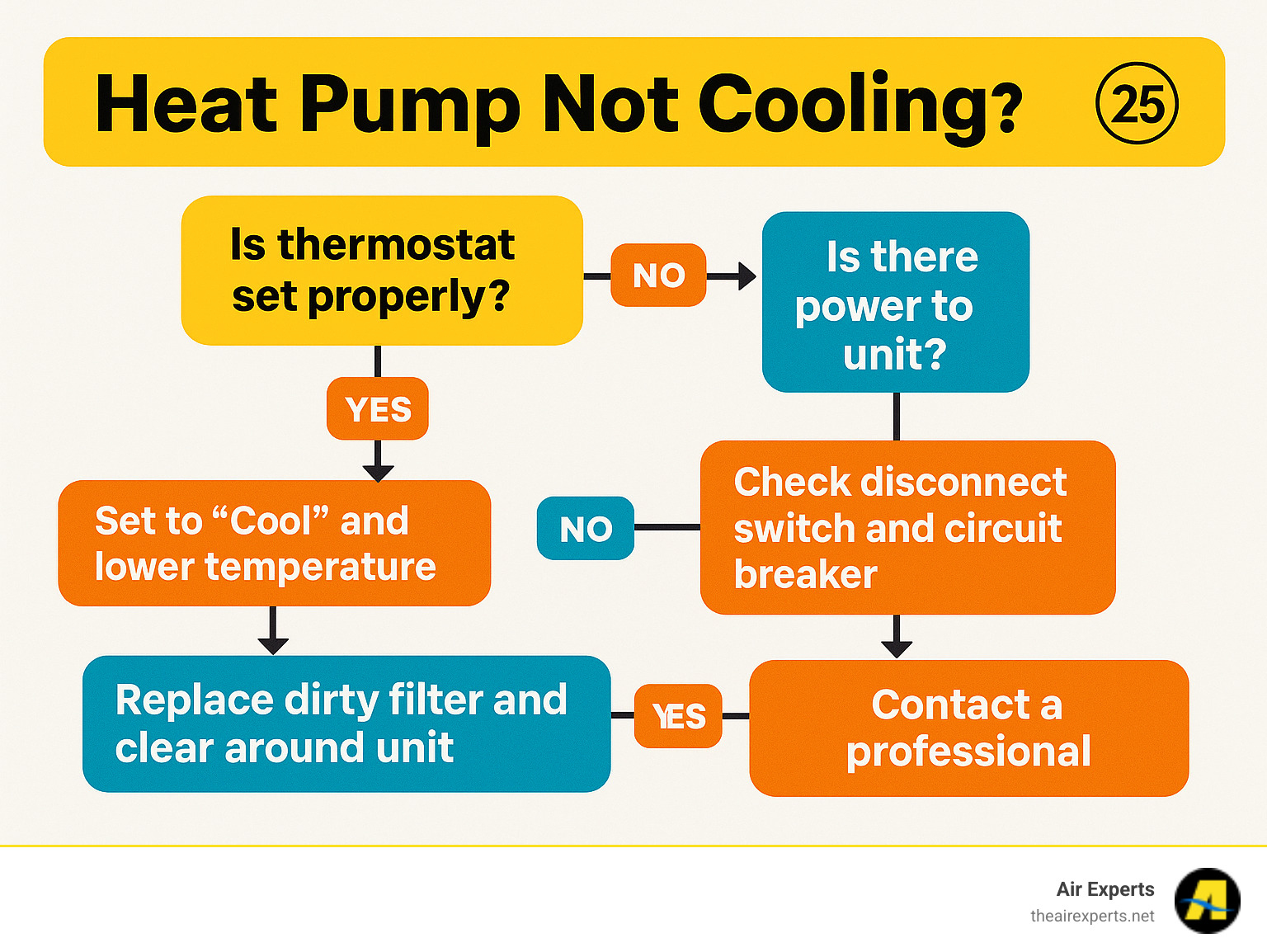
First-Response Checklist: Simple Fixes You Can Do Yourself
When your heat pump not cooling suddenly leaves you sweating in your own living room, take a deep breath. Before you start imagining expensive repair bills, there are several simple fixes you can try yourself. We've found that many cooling problems have surprisingly simple solutions – sometimes it's just a matter of checking the obvious things first.
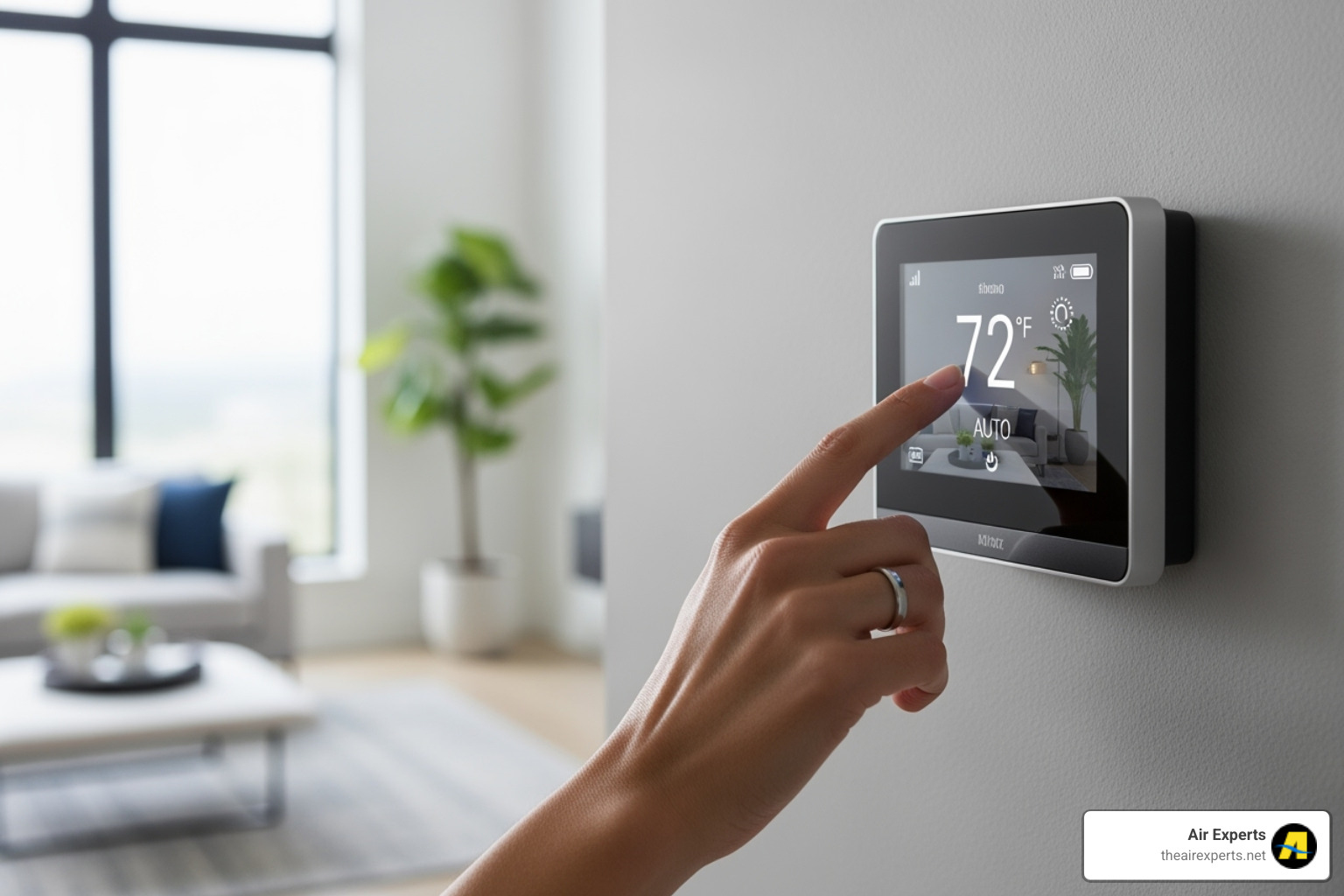
Check Your Thermostat Settings
Here's the truth: thermostat confusion causes about 31% of cooling complaints. It might feel silly, but we've seen it countless times – someone accidentally bumped the settings, or maybe a curious pet decided to "help" with the temperature control.
Start with the basics. Make sure your thermostat is set to "Cool" mode, not heat or off. Then check that your target temperature is at least 2-3 degrees below your current room temperature. If your house is sitting at 78 degrees and your thermostat is set to 80, your heat pump is doing exactly what you asked – nothing.
Next, look at your fan setting. It should be on "AUTO", not "ON". When the fan runs continuously on the "ON" setting, it keeps circulating air even when the cooling isn't running. This can make warm air blow through your vents, tricking you into thinking your system isn't working.
Don't forget about thermostat batteries either. When they're running low, your thermostat might not communicate properly with your heat pump. It's a simple fix that can save you a service call. For more detailed information about proper operation, check out more about proper system operation.
Investigate Power Supply Issues
If your heat pump seems completely dead – no sounds, no air movement, nothing – it's time to play detective with your electrical system. Heat pumps use a lot of power, and sometimes the safety systems kick in to protect your equipment.
Head to your circuit breaker panel first. Look for any breakers that have tripped to the "off" position or are sitting somewhere between on and off. If you find one, flip it all the way off, then back on again. This often gets things running again.
But here's an important warning: if that breaker keeps tripping after you reset it, stop there and call a professional. Repeatedly tripped breakers signal a serious electrical problem that needs expert attention. You can learn more about this issue in our guide on why your heat pump keeps tripping the breaker.
Also check the power switches near your indoor unit and outdoor unit. These sometimes get accidentally turned off during cleaning or yard work. Make sure both switches are in the "on" position. Some systems also have fuses in the outdoor disconnect box that can blow and need professional replacement.
Examine Airflow Problems
Your heat pump needs good airflow like you need oxygen – without it, nothing works right. Poor airflow is behind many cooling problems, and the good news is that most airflow issues are easy to spot and fix.

The biggest culprit is your air filter. A dirty, clogged filter is like trying to breathe through a thick blanket. It chokes your system, makes it work harder, and can even cause it to shut down completely. Since dirty filters cause about 22% of heat pump problems, this should be your first stop.
Check your filter monthly during cooling season here in Birmingham. If it looks gray, brown, or you can't see through it, replace it immediately. A clean filter is one of the easiest ways to keep your system happy.
Next, take a walk through your house and check your air vents. Make sure furniture, rugs, or curtains aren't blocking the supply vents or return grilles. Even partially blocked vents can mess with your system's balance and cooling performance.
Finally, step outside and look at your outdoor unit. Is it buried in overgrown bushes, covered in leaves, or surrounded by debris? Your outdoor unit needs to breathe too – it has to dump all that heat from inside your house. Keep at least two feet of clear space around the entire unit, and gently clean off any dirt or debris from the outside coils.
These simple checks solve more cooling problems than you might think. Sometimes the solution really is as easy as changing a filter or clearing some weeds!
Why Your Heat Pump is Not Cooling: Deeper Mechanical & Electrical Issues
If you've worked through our basic troubleshooting checklist and your heat pump not cooling problem persists, don't worry – you're not out of options. However, we're now entering territory that typically requires professional expertise. These deeper mechanical and electrical issues involve complex components that can be dangerous to handle without proper training and specialized equipment.
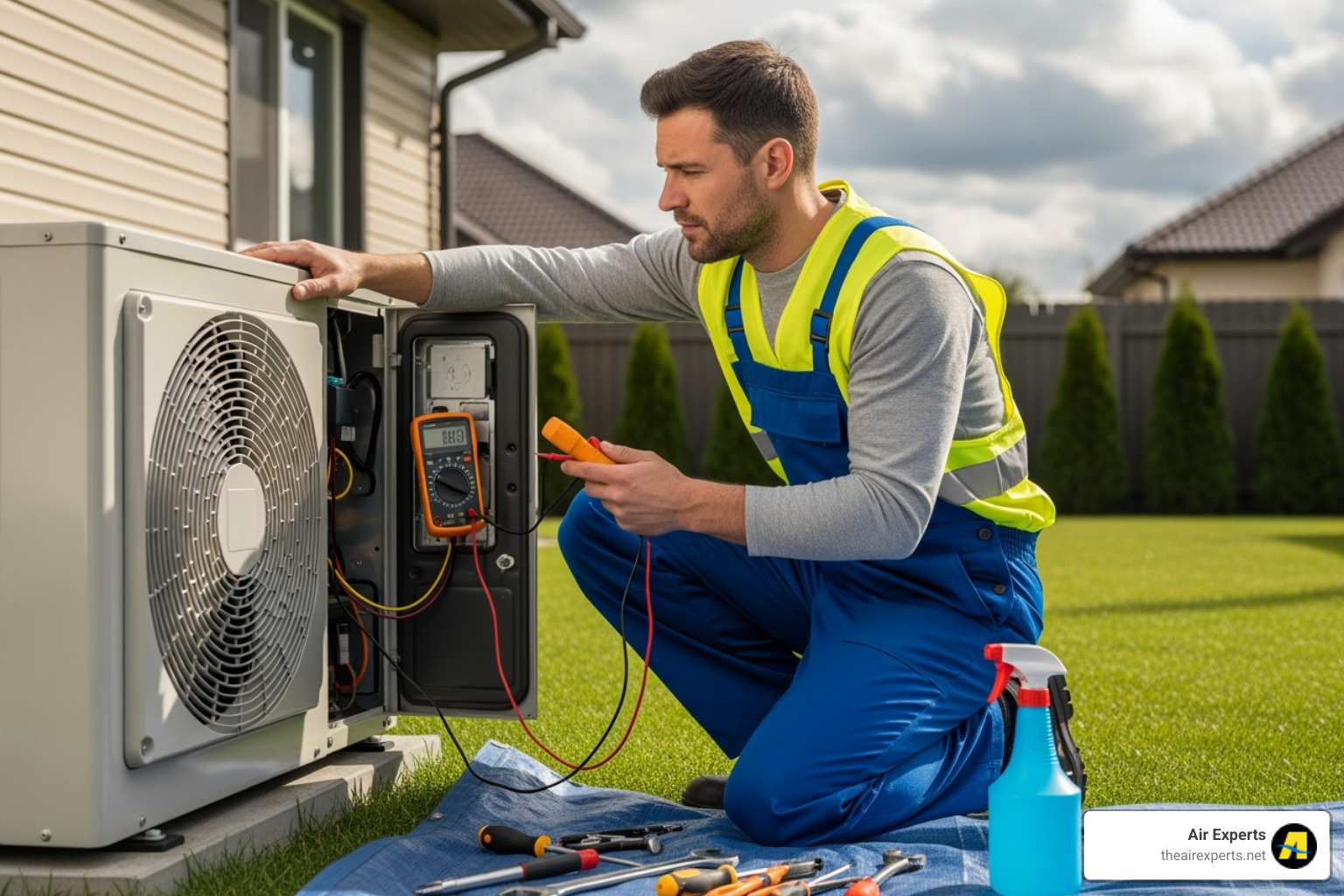
Think of your heat pump like a car – while you can check the oil and tire pressure yourself, you wouldn't attempt to rebuild the engine. The same principle applies here. Let's explore what might be happening behind the scenes when your heat pump decides to take an unscheduled break from keeping you cool.
Frozen Evaporator Coils
Picture this: you walk over to check your indoor unit and find what looks like a winter wonderland in the middle of Alabama summer. Ice buildup on your evaporator coils is both fascinating and frustrating – your cooling system has literally frozen itself out of commission.
When your evaporator coil freezes, it creates a vicious cycle. The ice blocks airflow, which prevents heat absorption, which means no cooling for your home. Instead of that refreshing cool air you're craving, you might notice warm air blowing from your vents even though the system is running.
What causes this icy situation? Often, it's a continuation of those airflow problems we discussed earlier. Restricted airflow from a dirty filter, blocked vents, or a grimy coil itself can cause the refrigerant to get so cold that moisture in the air freezes on contact.
If you find frozen coils, resist the urge to chip away at the ice or blast it with a hair dryer. Instead, turn your system off at the thermostat and let nature take its course. The ice needs to thaw completely – this can take anywhere from a few hours to a full day, depending on how severe the freeze-up is.
Once everything's thawed, replace your air filter if it's dirty and try running the system again. If the freezing returns, it's time to call in the professionals. Continuing to run a system with frozen coils can damage your compressor, turning a moderate repair into a major expense. For more insights into this issue, check out Heat Pump Not Cooling: Common Causes and Solutions.
Signs of a Refrigerant Leak
Refrigerant is like the blood in your heat pump's veins – it carries heat from inside your home to the outside world. Unlike gas in your car, refrigerant doesn't get "used up" during normal operation. It circulates in a closed loop, doing its job over and over again. So when refrigerant levels drop, there's almost always a leak somewhere in the system.
Hissing sounds are often the first clue that refrigerant is escaping. You might hear this near your outdoor unit or along the refrigerant lines. It's the sound of pressurized gas finding its way out through a crack or hole.
Reduced cooling capacity is the most obvious symptom. Your heat pump runs and runs, but your home never quite reaches that comfortable temperature. Meanwhile, your energy bills climb higher as the system works overtime trying to do an impossible job with insufficient refrigerant.
You might also notice oily residue around refrigerant lines or components. Refrigerant contains oil to lubricate the compressor, so leaks often leave telltale stains. Some homeowners also experience ice formation on coils, as low refrigerant levels can cause the evaporator to get too cold.
Here's the important part: refrigerant isn't something you can handle yourself. Federal law requires that only EPA-certified HVAC professionals work with these chemicals. Simply adding more refrigerant without finding and fixing the leak is like filling a bucket with a hole in the bottom – expensive and temporary.
The Stuck Reversing Valve
The reversing valve is your heat pump's secret weapon – the component that makes it capable of both heating and cooling your home. Think of it as a traffic director for refrigerant, determining which direction the cooling cycle flows.
In summer, the reversing valve directs refrigerant to absorb heat from inside your home and dump it outside. In winter, it flips the process, pulling heat from outdoor air and bringing it inside. It's pretty clever engineering, but like any mechanical component, it can get stuck in the wrong mode.
When a reversing valve malfunctions, you might find your heat pump stuck in heat mode during the hottest day of summer. Instead of cooling your home, it's actually trying to heat it – not exactly what you want when it's 95 degrees outside!
You might hear some clicking noises from the outdoor unit as the valve tries to switch positions, or you might notice the system running but producing the opposite effect of what you've requested. Sometimes the valve gets stuck halfway between positions, creating inconsistent performance.
This isn't a DIY repair. The reversing valve is buried deep within your heat pump's sealed refrigerant system, requiring specialized tools and expertise to diagnose and repair. Our experienced technicians know how to handle these tricky components and can get your heat pump back to providing the right kind of comfort for the season. For professional assistance, explore our Heat Pump Repair Services in Birmingham, AL.
Proactive Care: Preventing Future Cooling Problems
You know what they say about an ounce of prevention being worth a pound of cure? That's especially true when it comes to your heat pump! While we've covered how to troubleshoot when your heat pump not cooling becomes an immediate problem, the smartest approach is preventing those issues from happening in the first place.
Think of your heat pump like your car – you wouldn't skip oil changes and expect it to run perfectly forever, right? The same principle applies here. A well-maintained heat pump doesn't just avoid embarrassing breakdowns during Alabama's hottest summer days; it also runs more efficiently, keeps your energy bills in check, and can reliably serve your family for up to 15 years.
Routine Homeowner Maintenance
The good news is that you don't need to be an HVAC expert to keep your heat pump happy. There are several simple tasks that make a huge difference in preventing cooling problems, and most take just a few minutes of your time.
Changing your air filter regularly is hands-down the most important thing you can do. We can't emphasize this enough – a dirty filter is like asking your heat pump to breathe through a wet towel! Check it monthly during peak cooling season and replace it every 1 to 3 months, depending on your home's conditions. Got pets or family members with allergies? You might need to change it more often.
Keeping your outdoor unit clean and clear is another game-changer. Take a walk around your condenser unit every few weeks. Clear away any leaves, grass clippings, or debris that might have collected on or around it. Make sure there's at least two feet of breathing room from shrubs, plants, or that garden gnome collection. Your heat pump needs proper airflow to dump all that heat it's pulling from inside your home.
Checking your indoor vents and registers might seem obvious, but you'd be surprised how often furniture gets rearranged or rugs get placed over return vents. Take a monthly stroll through your home to ensure all vents are open and unobstructed. That new couch might look perfect against the wall, but if it's blocking your return vent, your heat pump will struggle.
Finally, listen and observe your system's normal operation. Get familiar with how your heat pump typically sounds and performs. Any unusual noises – grinding, banging, or that mysterious gurgling sound – deserve attention. The same goes for sudden drops in cooling performance or strange odors. Your heat pump will often give you early warning signs if you know what to listen for.
The Importance of Professional Tune-Ups
While your DIY maintenance efforts are fantastic, they're just part of the story. Professional tune-ups are where the real magic happens – think of them as comprehensive health check-ups for your heat pump.
We recommend scheduling professional maintenance twice a year: once in spring before the cooling season kicks into high gear, and again in fall before heating season. This might seem like overkill, but here in the Greater Birmingham area, we put our heat pumps through their paces year-round.
During a professional tune-up, our certified technicians dive deep into your system's health. We thoroughly inspect all components, checking electrical connections, testing refrigerant levels, examining fan motors, and looking for any signs of wear or potential problems. We'll clean your evaporator and condenser coils – something that requires special tools and expertise to do safely and effectively. Clean coils mean better heat transfer and more efficient cooling.
We also run comprehensive performance tests, measuring temperature differentials and system pressures to ensure everything is operating at peak efficiency. But perhaps most importantly, we identify potential issues before they become major headaches. That slightly loose electrical connection or slowly failing capacitor? We'll catch it during a tune-up and fix it before it leaves you sweltering on the hottest day of the year.
Professional maintenance isn't just about preventing that dreaded heat pump not cooling emergency call. It's about ensuring your system operates efficiently, keeping your energy bills reasonable, and maximizing your heat pump's lifespan. It's truly an investment in your family's comfort and your peace of mind. For comprehensive professional care that you can trust, learn more about Heat Pump Maintenance in Birmingham, AL.
Frequently Asked Questions about Heat Pump Cooling Issues
After years of helping Birmingham homeowners with their heat pump not cooling problems, we've noticed the same questions come up again and again. Here are the answers to what's probably on your mind right now:
Why is my heat pump running but not cooling the house?
This is hands-down the most frustrating situation - you can hear your system humming away, but your house feels like a sauna! When your heat pump is running but not actually cooling, it means the unit has power and the fan is working, but something's blocking the cooling process itself.
Airflow restrictions are usually the first suspect. A dirty air filter acts like a cork in a bottle, choking off the airflow your system desperately needs. Blocked return vents or an outdoor unit buried in leaves and debris can have the same effect. Your heat pump is basically trying to breathe through a straw.
Low refrigerant levels from a leak will also leave you with warm air blowing from your vents. Without enough refrigerant, your system simply can't absorb heat from inside your home. You might notice hissing sounds or oily residue around the refrigerant lines if this is the culprit.
Sometimes the problem is frozen evaporator coils - yes, even in Alabama's summer heat! When airflow gets restricted or refrigerant runs low, those coils can ice up completely, blocking any heat transfer.
Don't overlook thermostat communication issues either. Your thermostat might look like it's set correctly, but faulty wiring or internal problems can prevent it from actually talking to your heat pump. And if your reversing valve gets stuck in heating mode, well, you're getting exactly the opposite of what you want on a hot day!
What are the signs my heat pump needs to be replaced instead of repaired?
Nobody wants to hear "you need a new system," but sometimes replacement really is the smarter choice. We always shoot straight with our customers about when repair makes sense and when it doesn't.
System age is a big factor. Most heat pumps give you good service for about 10-15 years. If your unit is pushing past its 10th birthday and needs frequent repairs, those repair bills can quickly add up to more than a replacement would cost.
Speaking of frequent repairs - if you're seeing our trucks in your driveway multiple times a year, that's your heat pump's way of telling you it's ready to retire. One major repair might make sense, but when problems keep popping up like whack-a-mole, replacement becomes the better investment.
Keep an eye on those rising energy bills too. An aging heat pump loses efficiency, working harder and harder to keep you comfortable. If your electricity bills keep creeping up even though you haven't changed how you use your system, that's a red flag.
Here's something many homeowners don't realize - if your heat pump uses R-22 refrigerant, you're dealing with a dying breed. This refrigerant is being phased out, making repairs increasingly expensive and difficult. Newer systems use more environmentally friendly refrigerants that are readily available and cost-effective to service.
For a deeper dive into replacement signs, check out our guide on Signs Your Heat Pump Needs Replacement.
Why is my heat pump not cooling after a power outage?
Power outages are bad enough without your heat pump deciding to stay on vacation afterward! Don't worry - this is more common than you might think, and often has a simple fix.
The most likely culprit is a tripped circuit breaker. Heat pumps draw serious power, especially when starting up after being off. Power surges during outages or when electricity comes back online can trip your breaker as a safety measure. Take a quick walk to your electrical panel and look for any switches that aren't fully in the "on" position.
Many heat pumps also have internal safety switches that trip during power interruptions to protect sensitive components. These little guardians do their job well, but they often need professional attention to reset properly.
Sometimes you just need patience. After a power outage, your heat pump's internal controls might have a built-in waiting period - usually 5 to 10 minutes - before restarting. This prevents damage to the compressor from short-cycling. Give your system a few minutes to think things over before assuming something's wrong.
In rare cases, power surge damage can affect electronic components like your thermostat, control board, or even the compressor itself. If you've checked the breakers and waited patiently, but your system still won't cooperate, this might be what happened.
Start with the simple stuff - check those breakers first. If that doesn't solve it, or if breakers keep tripping, that's when it's time to call in the professionals.
Get Your Cool Back with Professional Help
We know how frustrating it is when your heat pump not cooling turns your comfortable home into an uncomfortable sauna. It's not just about the temperature – it's about your family's comfort, your sleep quality, and your peace of mind during those brutal Alabama summers.
While we've walked you through plenty of troubleshooting steps you can handle yourself, there's a clear line between what homeowners can safely tackle and what requires professional expertise. Issues involving refrigerant systems, electrical components, or internal mechanical failures aren't just complex – they can be dangerous without proper training and specialized equipment.
That's exactly where our team at Air Experts steps in. We built our reputation on "No Upselling. No catch. Just Honest, Quality Service" because we believe you deserve straightforward solutions, not sales pitches. When your heat pump is struggling, we focus on getting it fixed right the first time, not on convincing you to buy something you don't need.
Our certified HVAC technicians have seen every type of heat pump cooling problem you can imagine – from simple fixes that take minutes to complex repairs that require specialized parts. We serve homeowners throughout the Greater Birmingham area, including Chelsea, Pelham, Trussville, Sylacauga, and Montevallo, so no matter where you're located in our service region, we're ready to help.
If you've worked through the basic checks we've outlined and your heat pump is still giving you trouble, don't let frustration take over. Sometimes the smartest move is knowing when to call in the experts. For complex issues or if you're unsure, trust our team for expert heat pump services in Birmingham, AL.
We're here to get your cool back quickly and efficiently, so you can return to enjoying your comfortable home instead of worrying about your HVAC system.
.svg)
.svg)
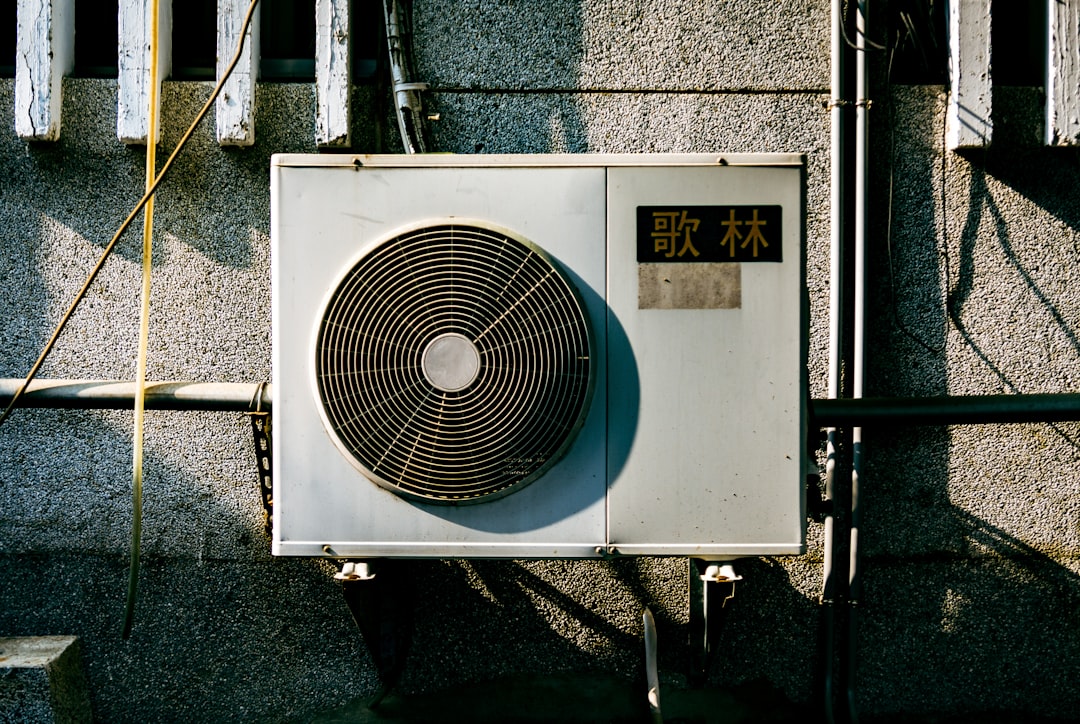




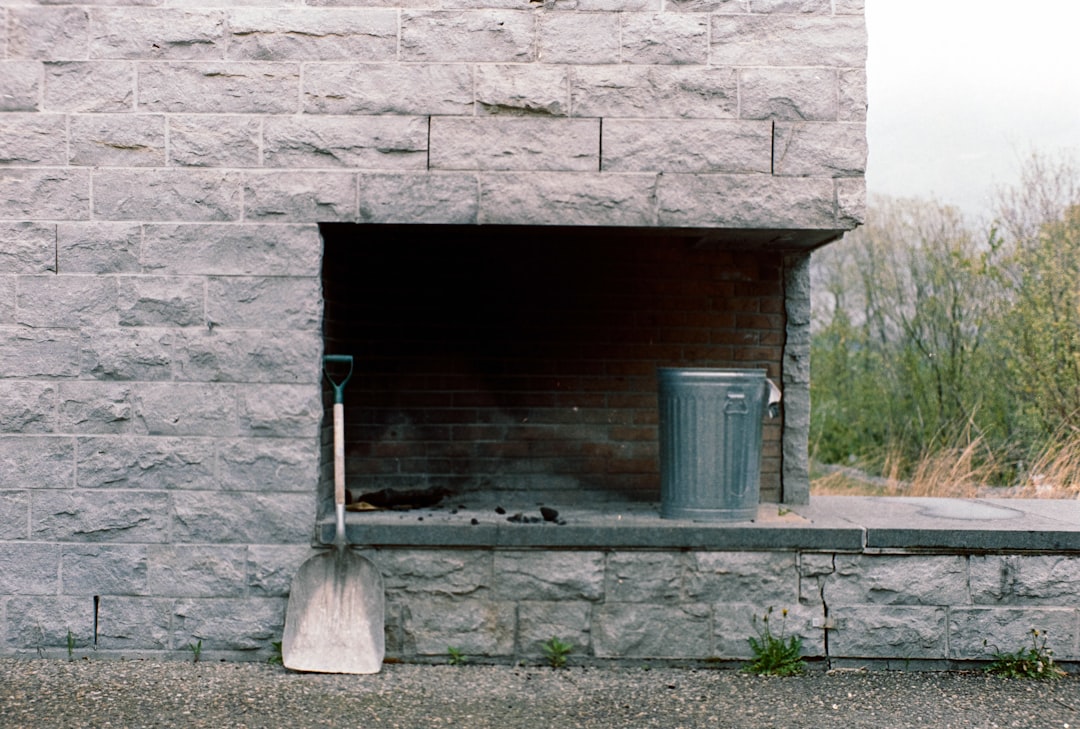



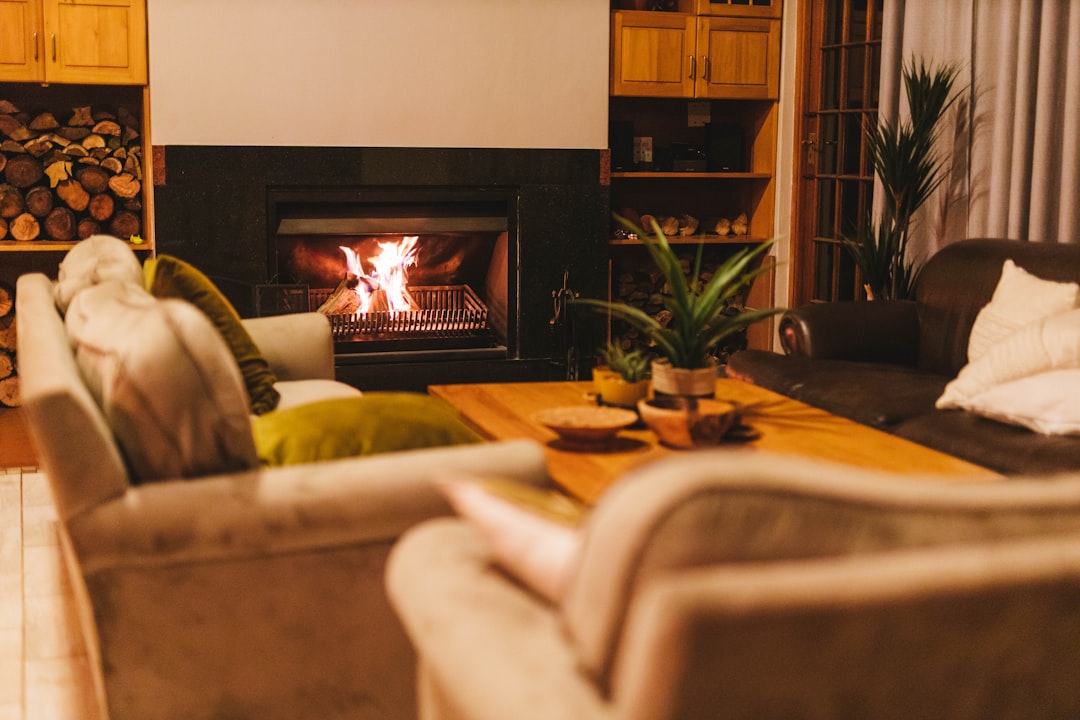


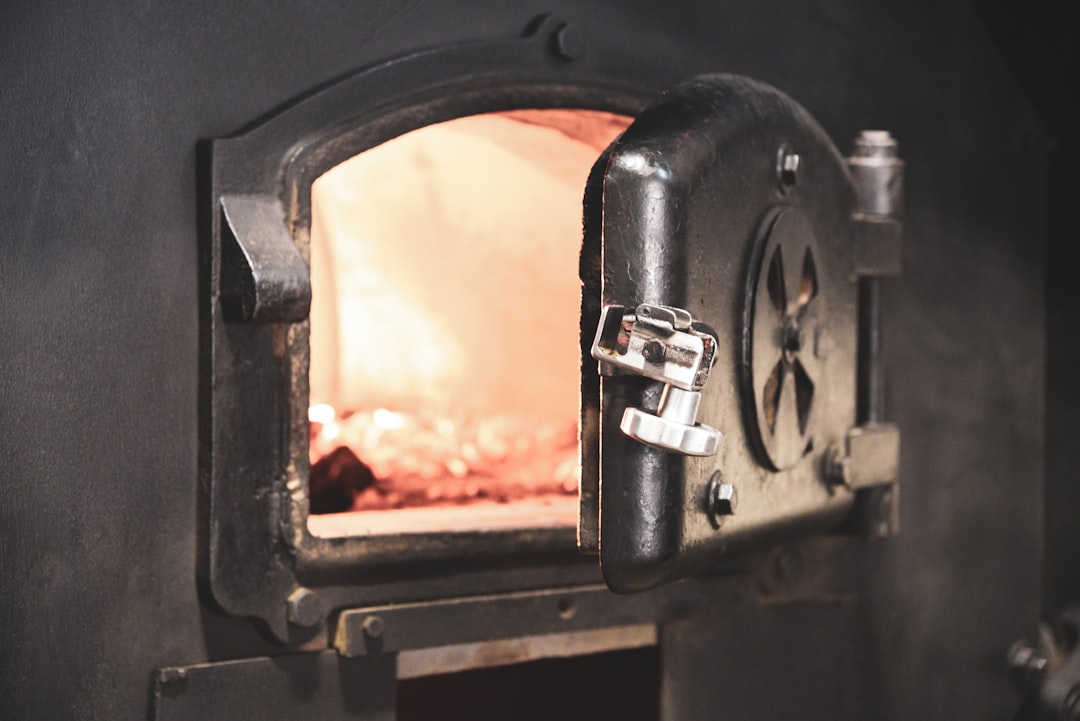
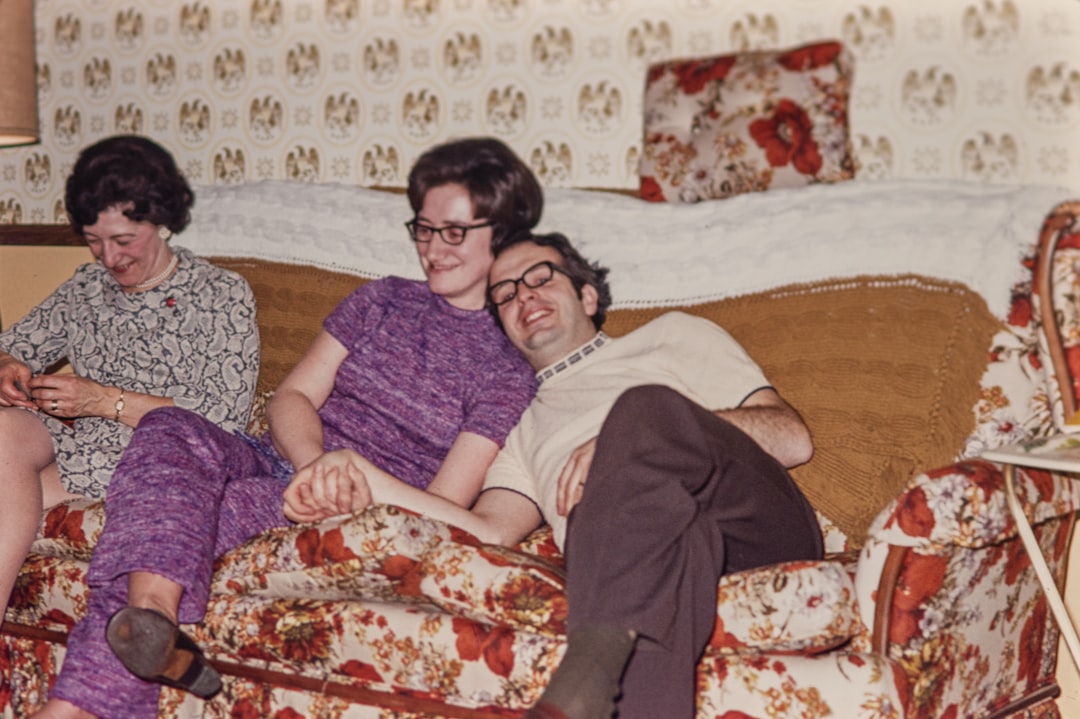

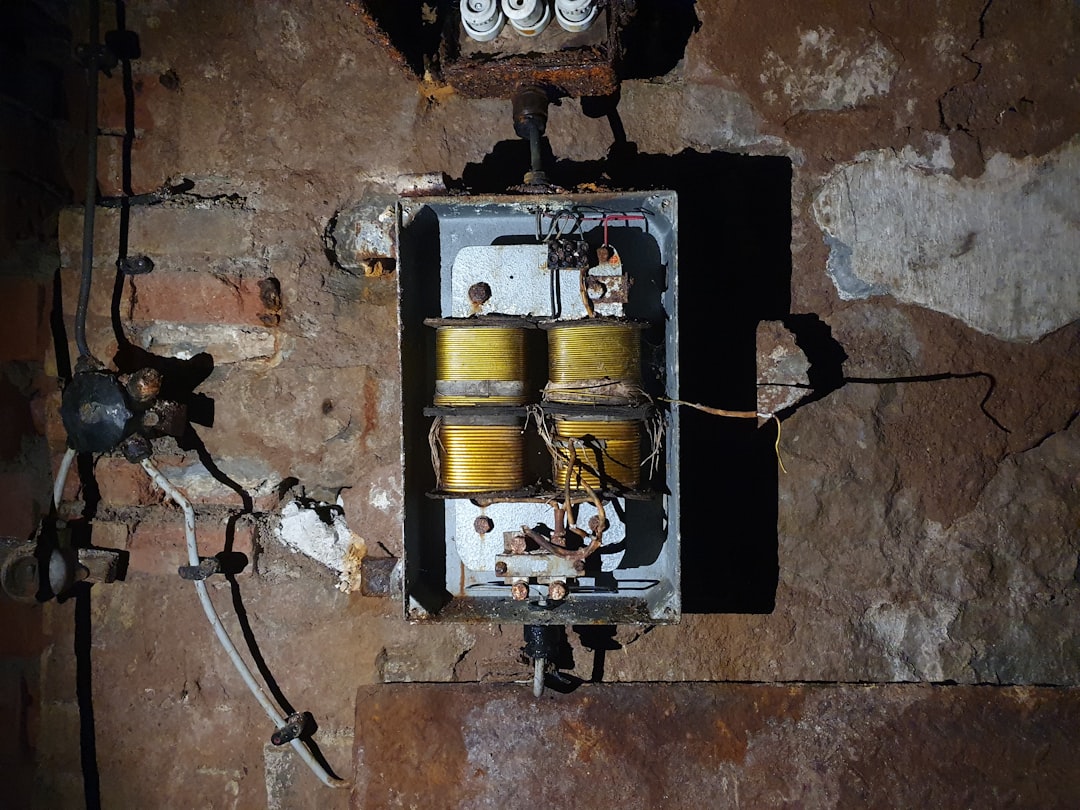
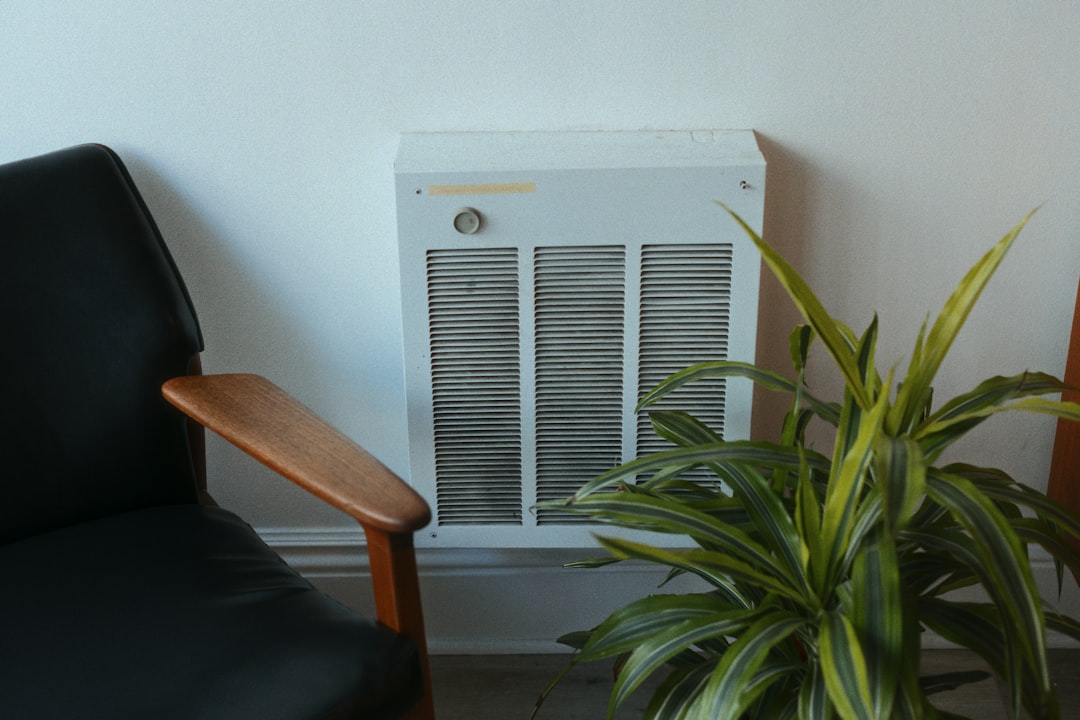
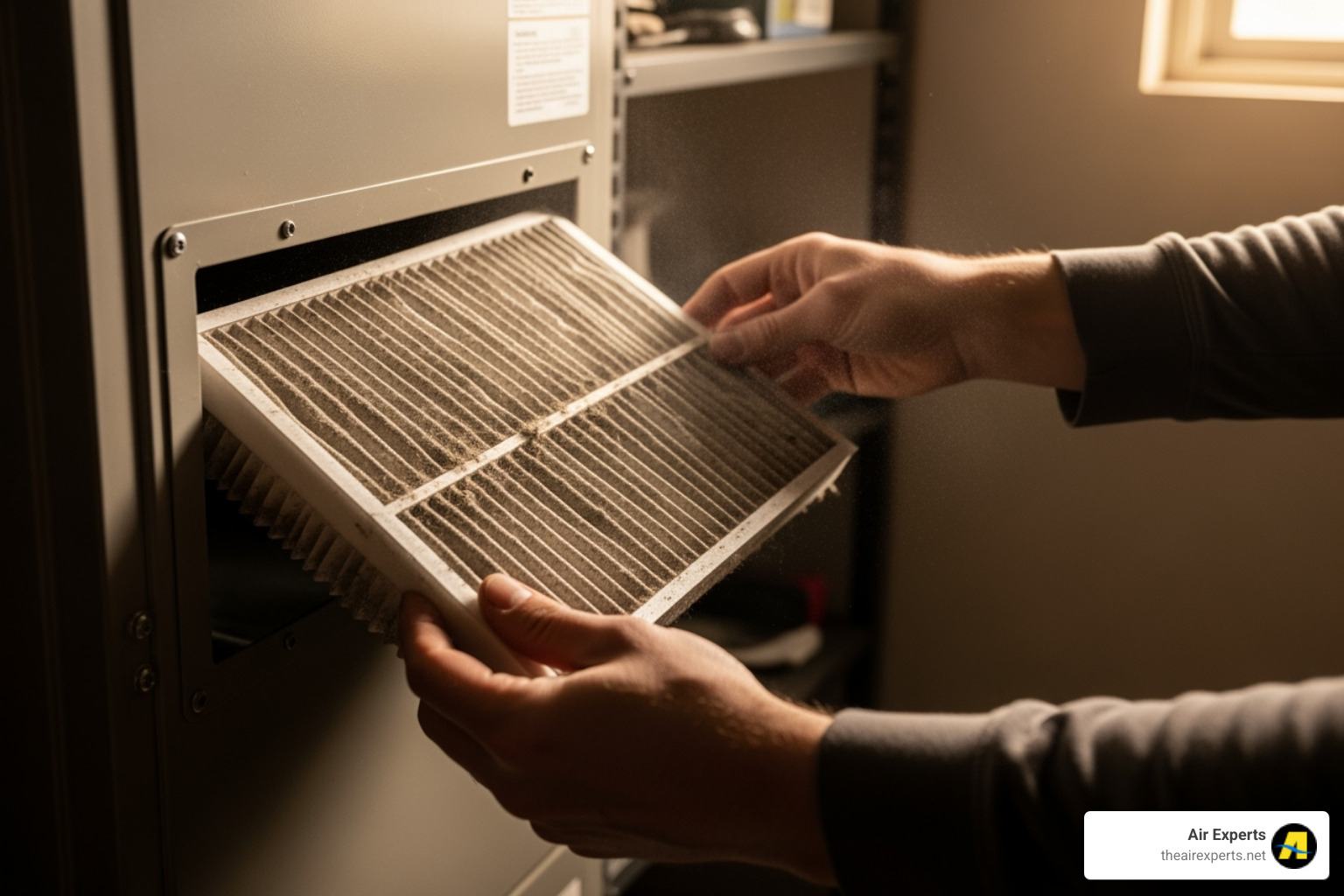
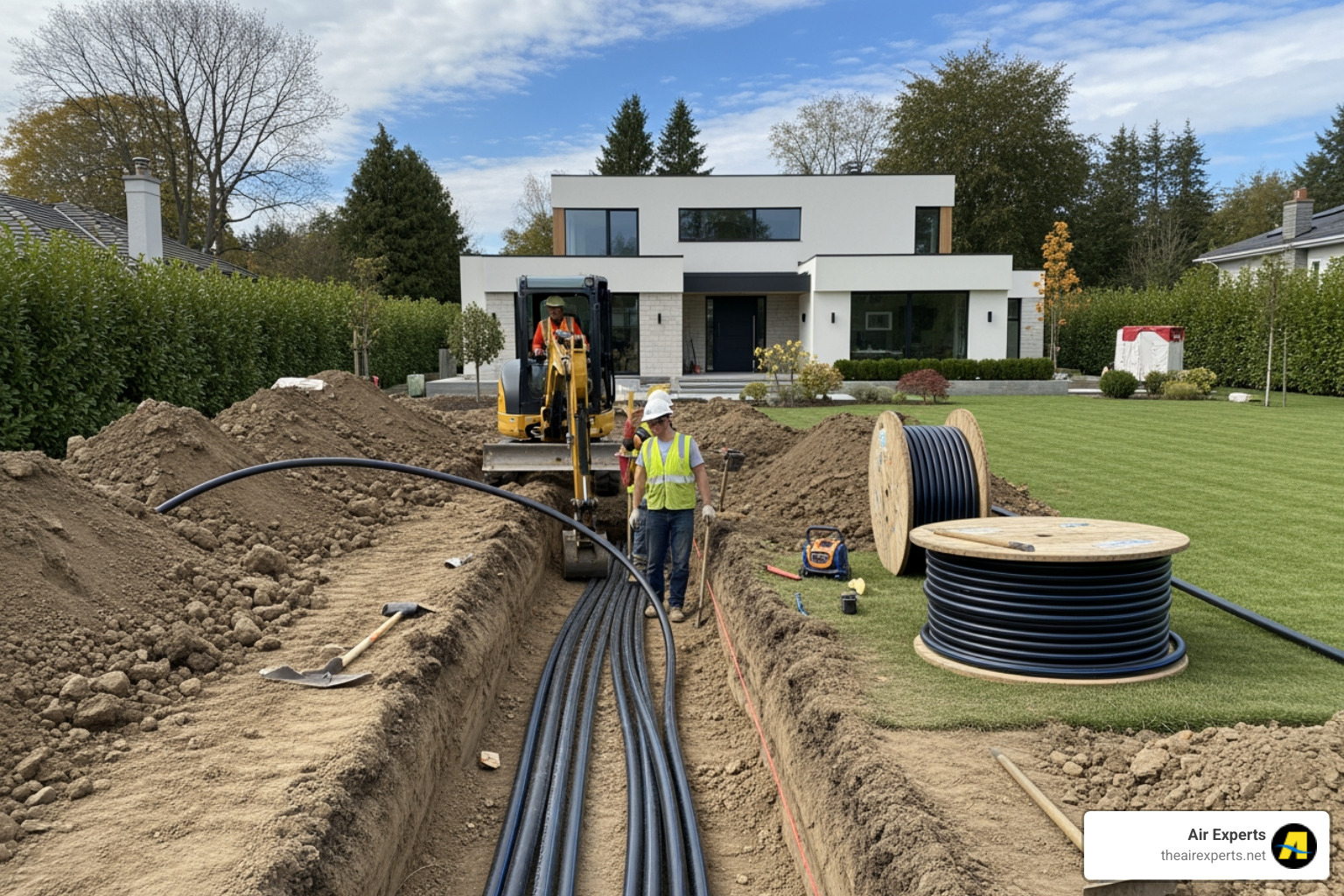

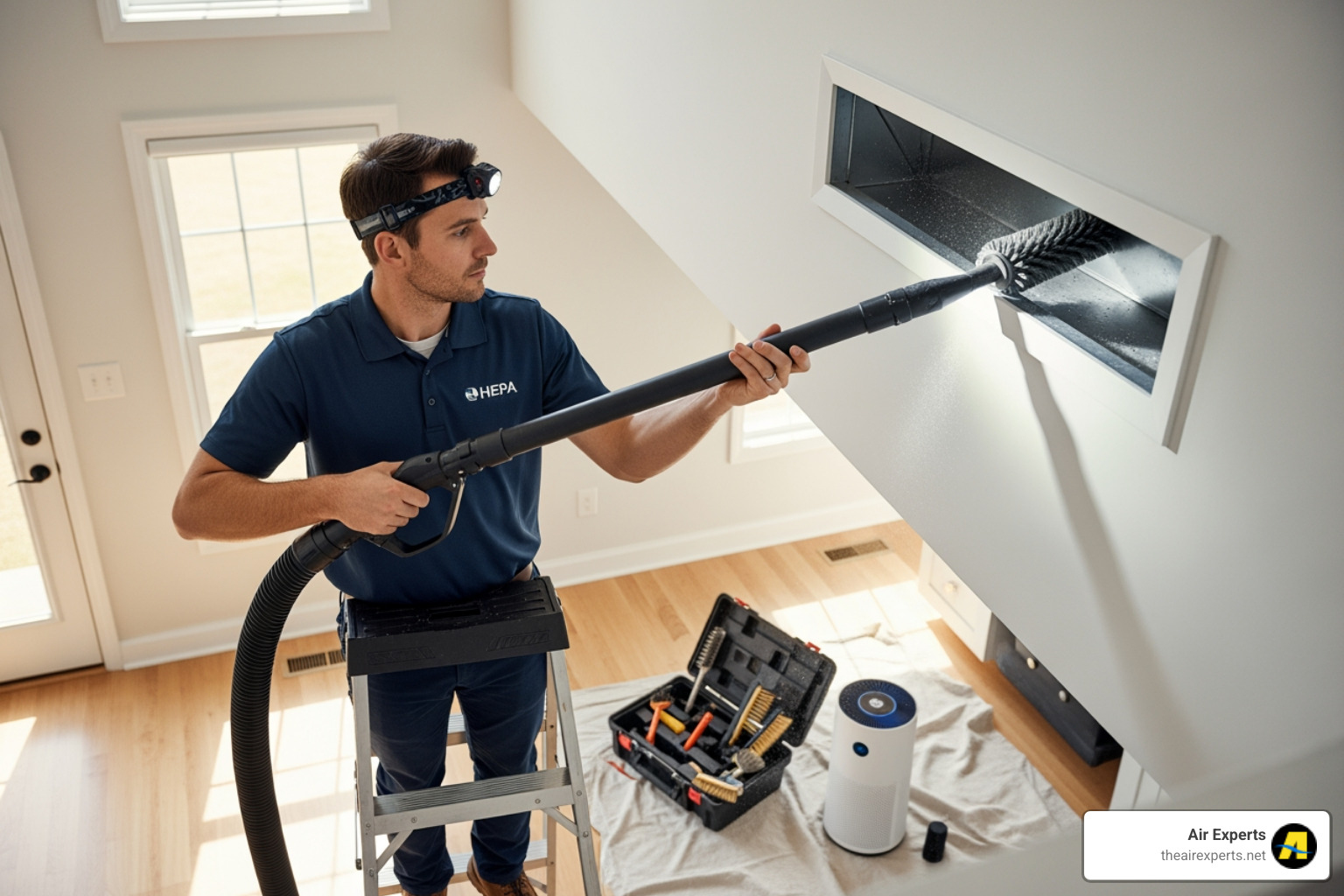
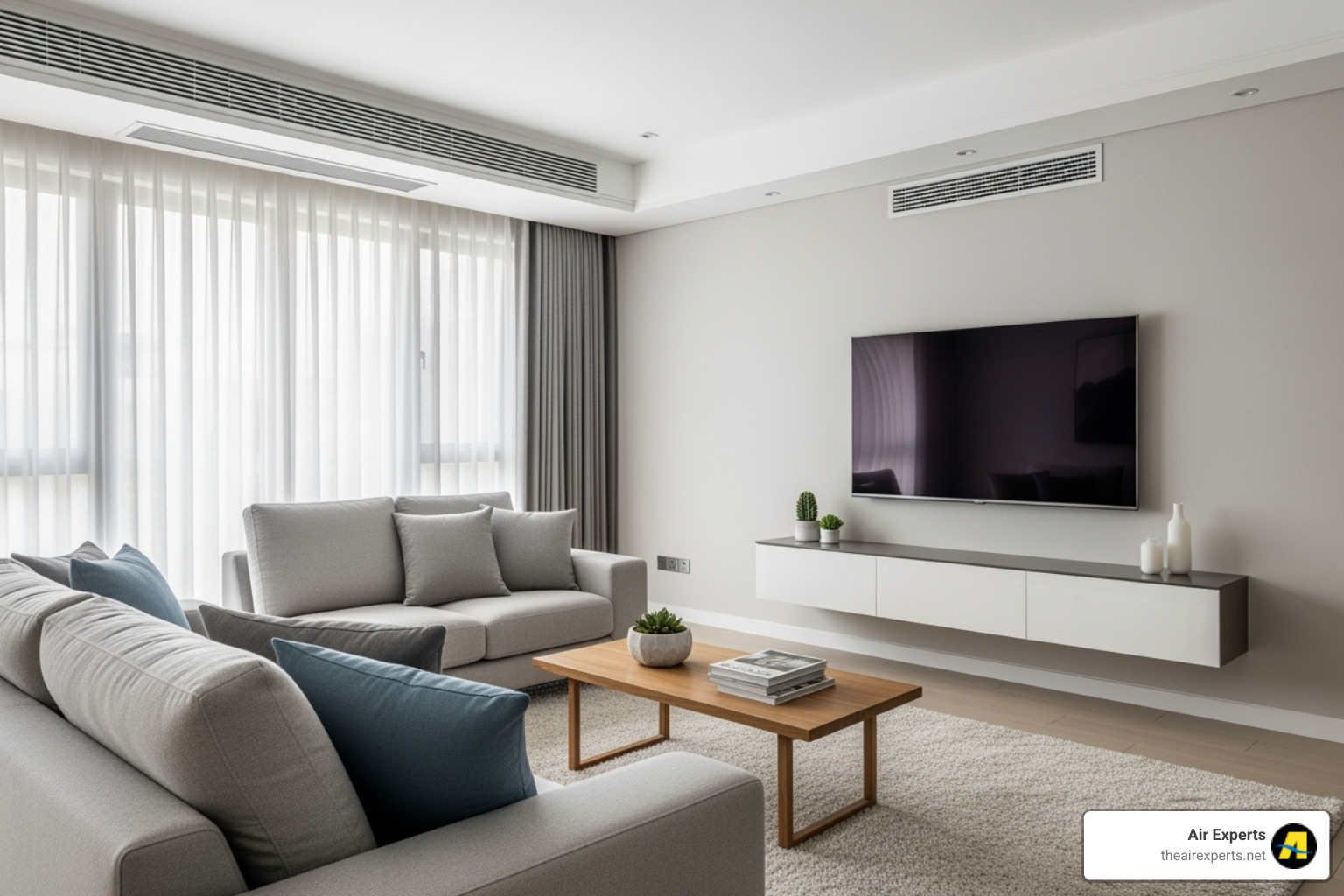

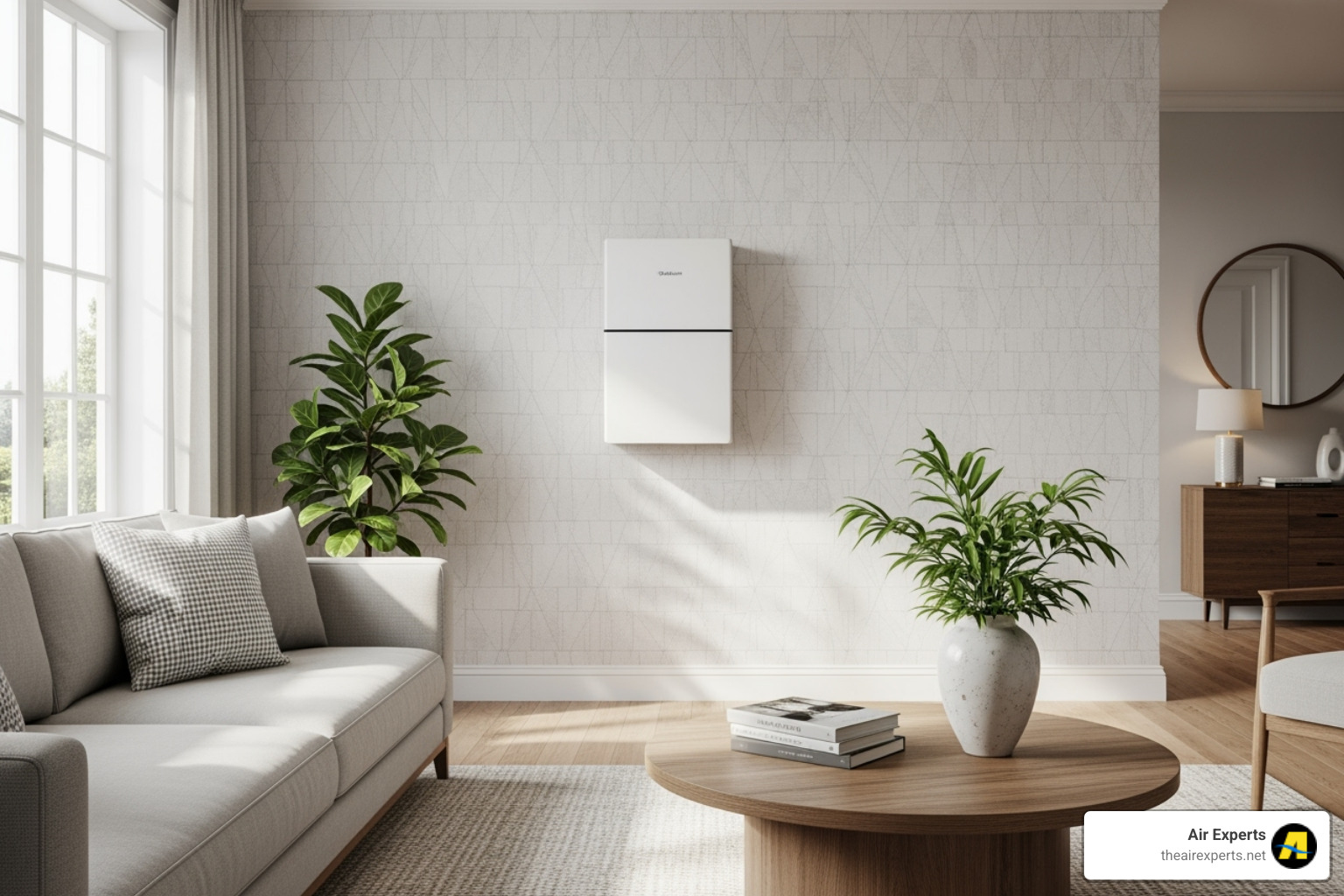

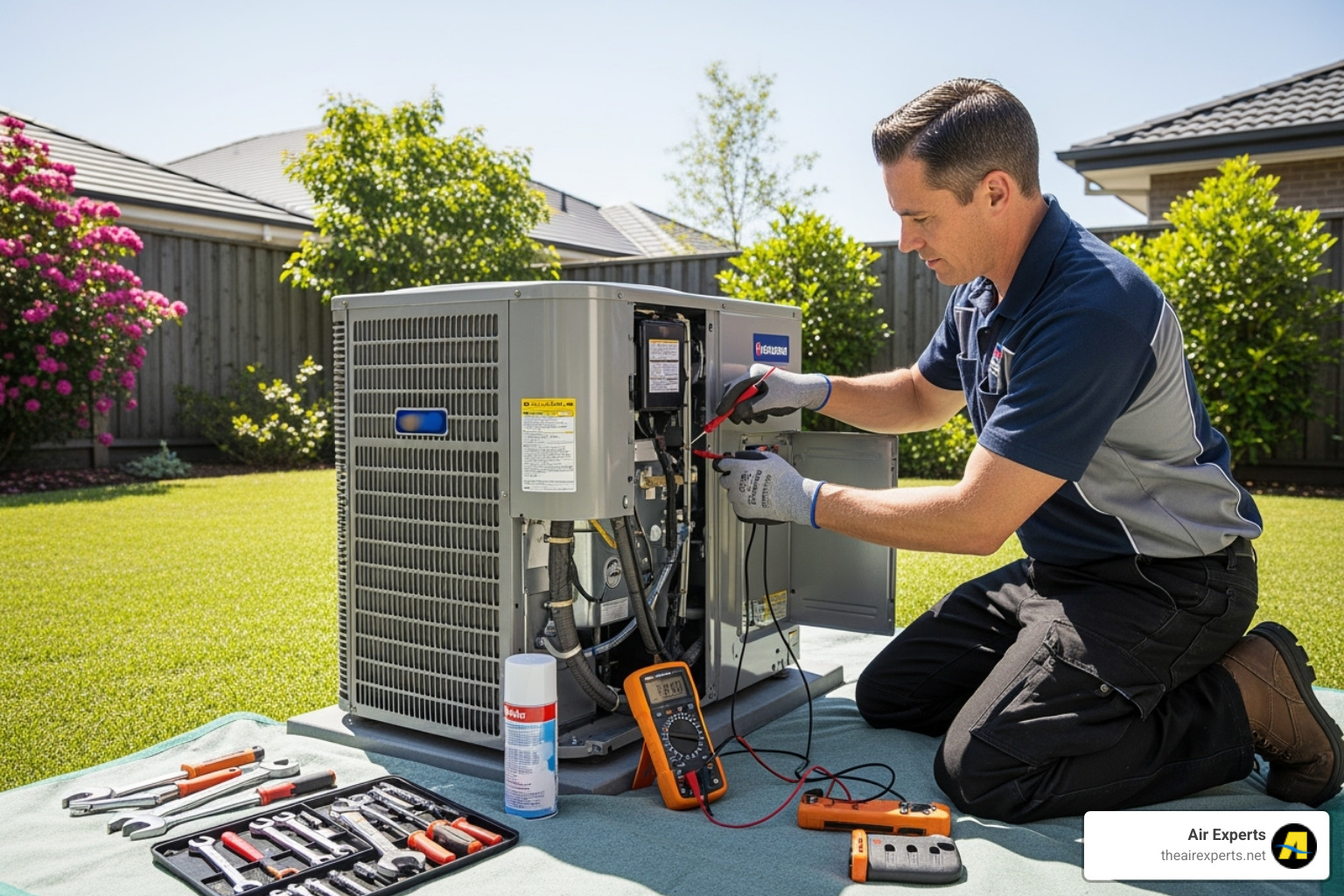
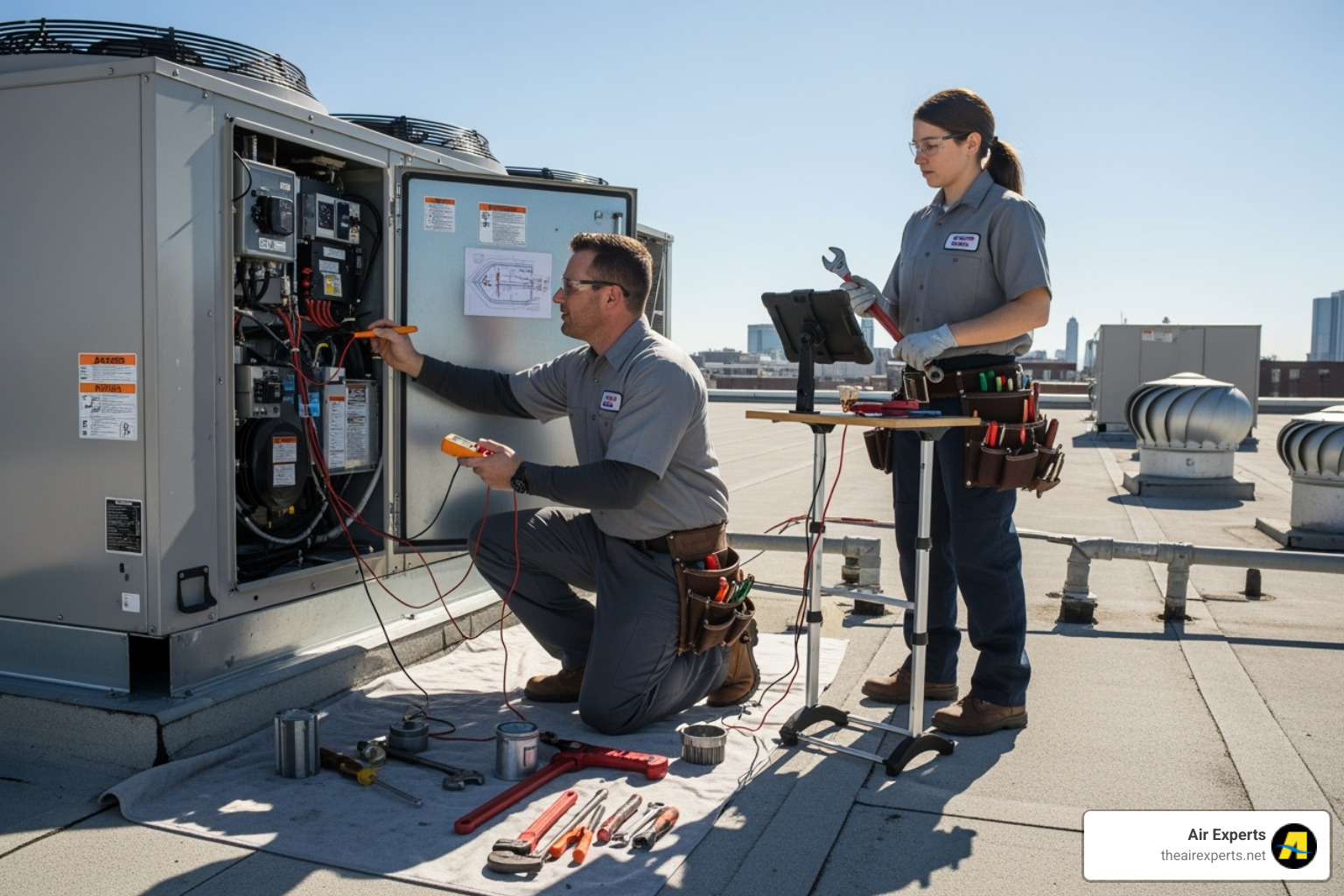
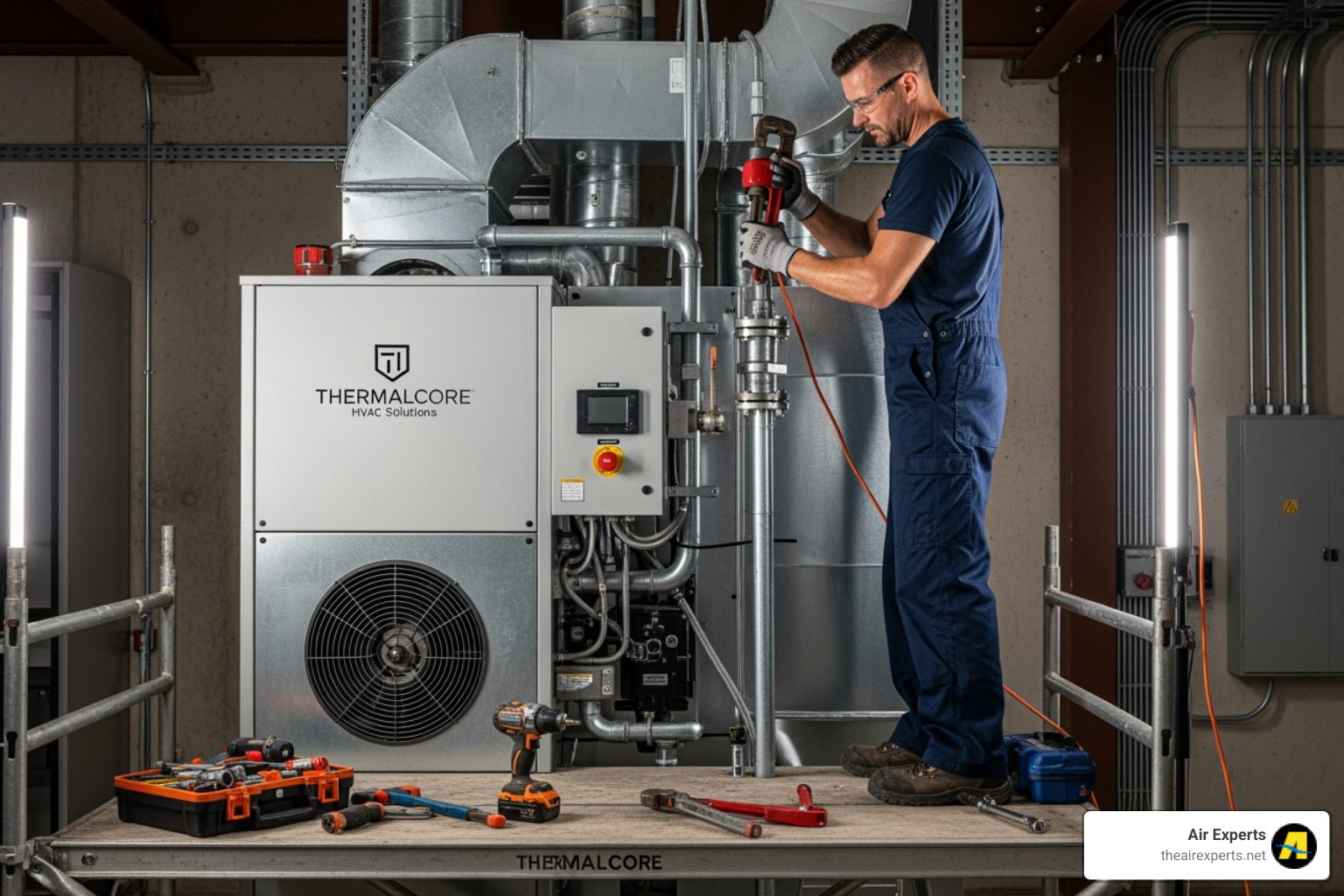
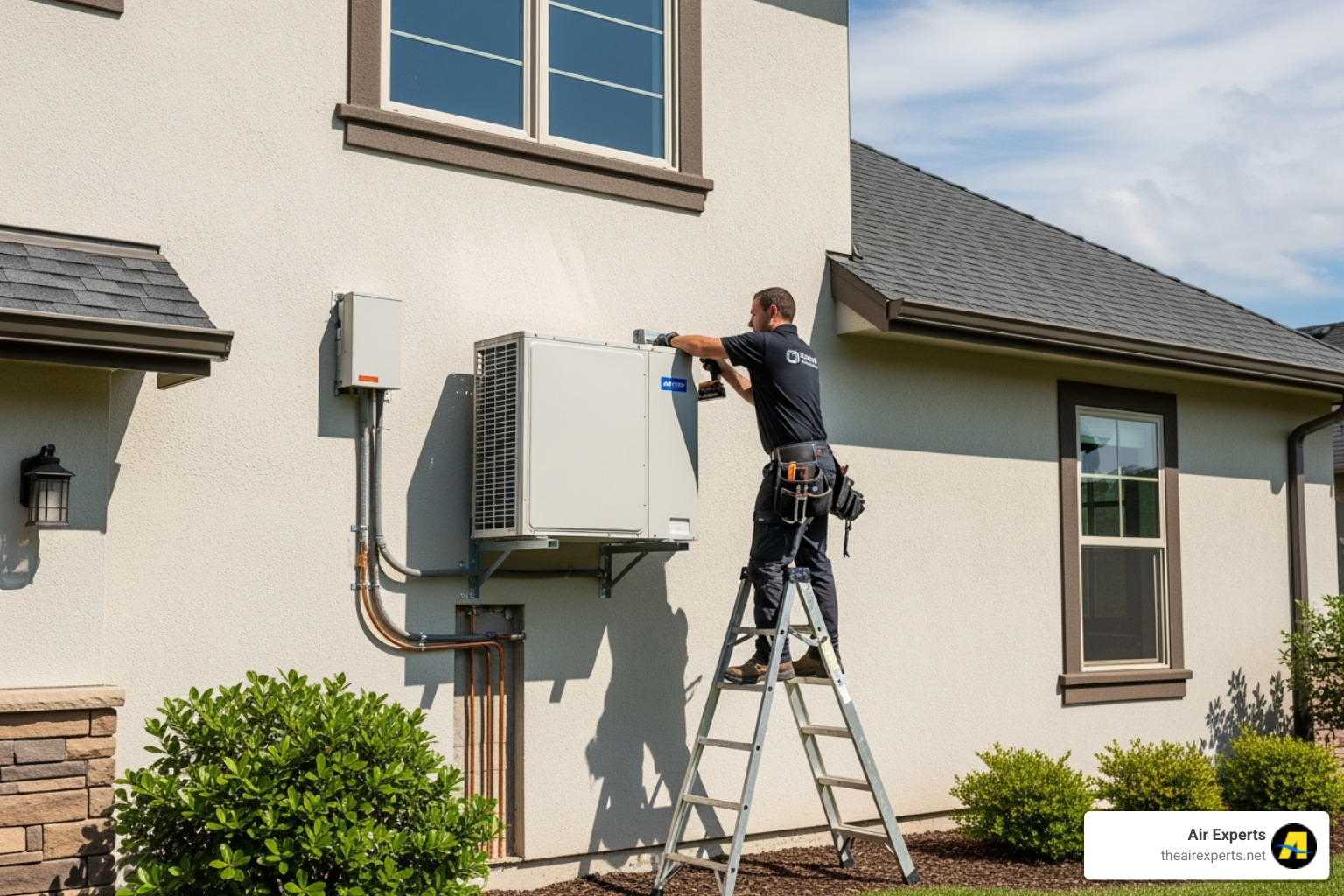
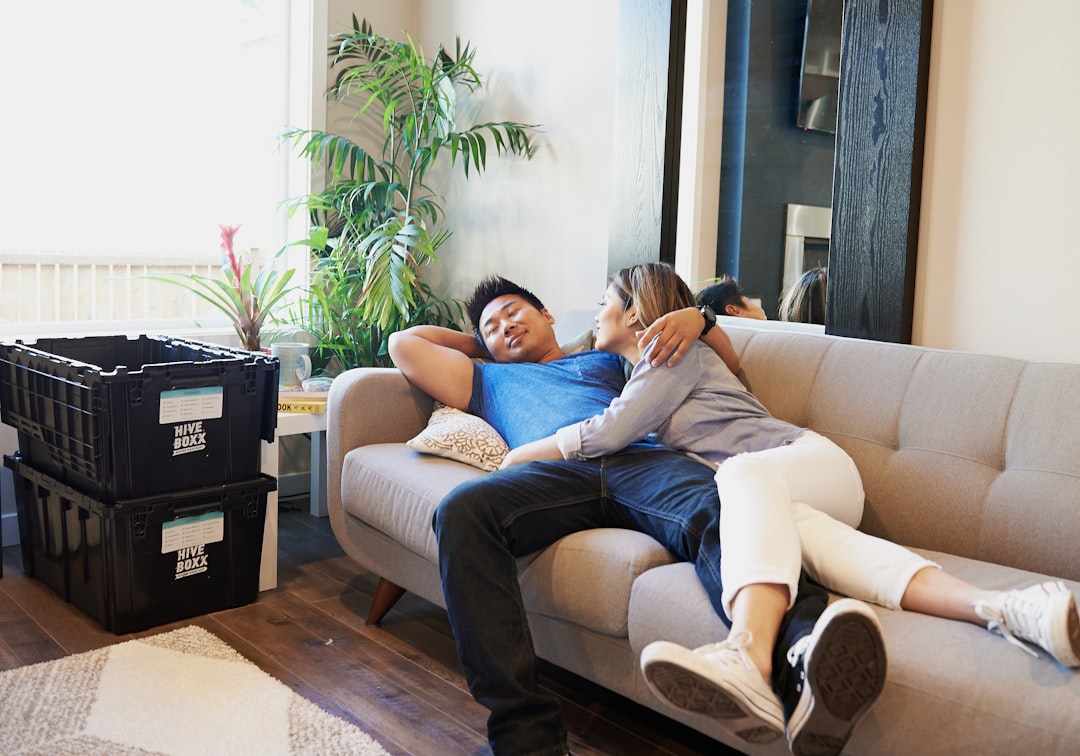

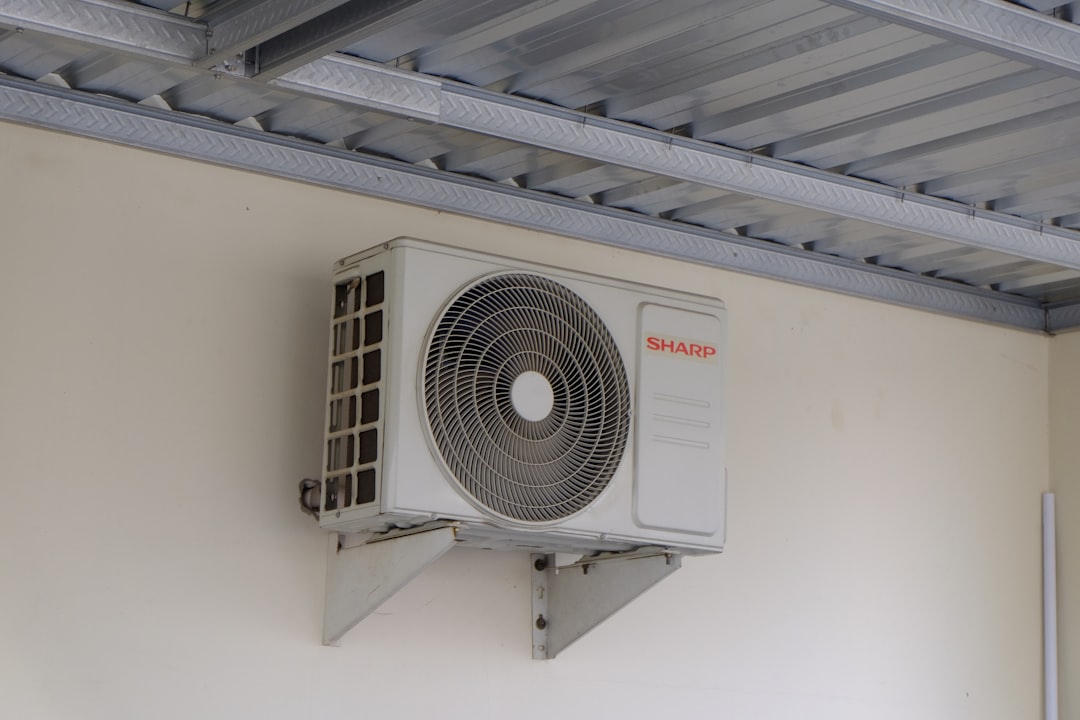
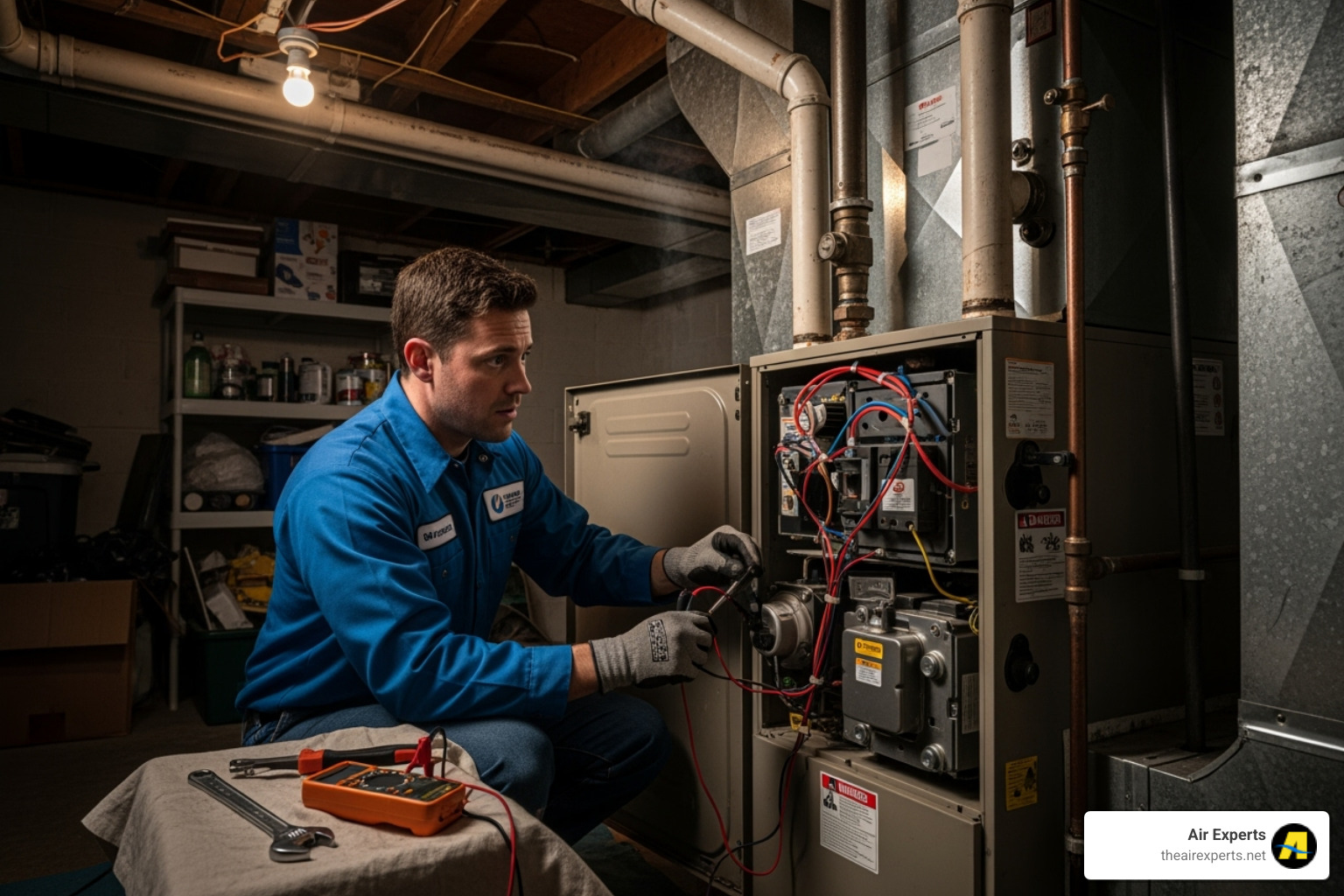

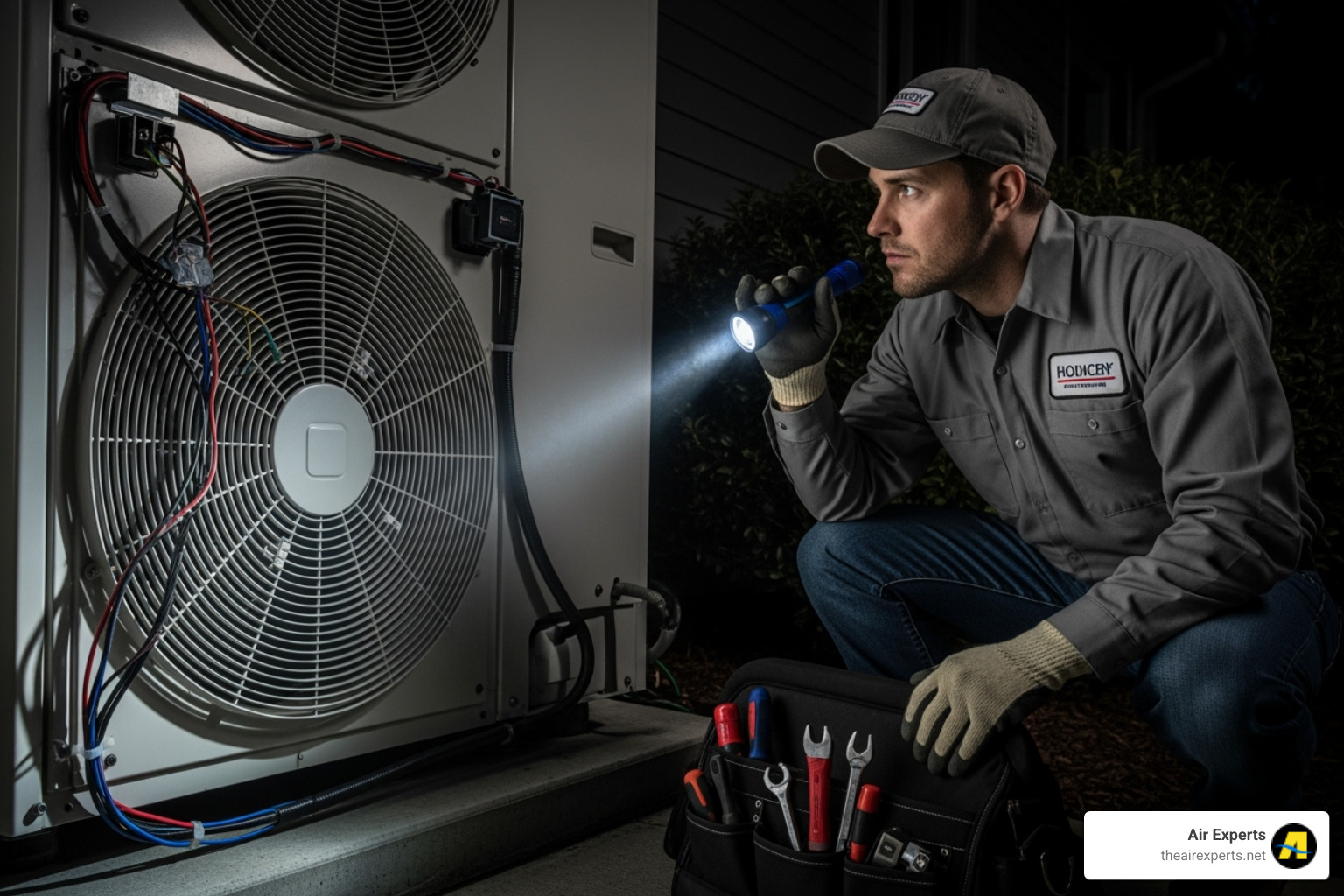


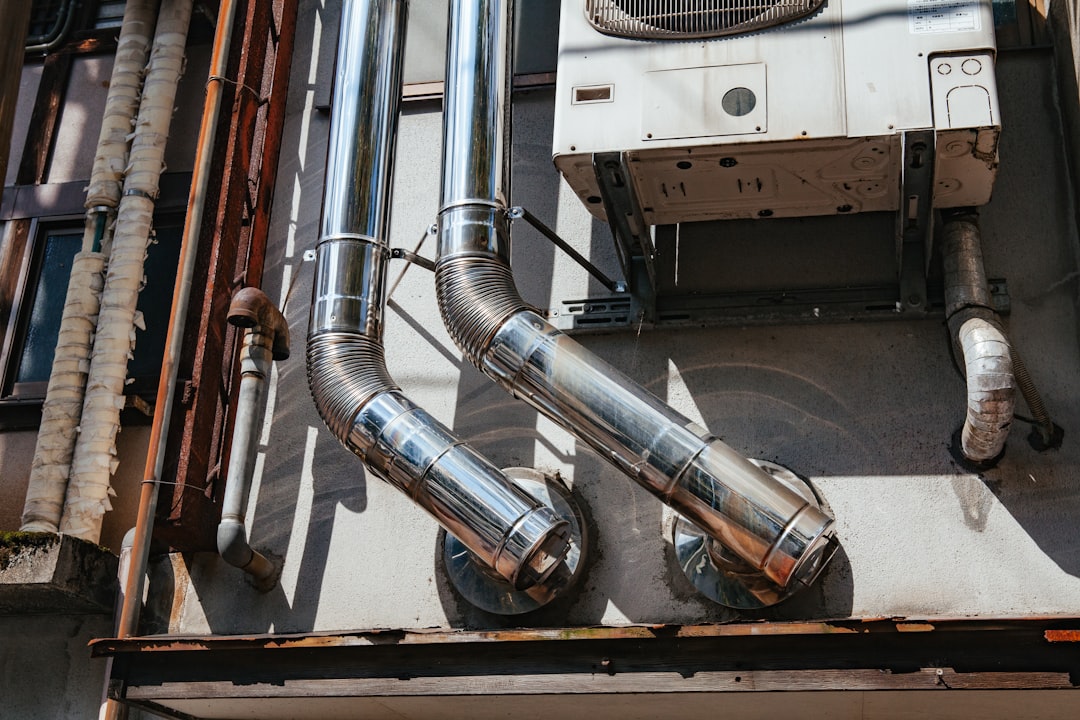

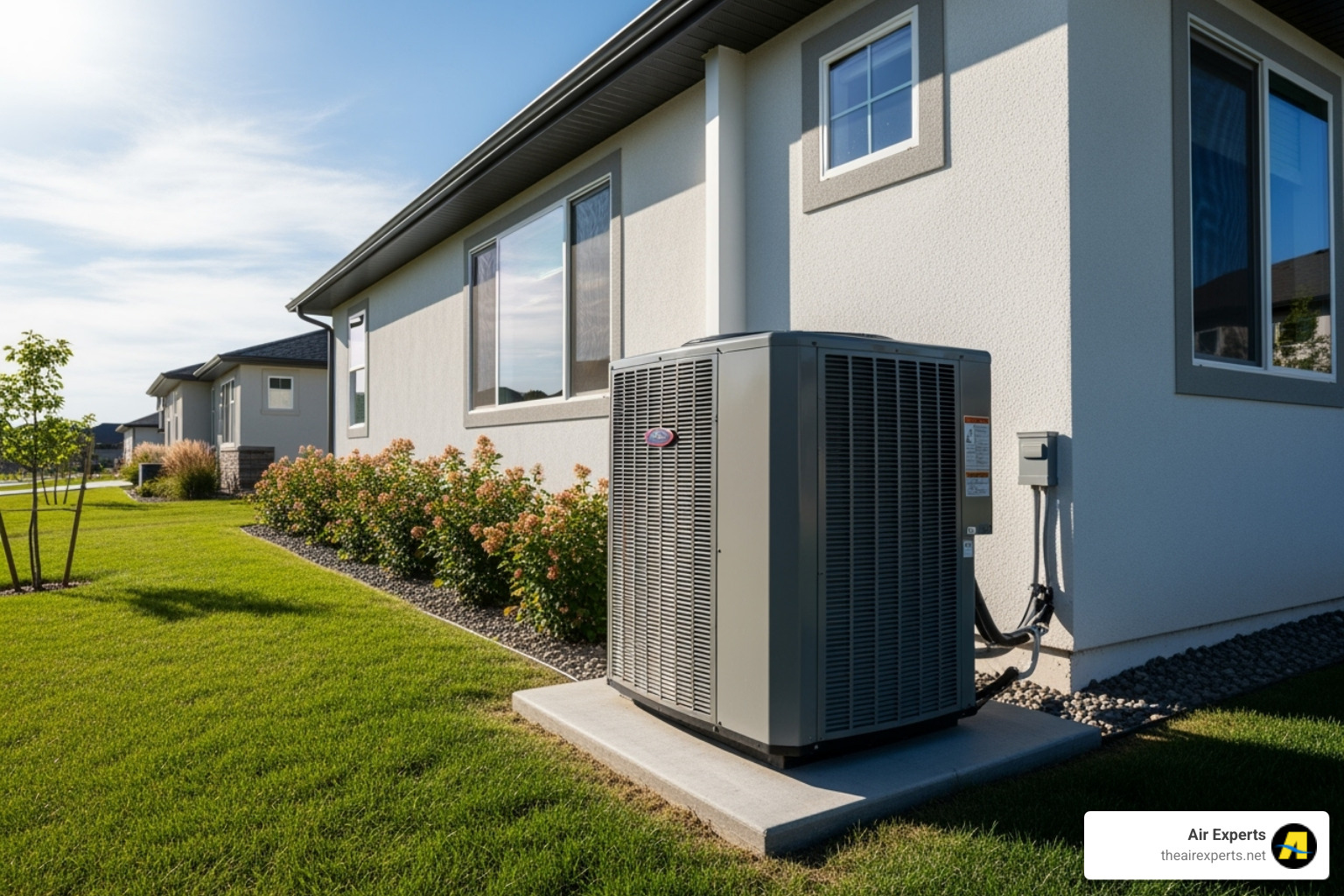
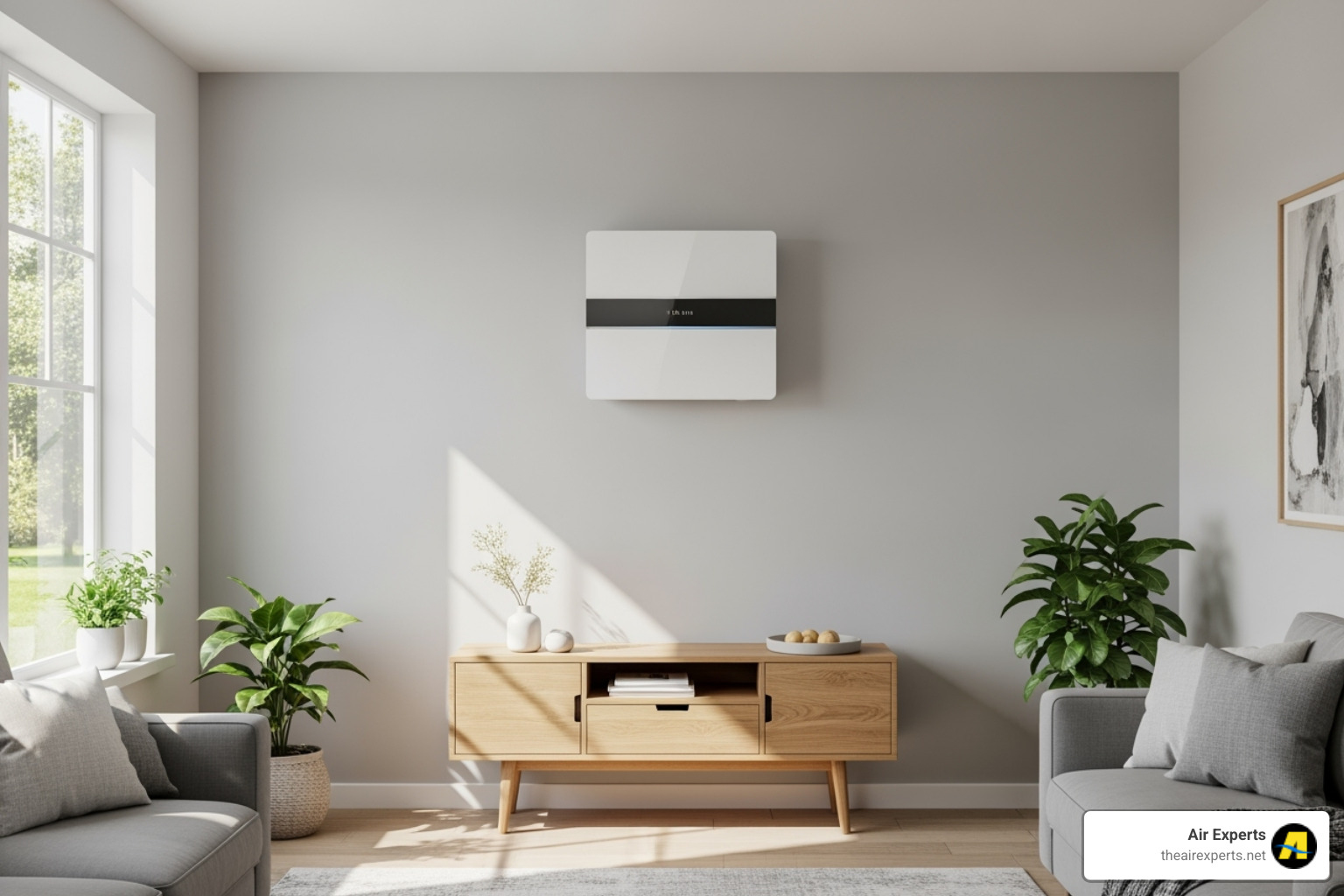
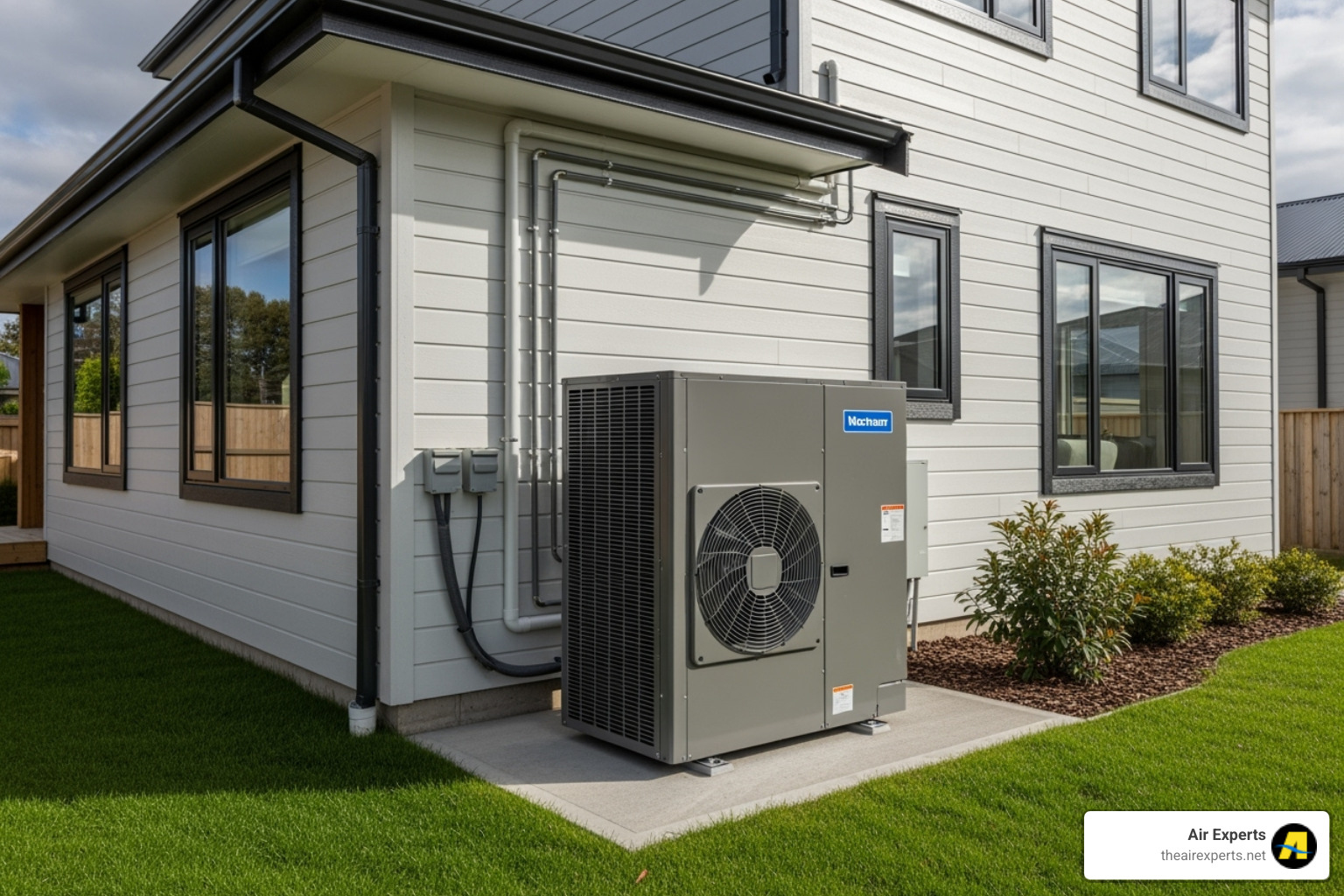
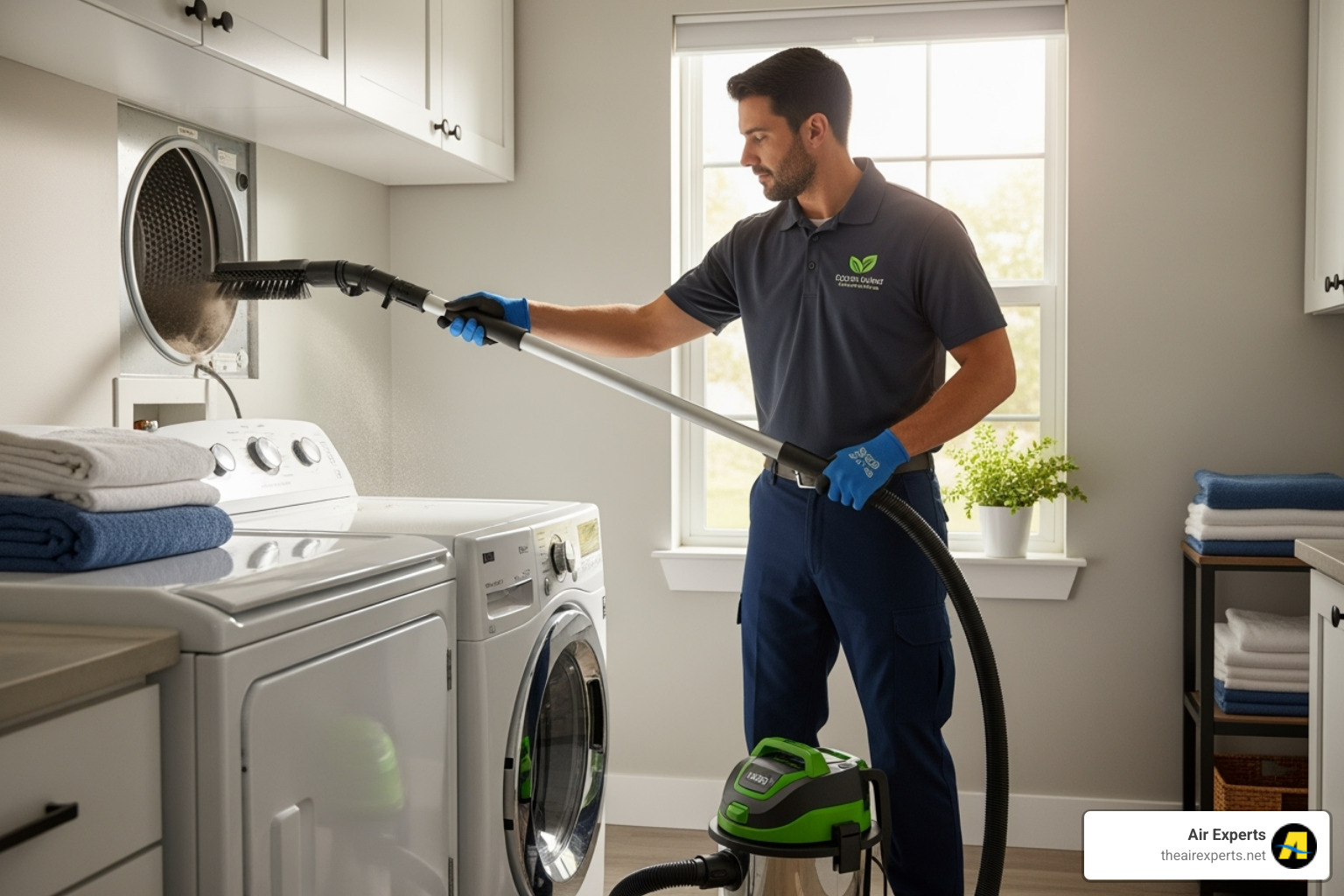

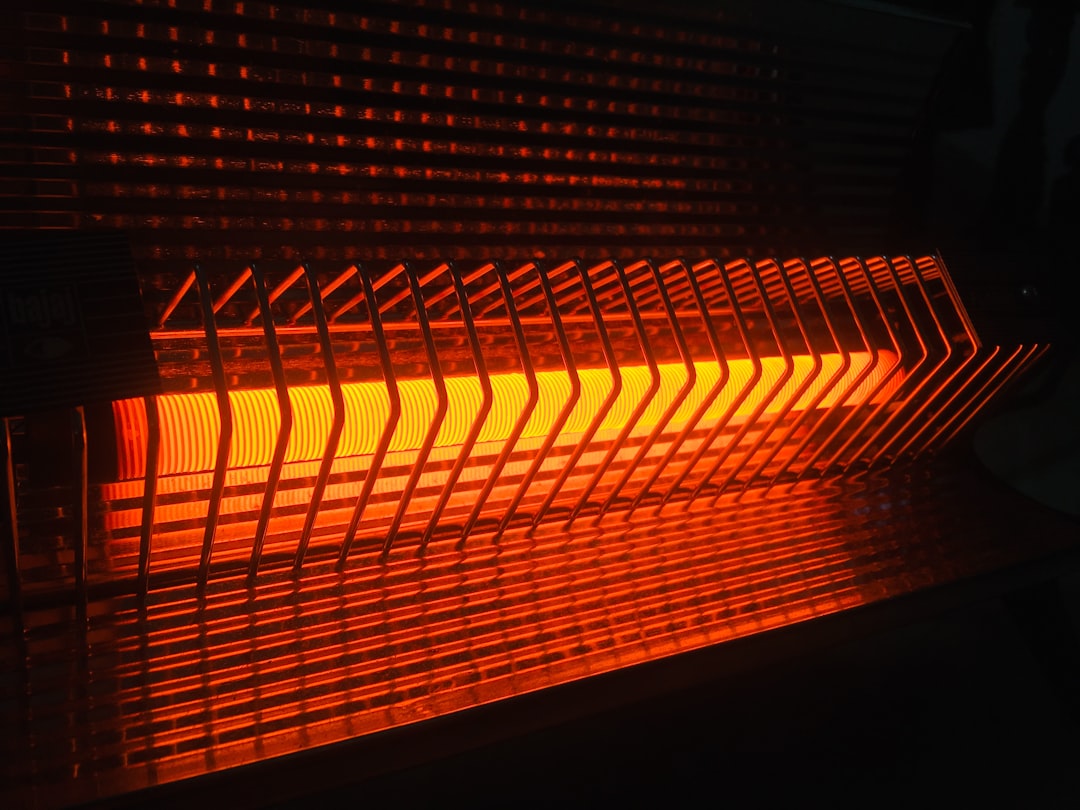
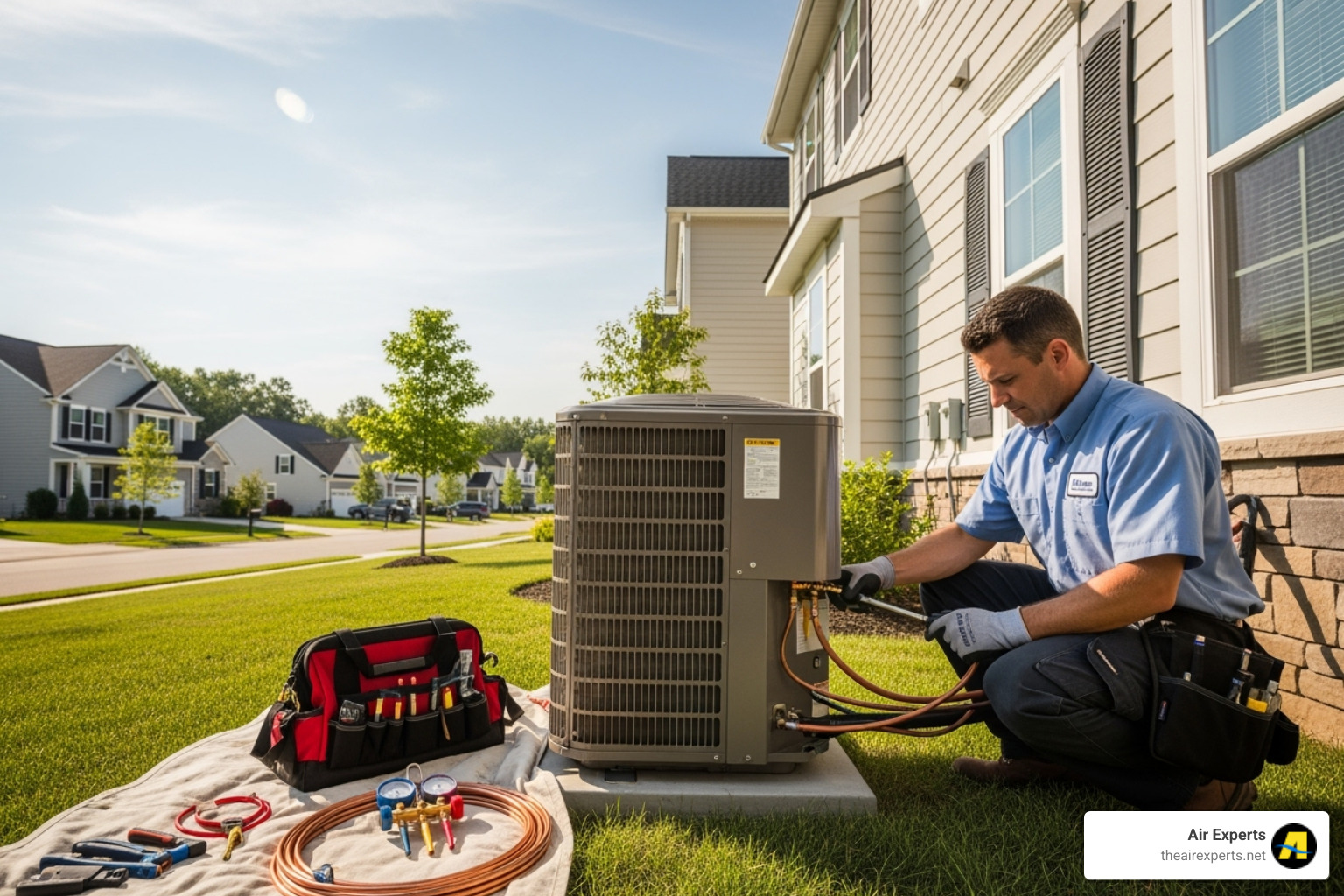

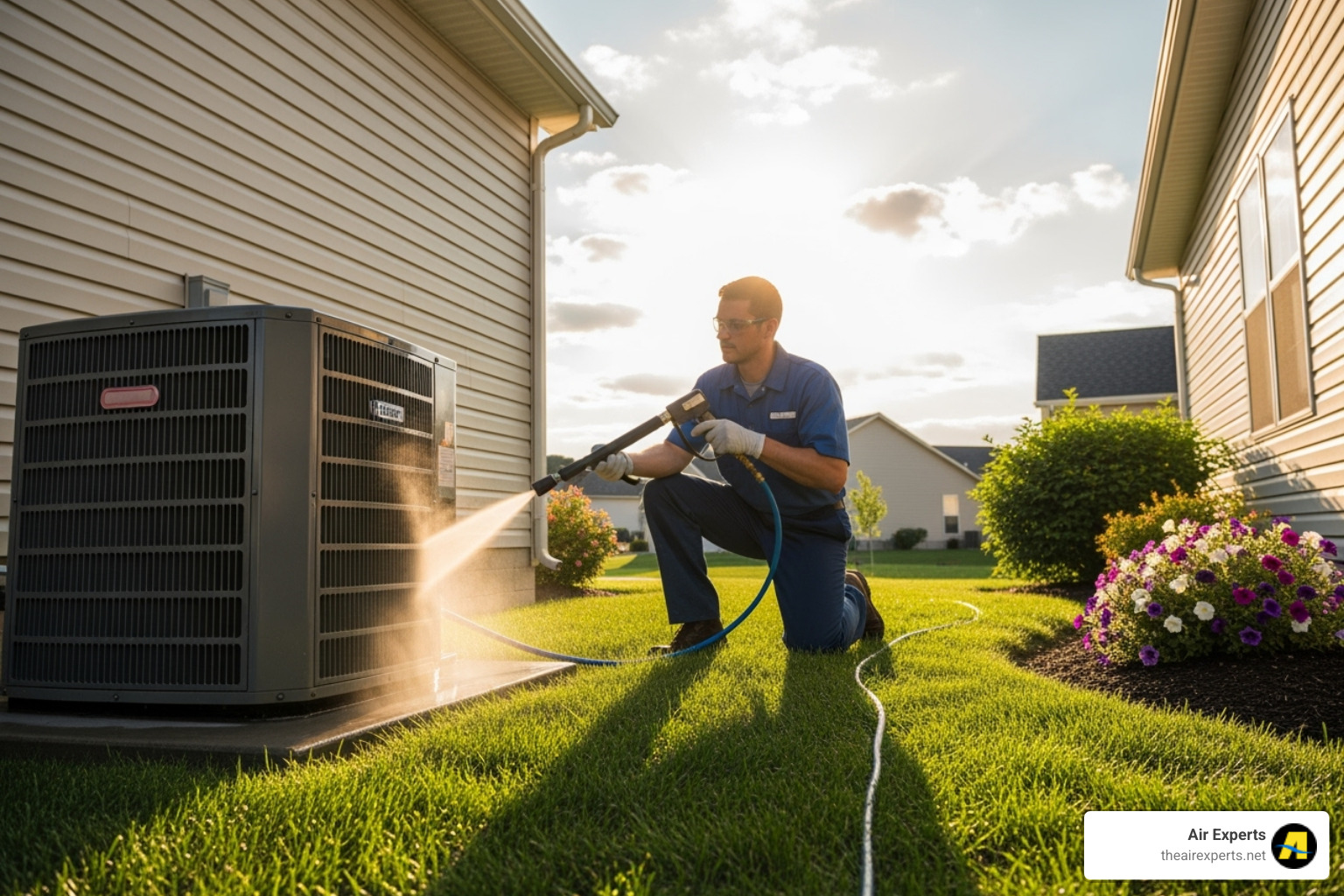

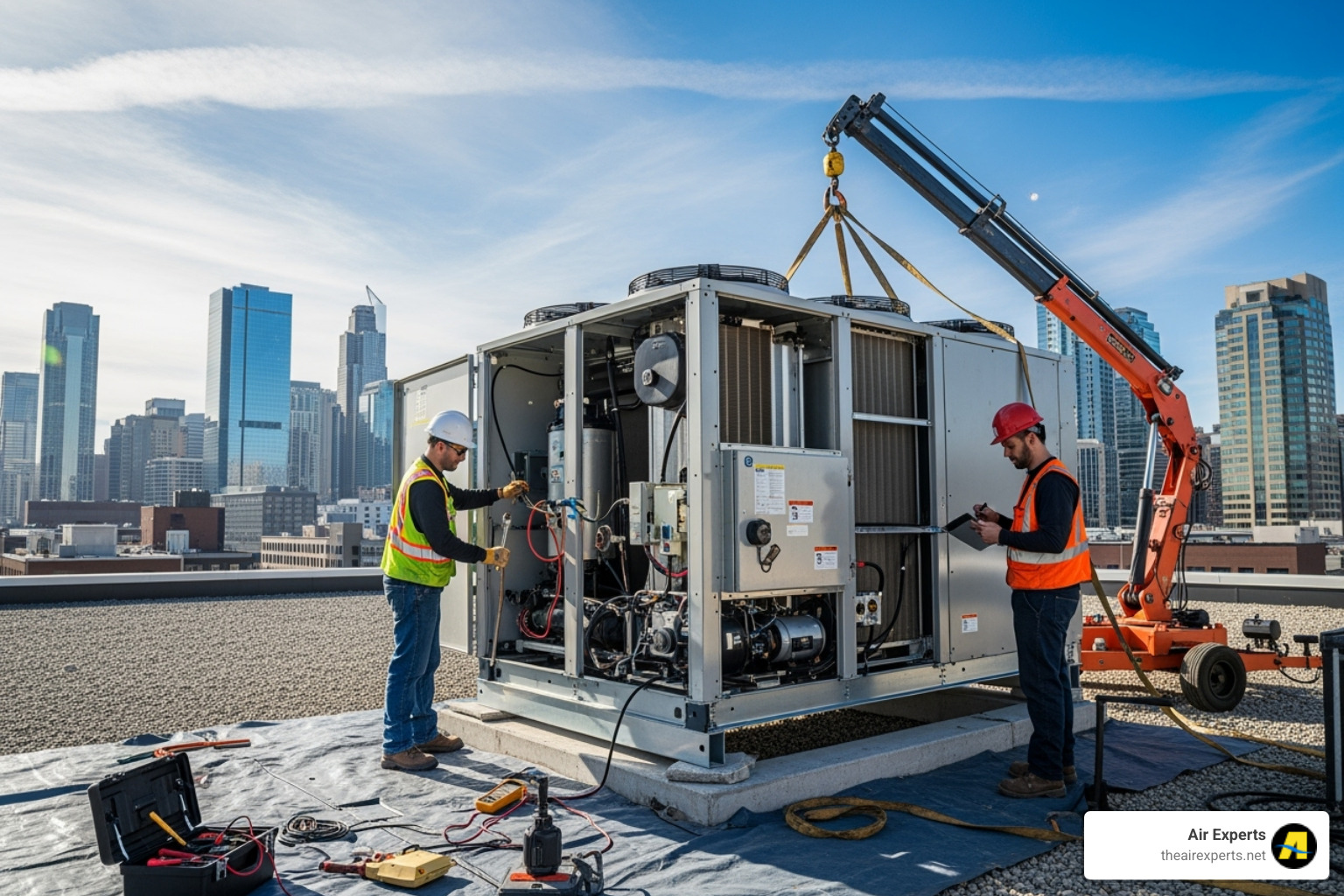
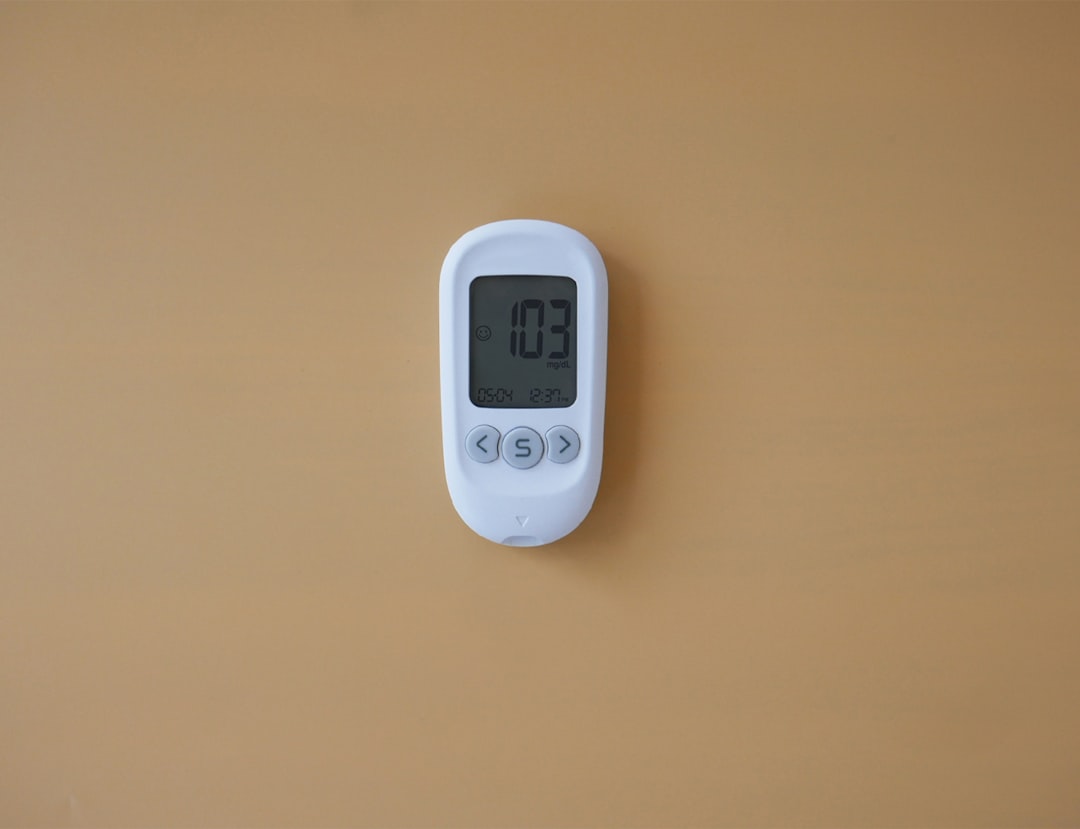
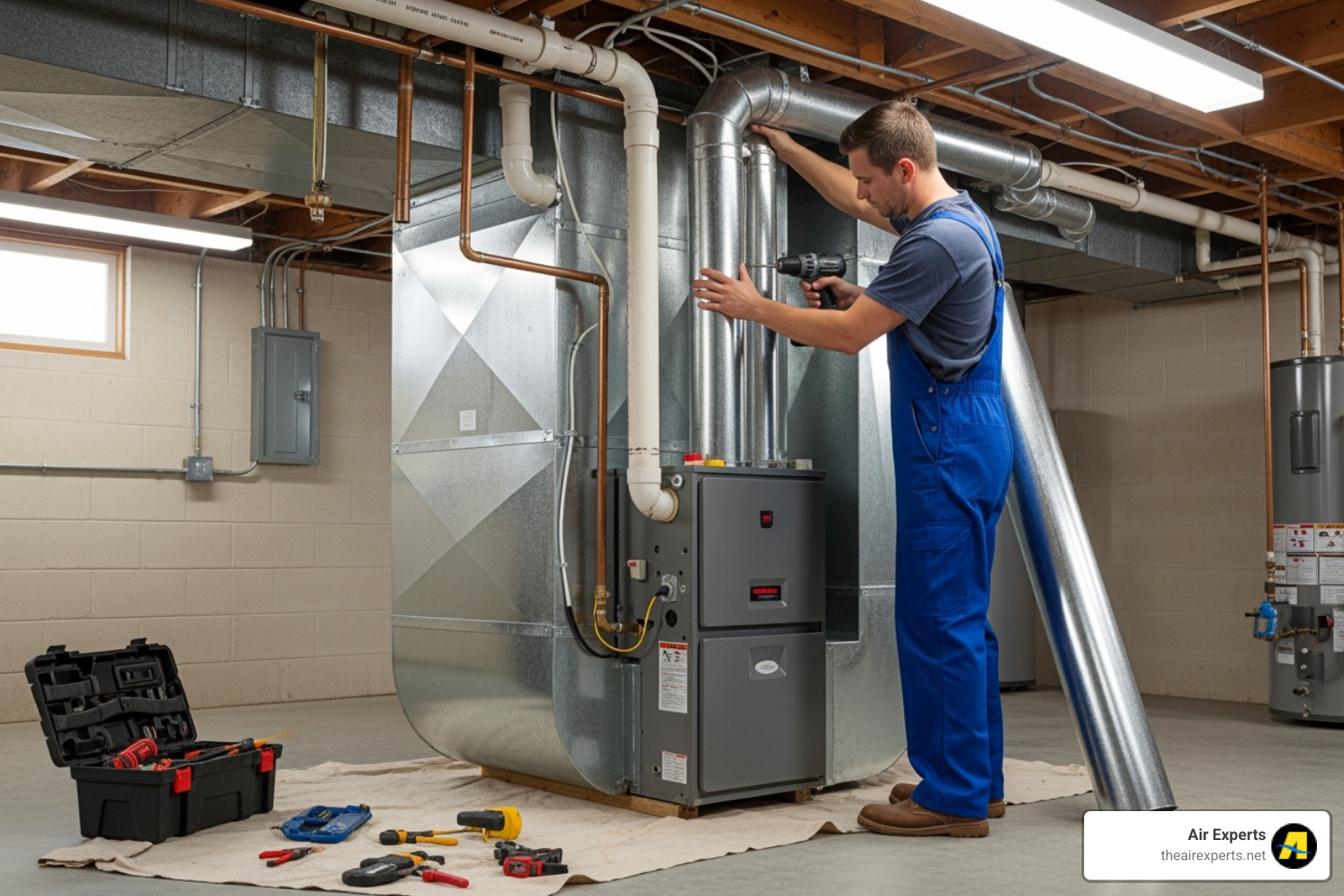
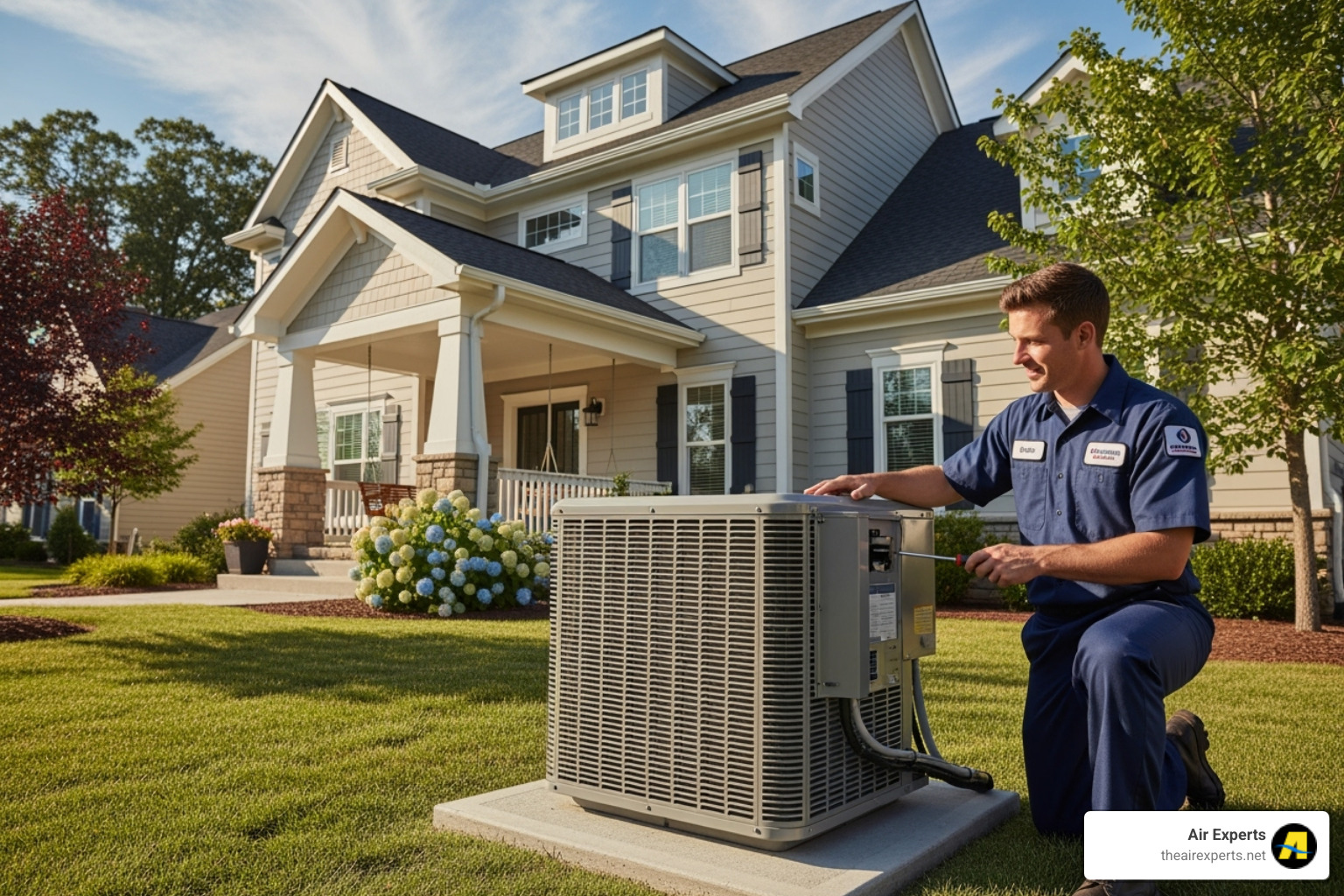
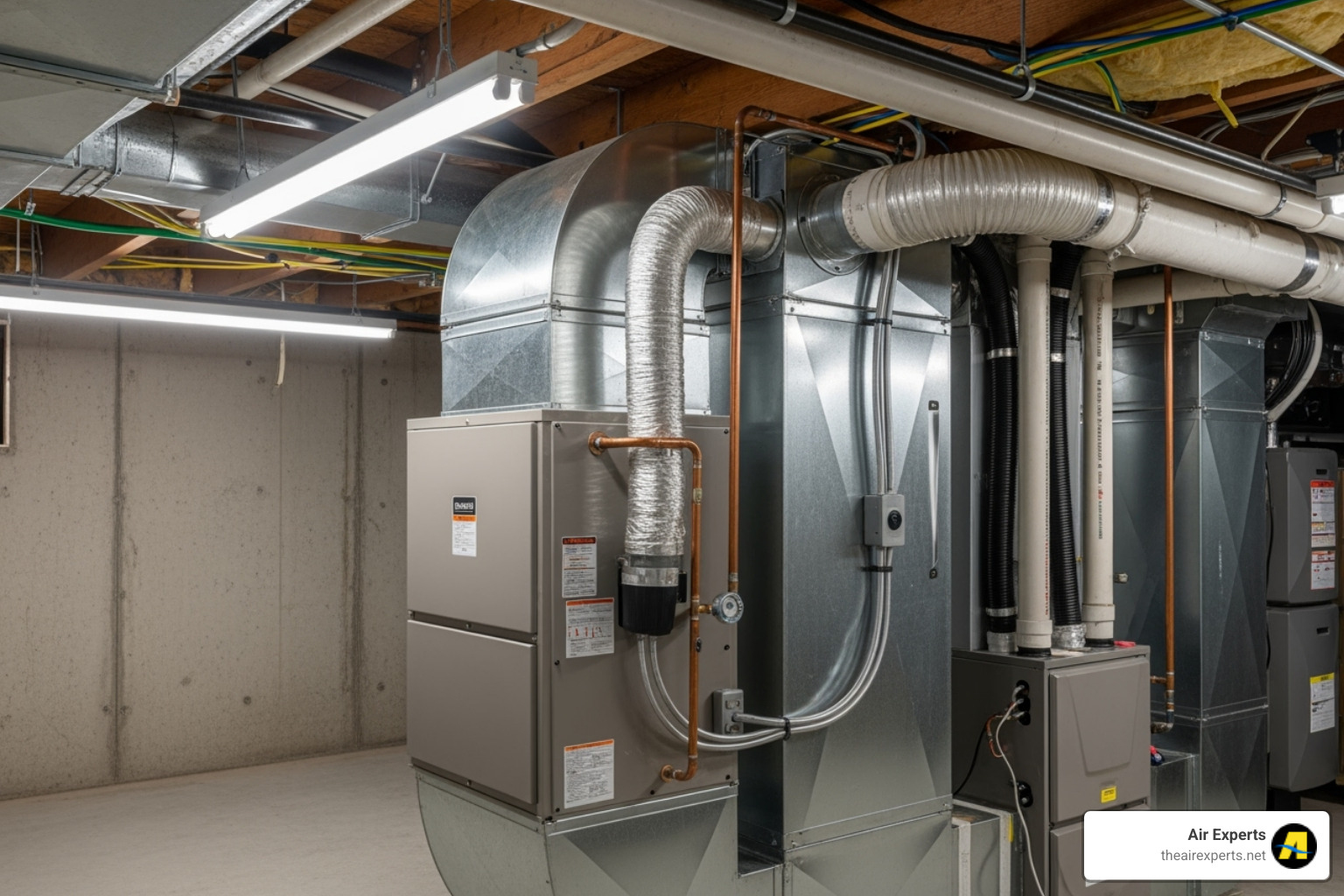

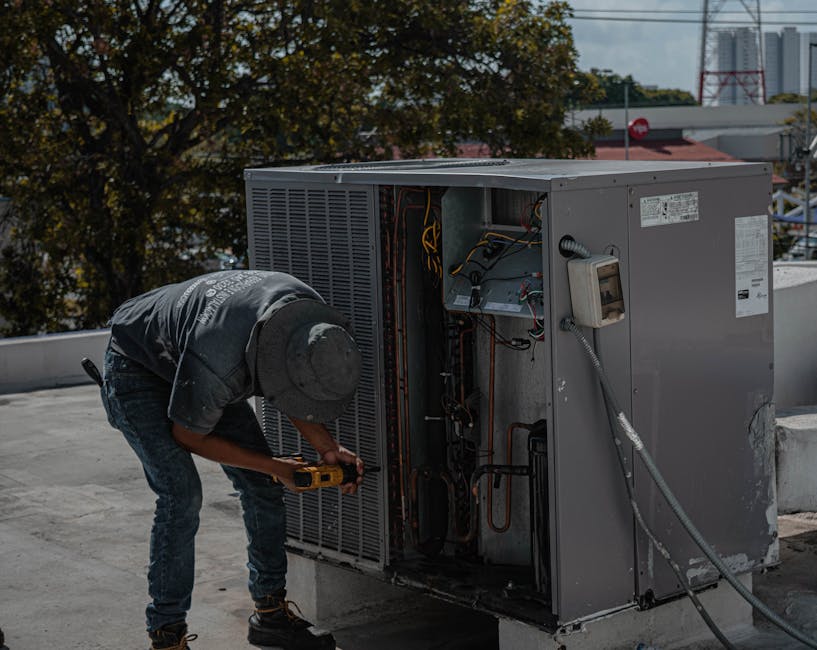
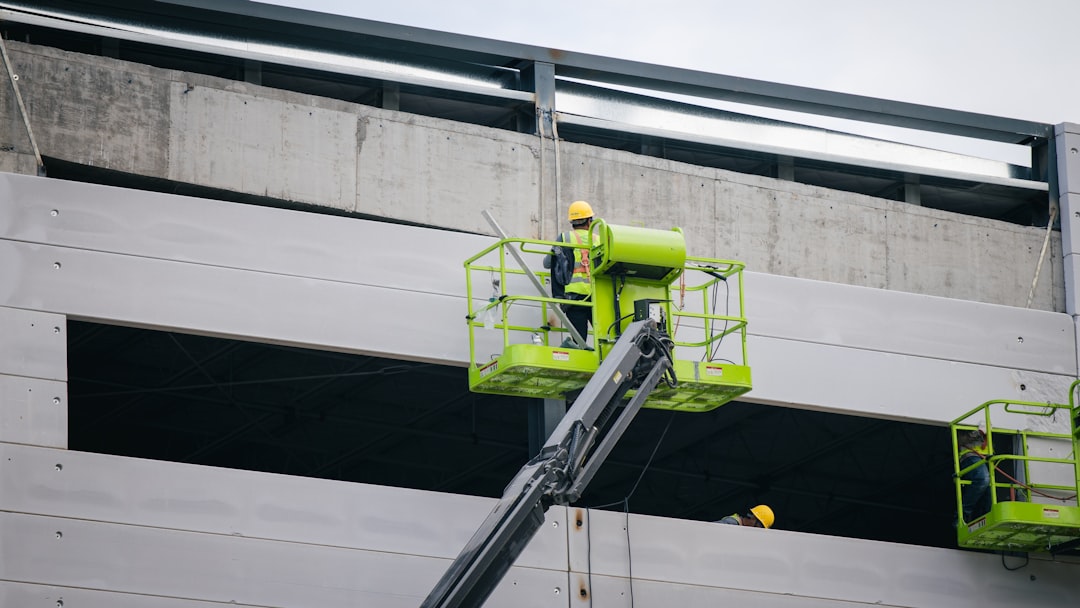


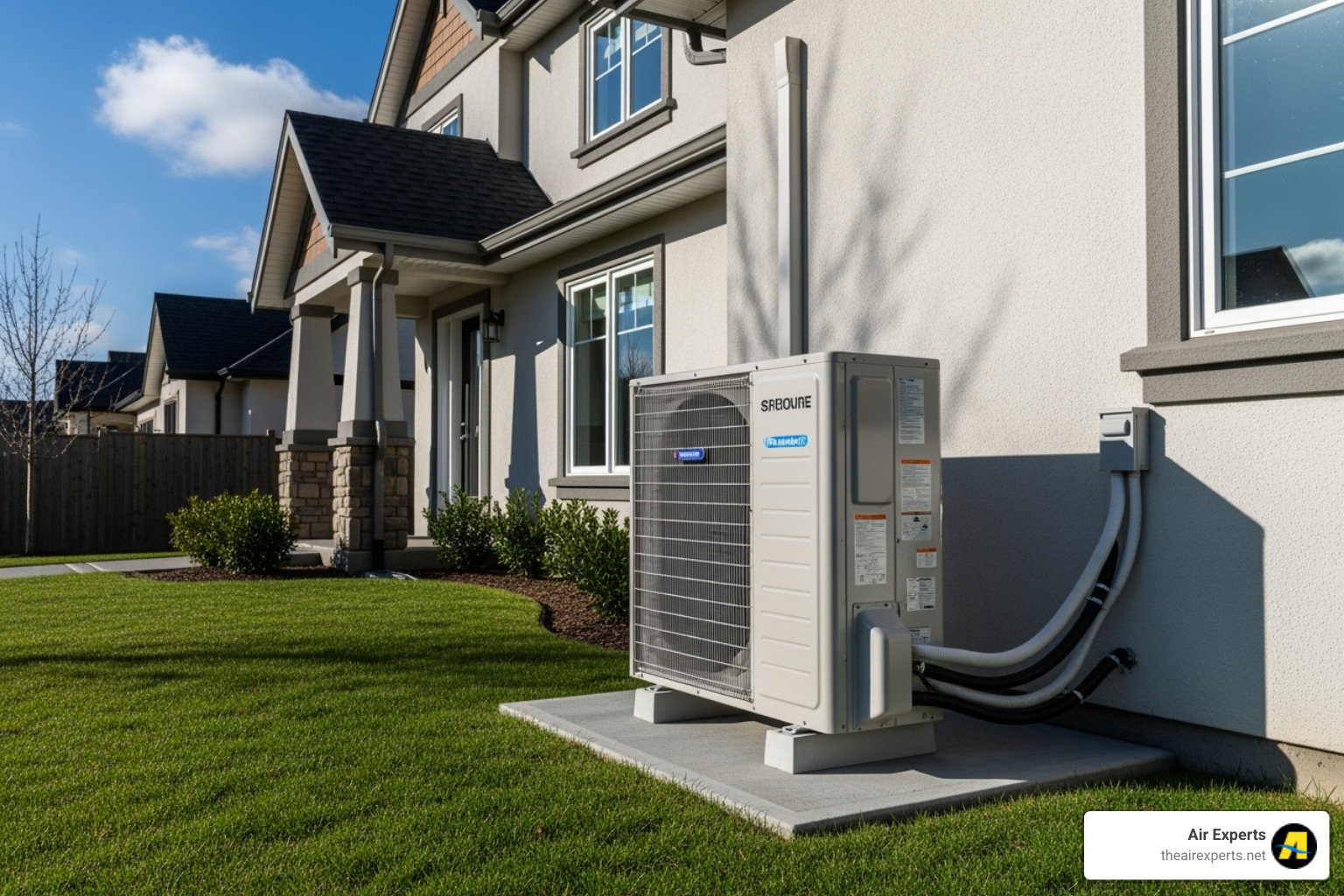
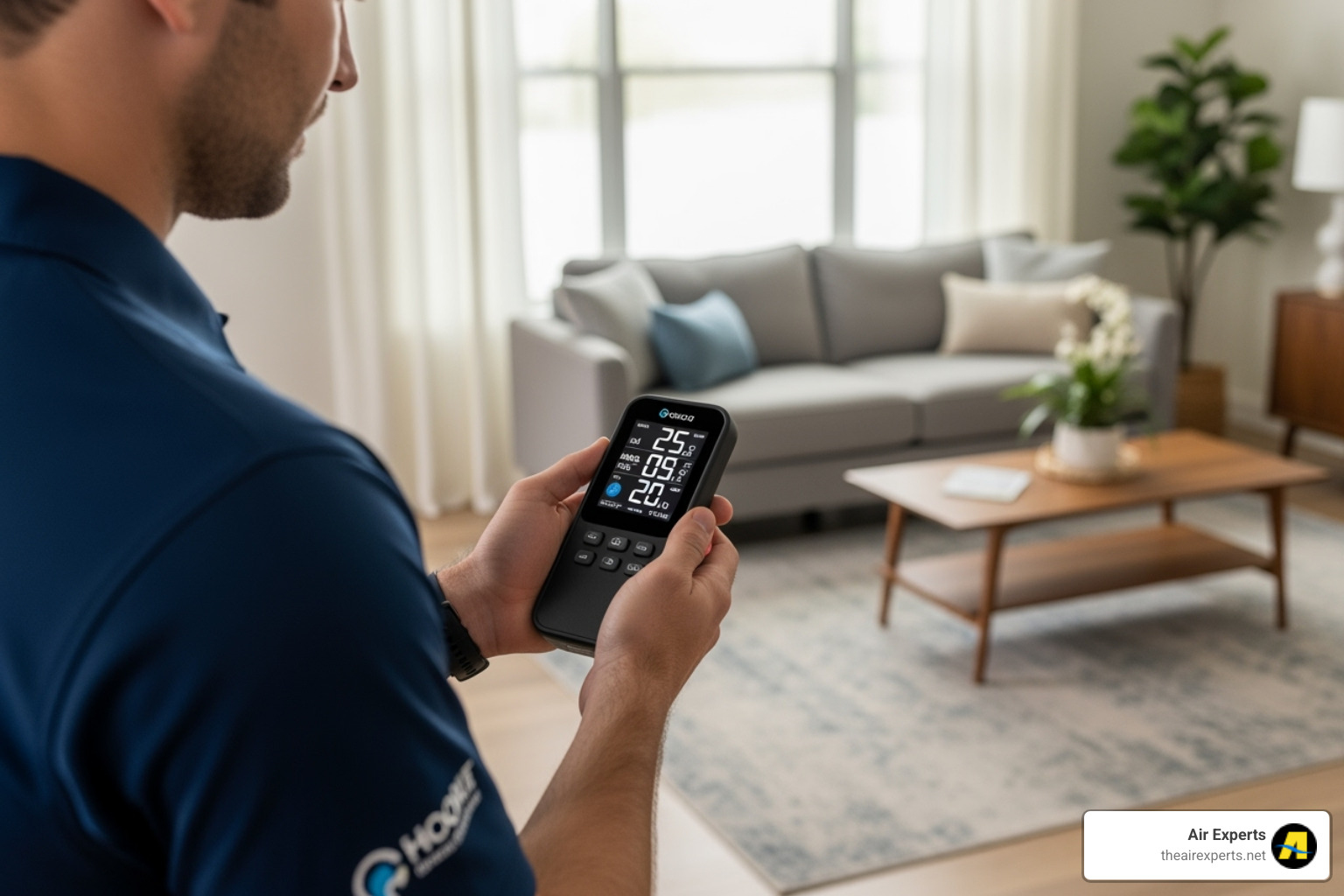
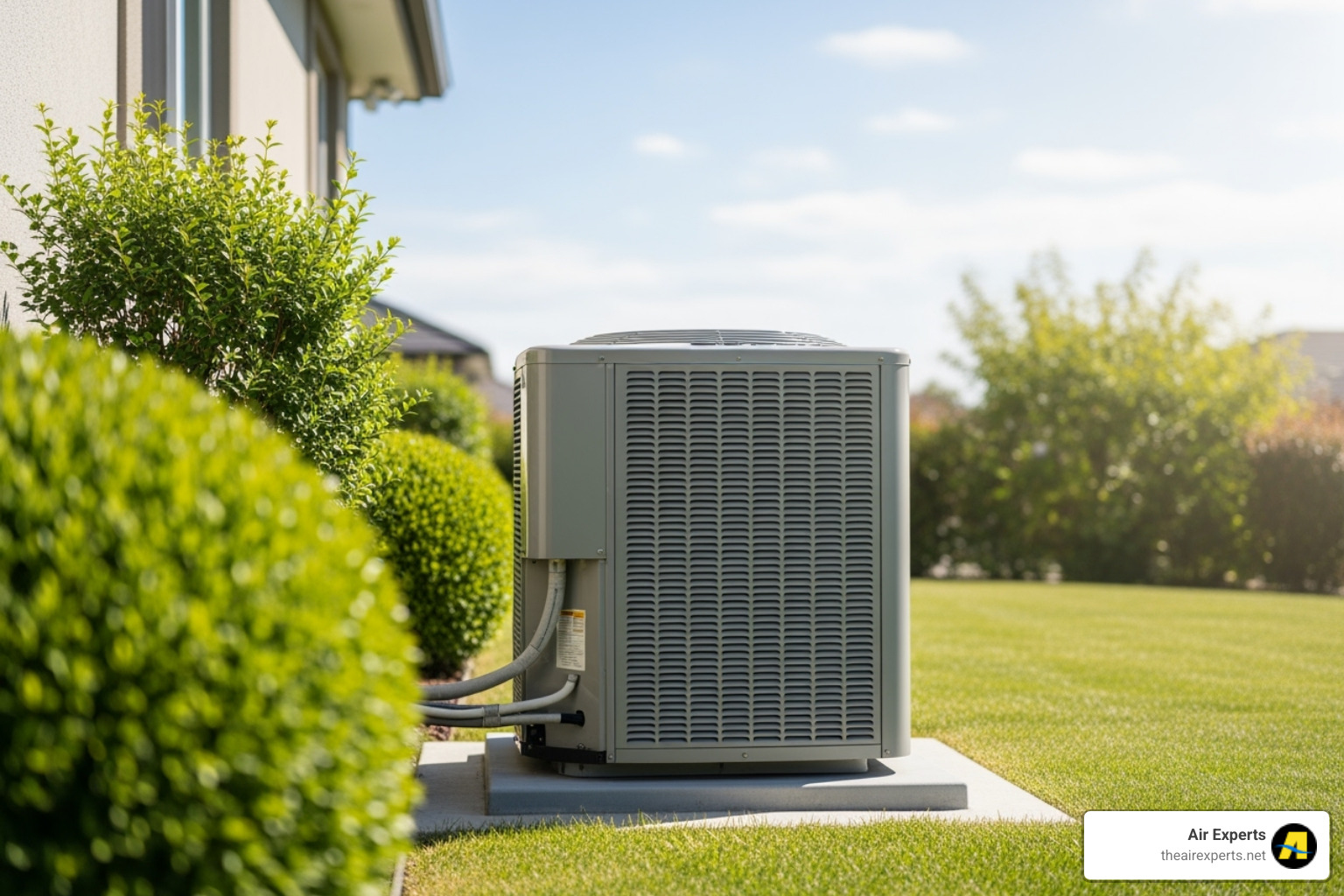
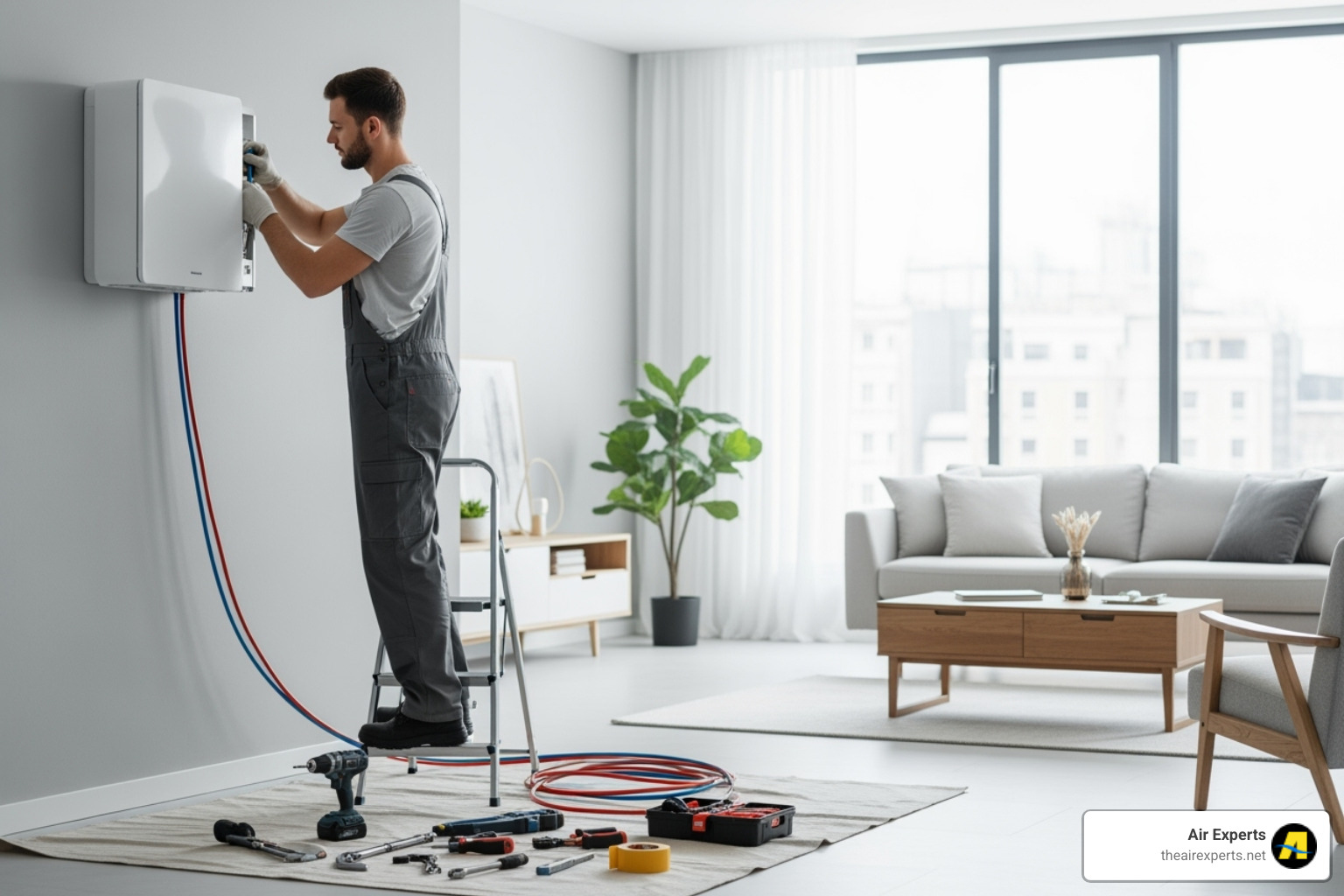
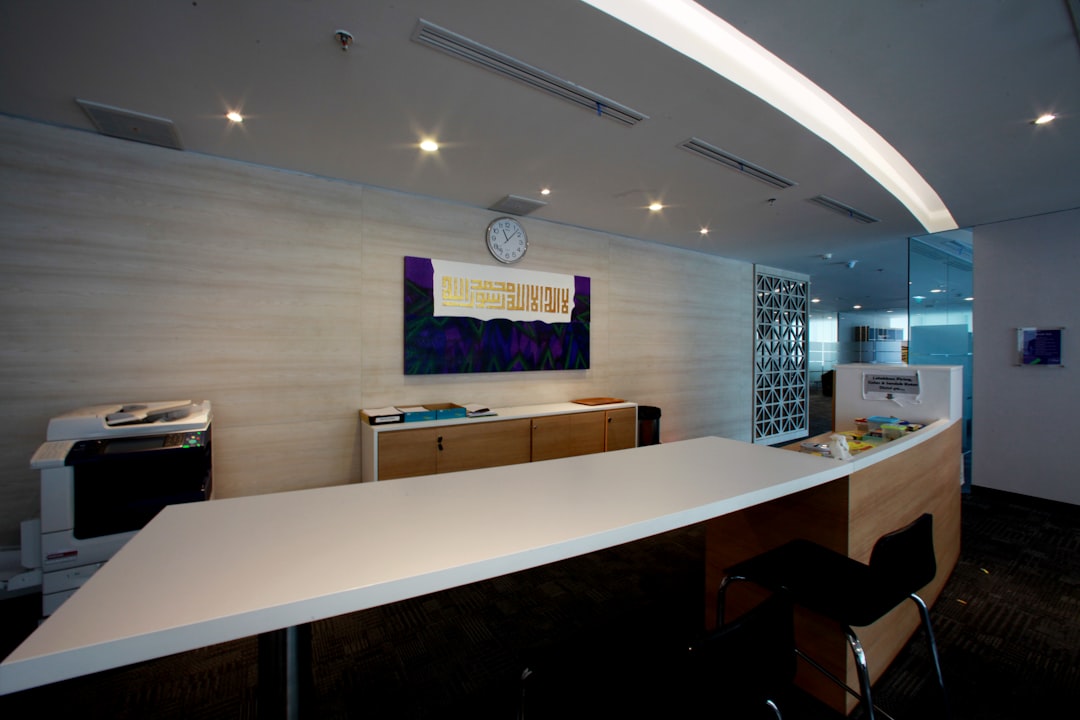
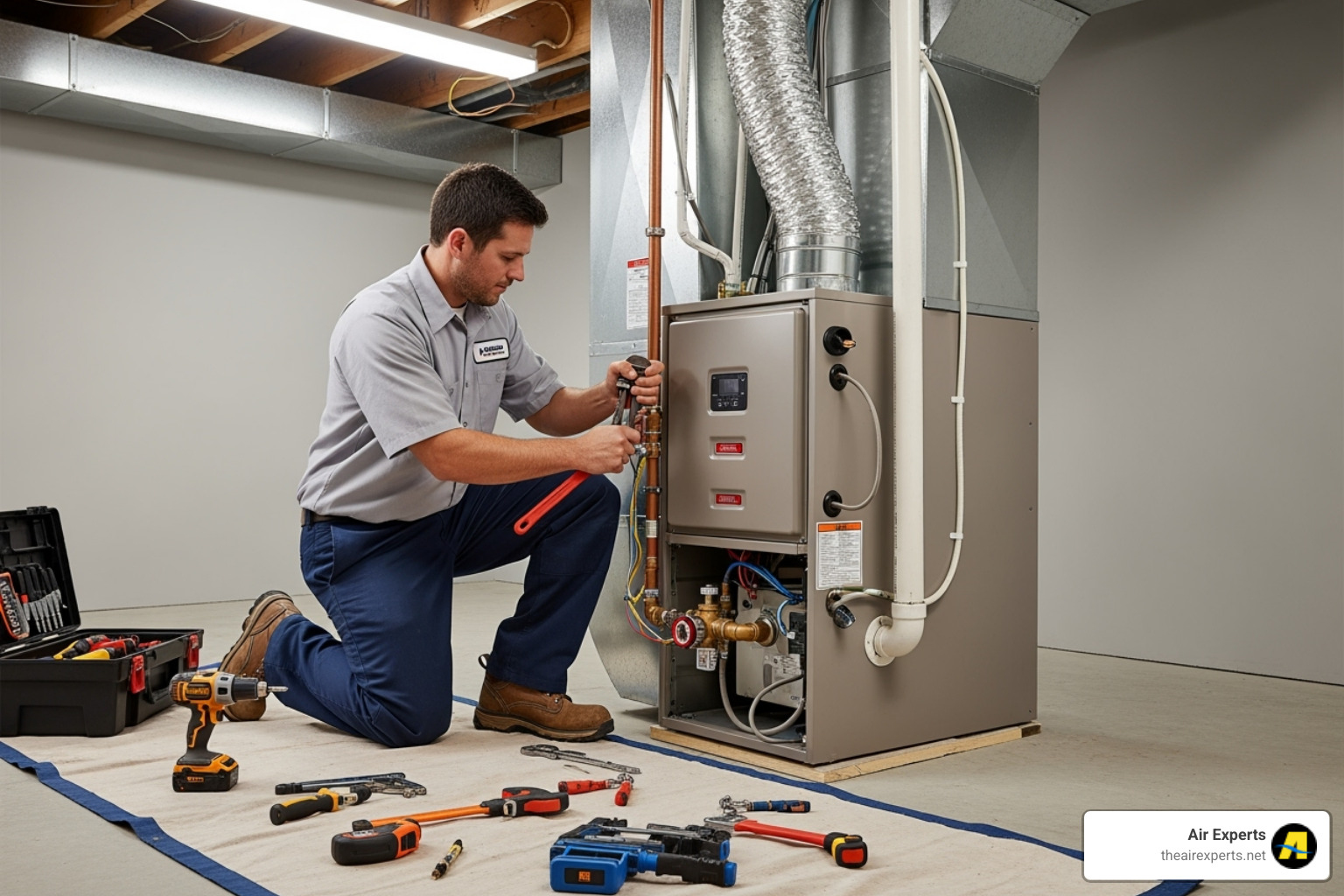
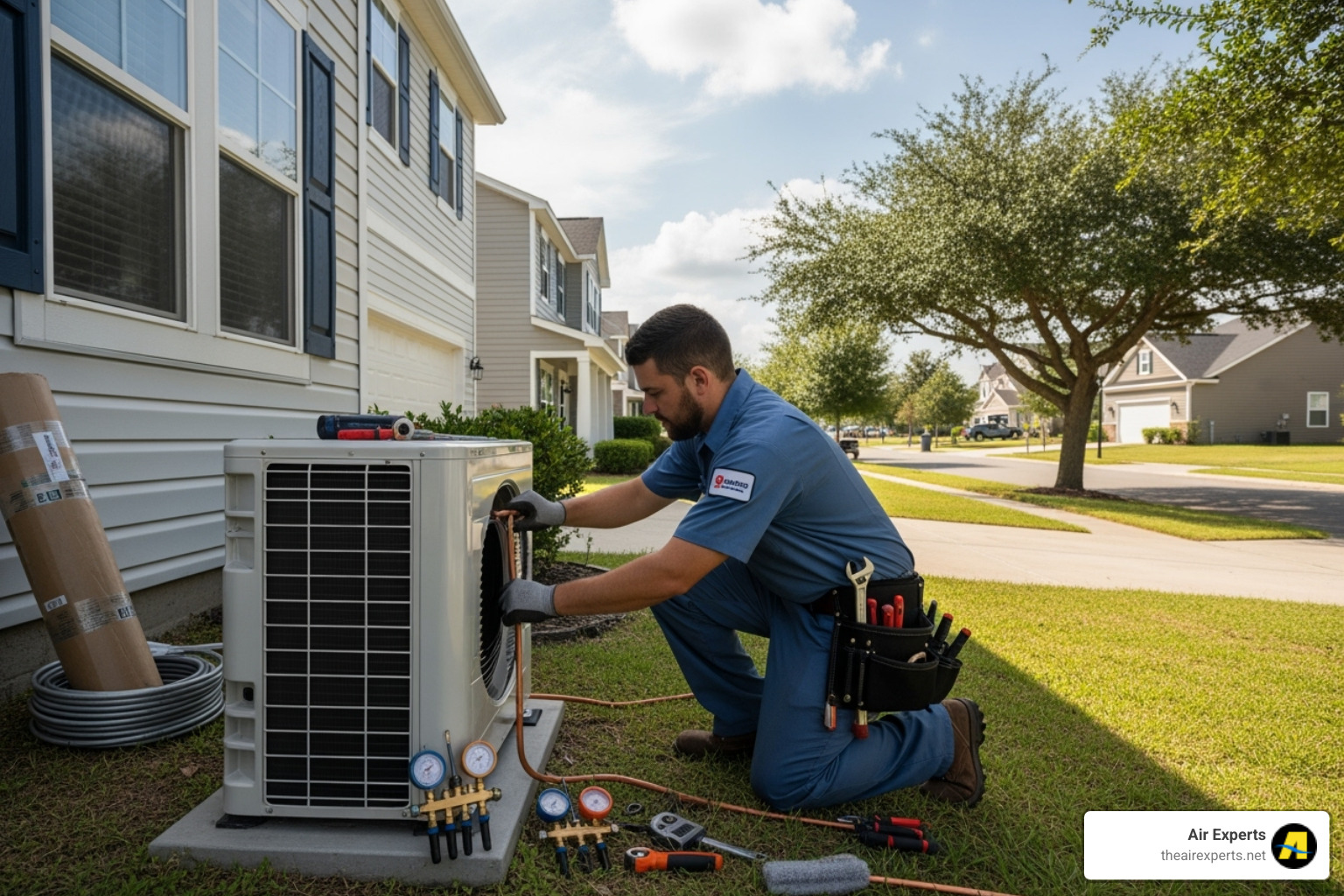
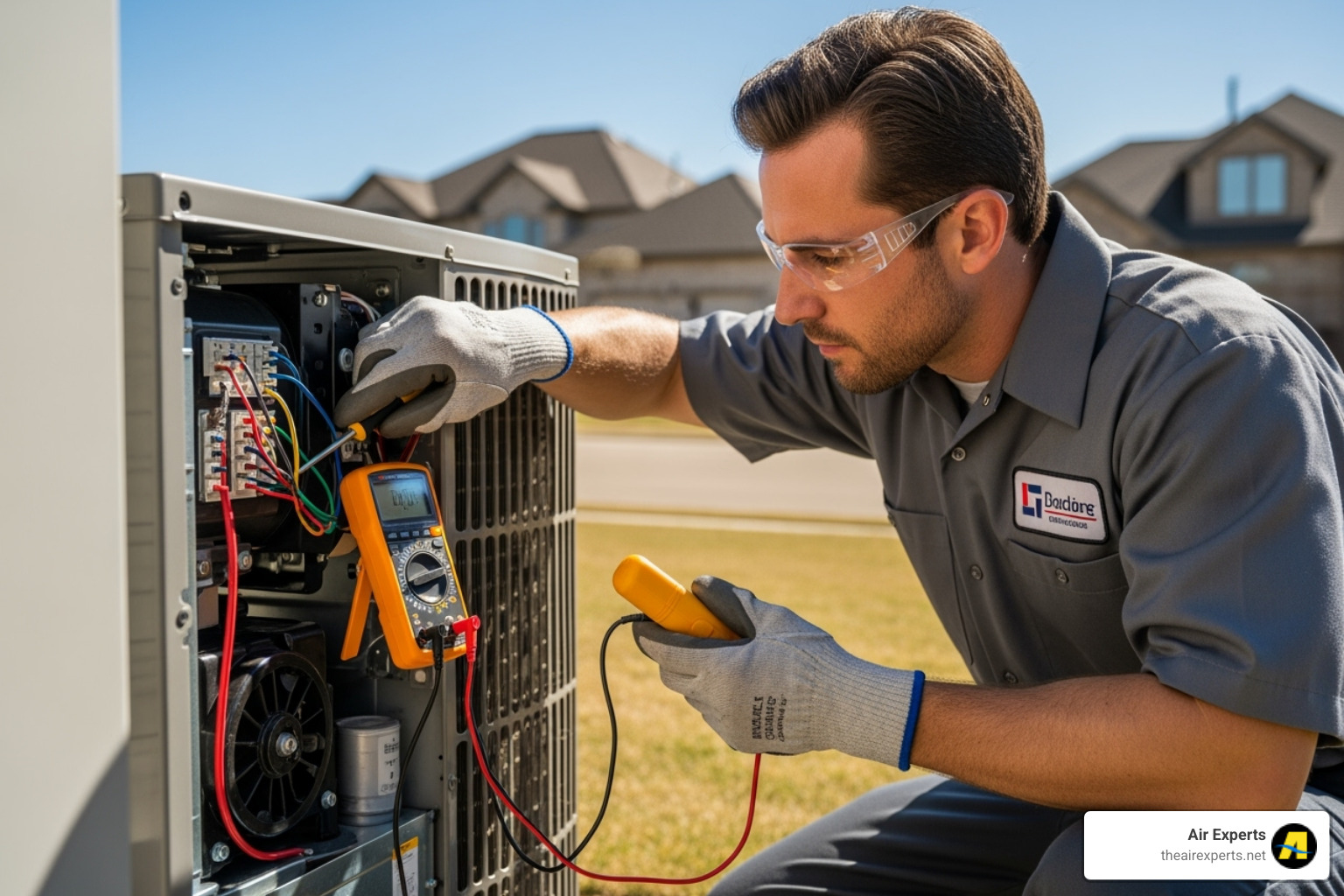


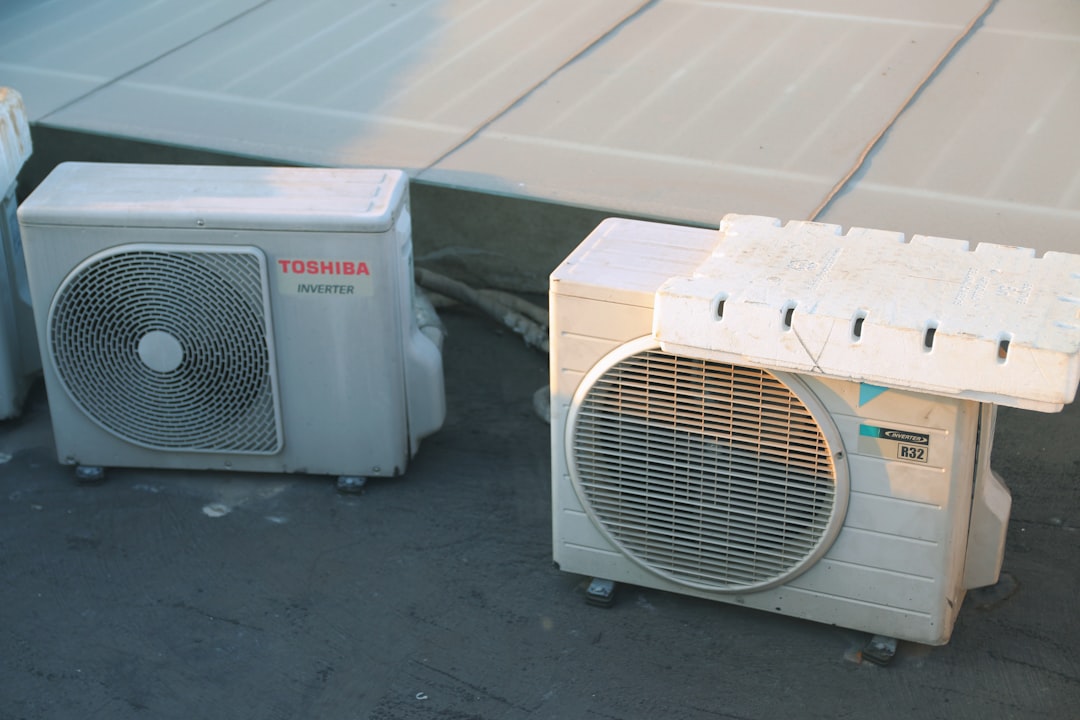
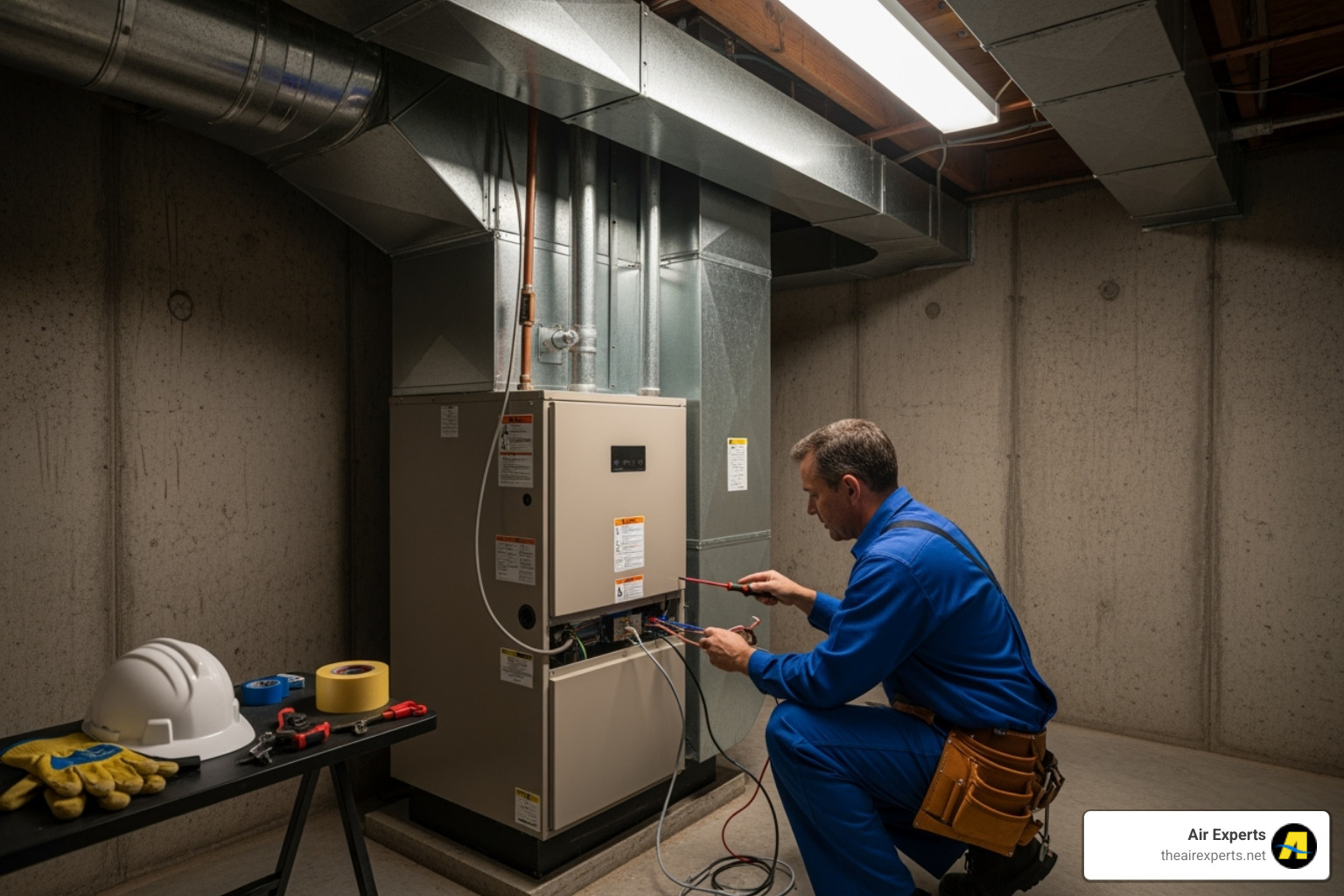
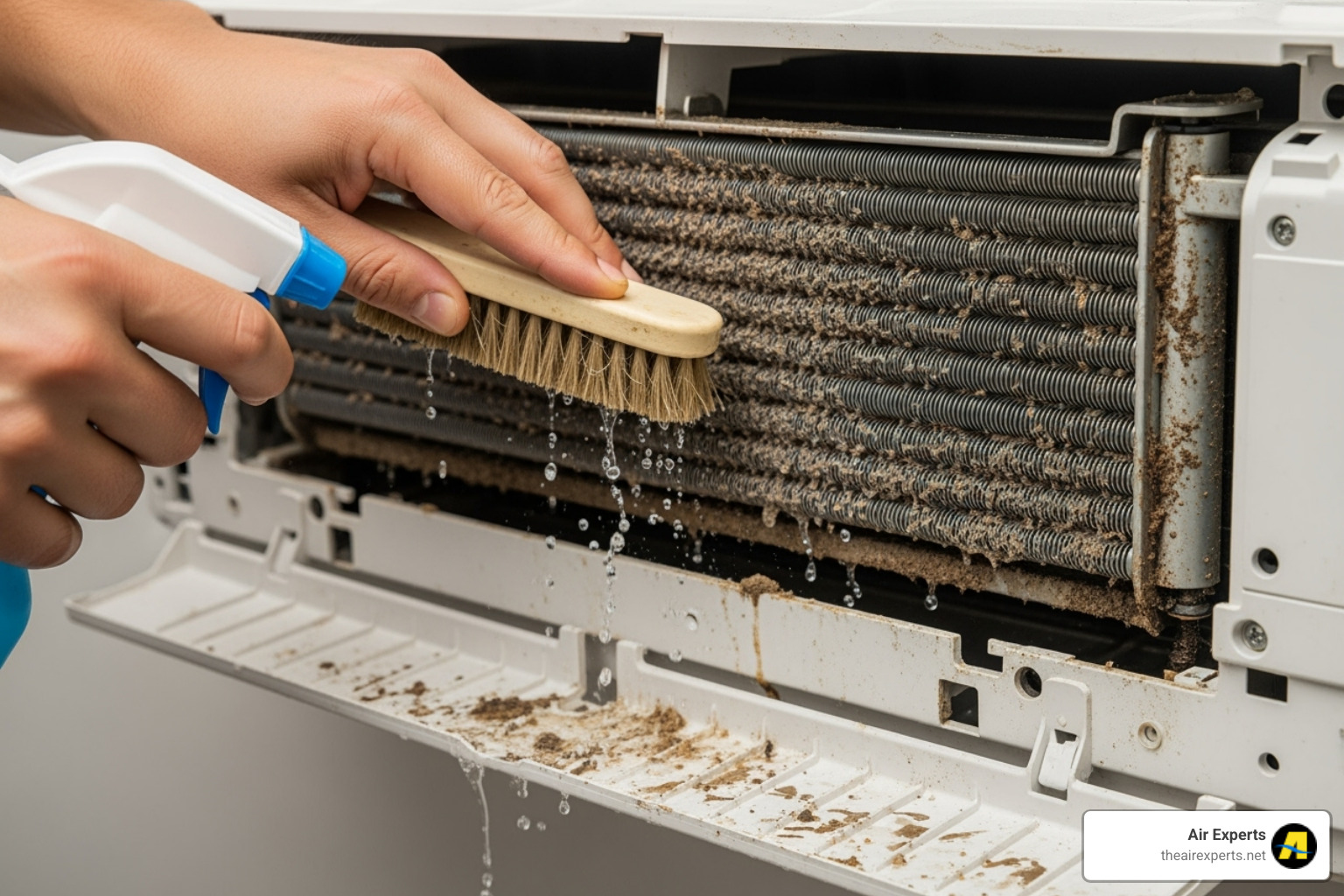
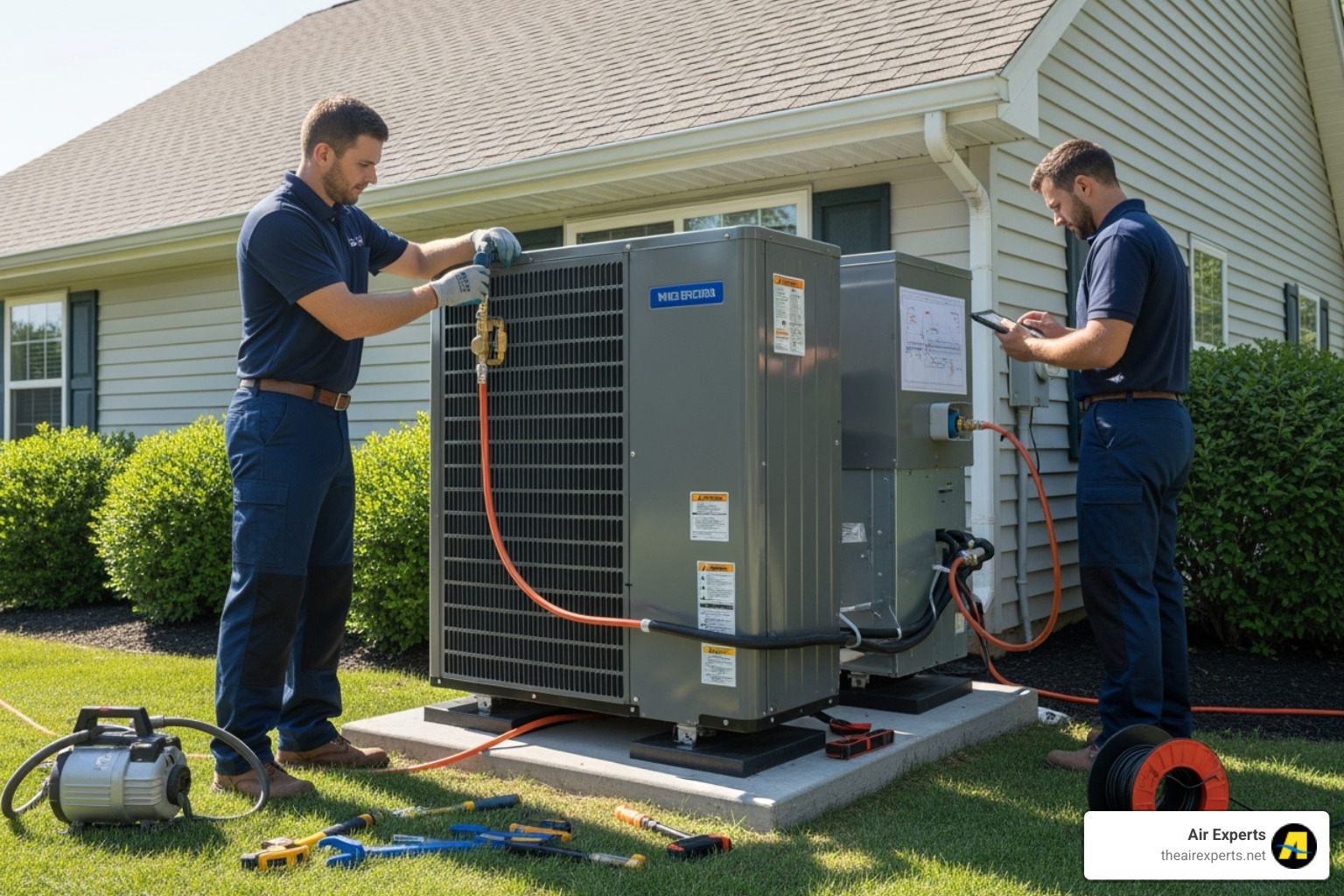
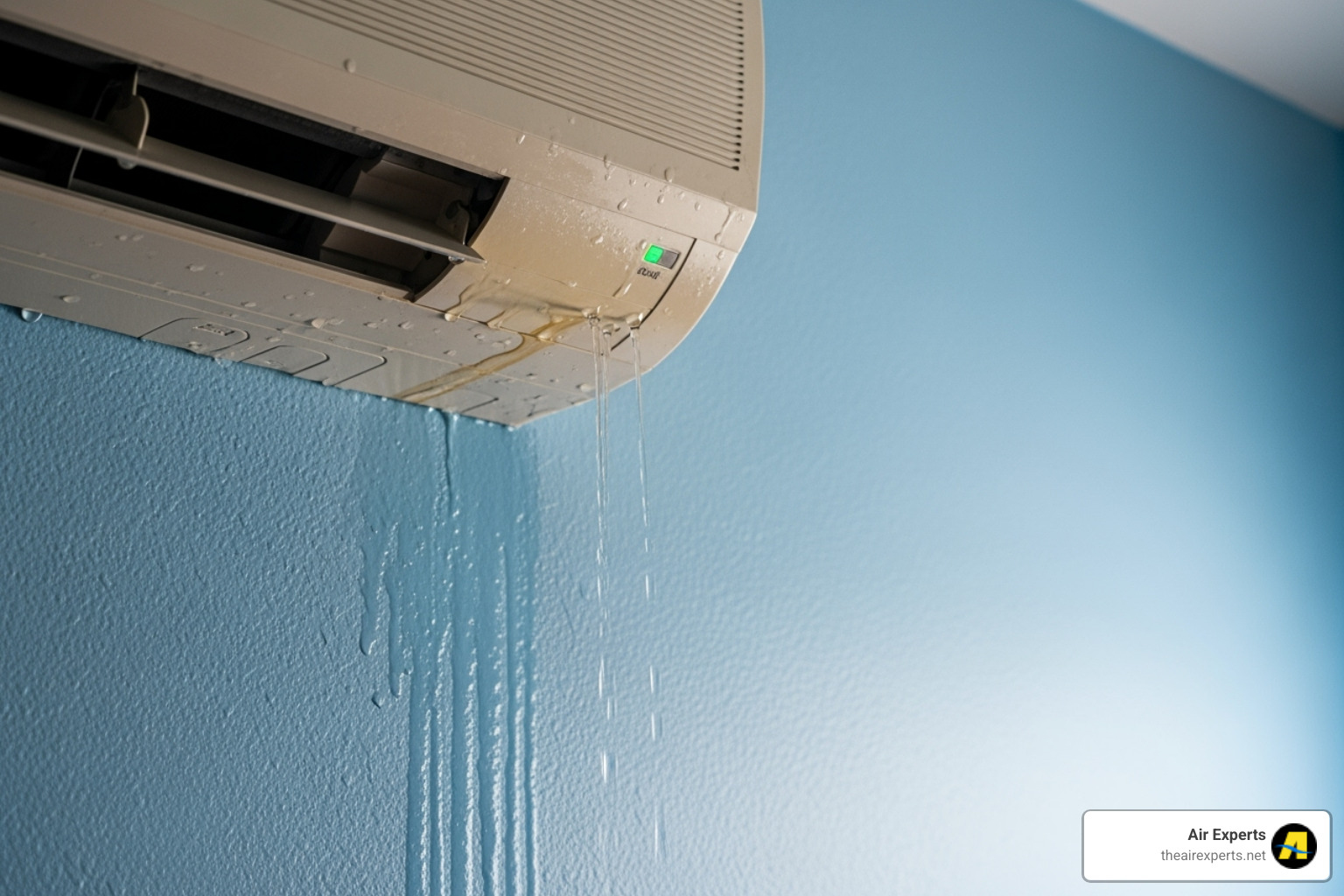

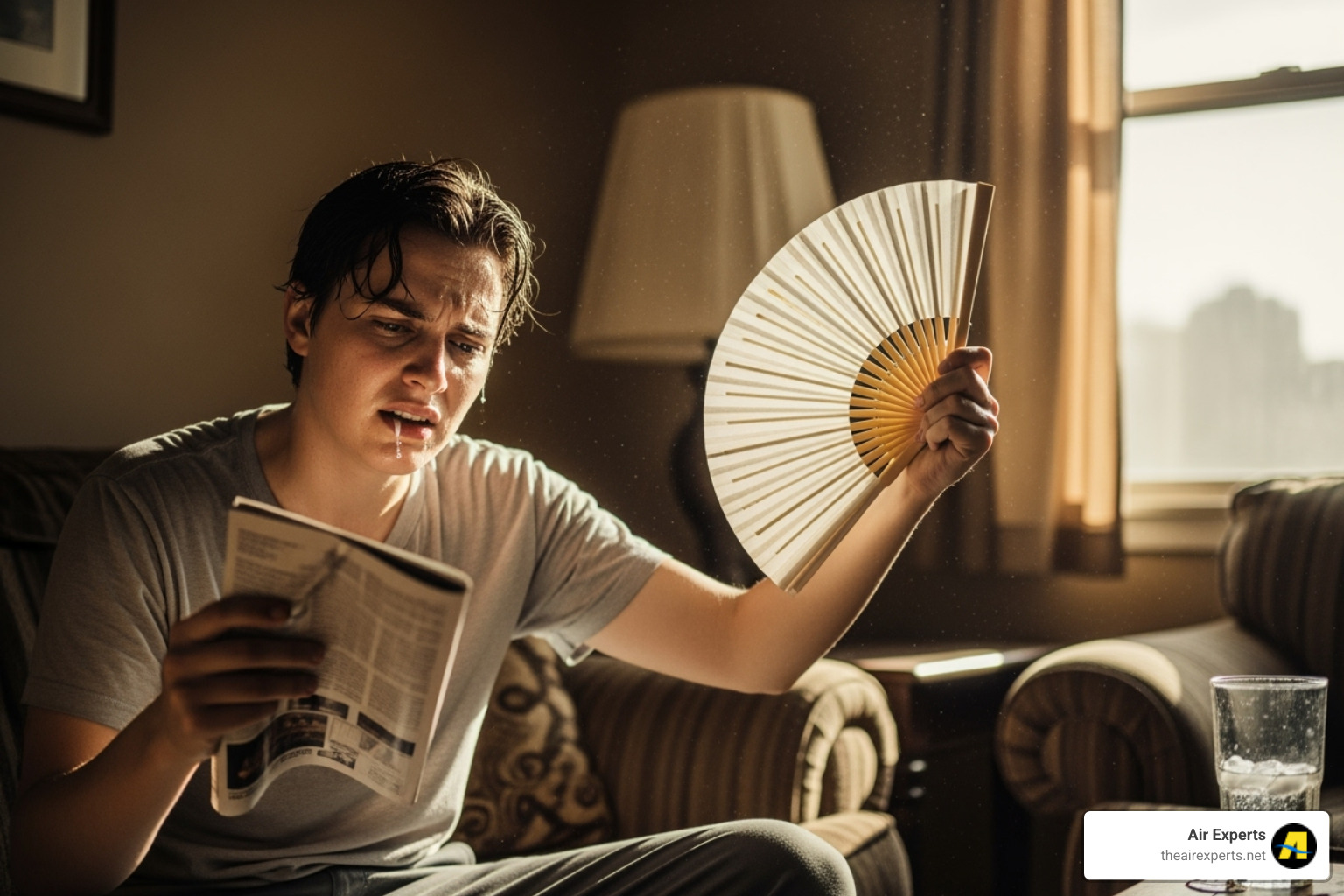
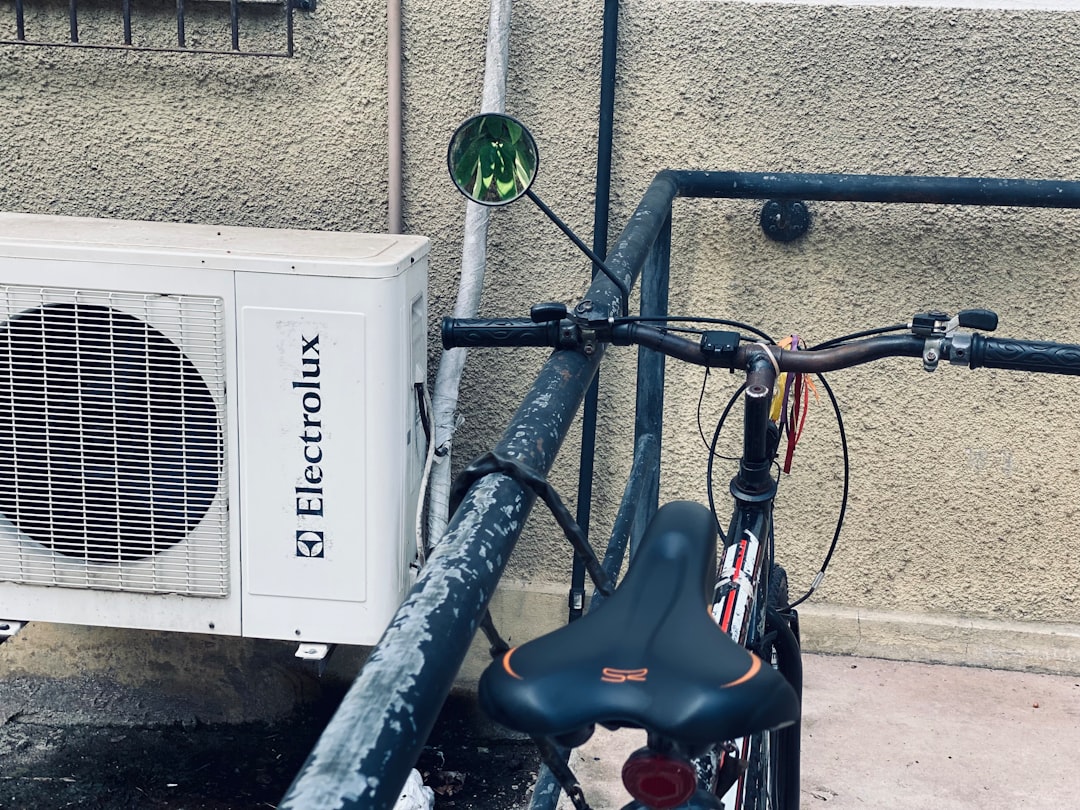


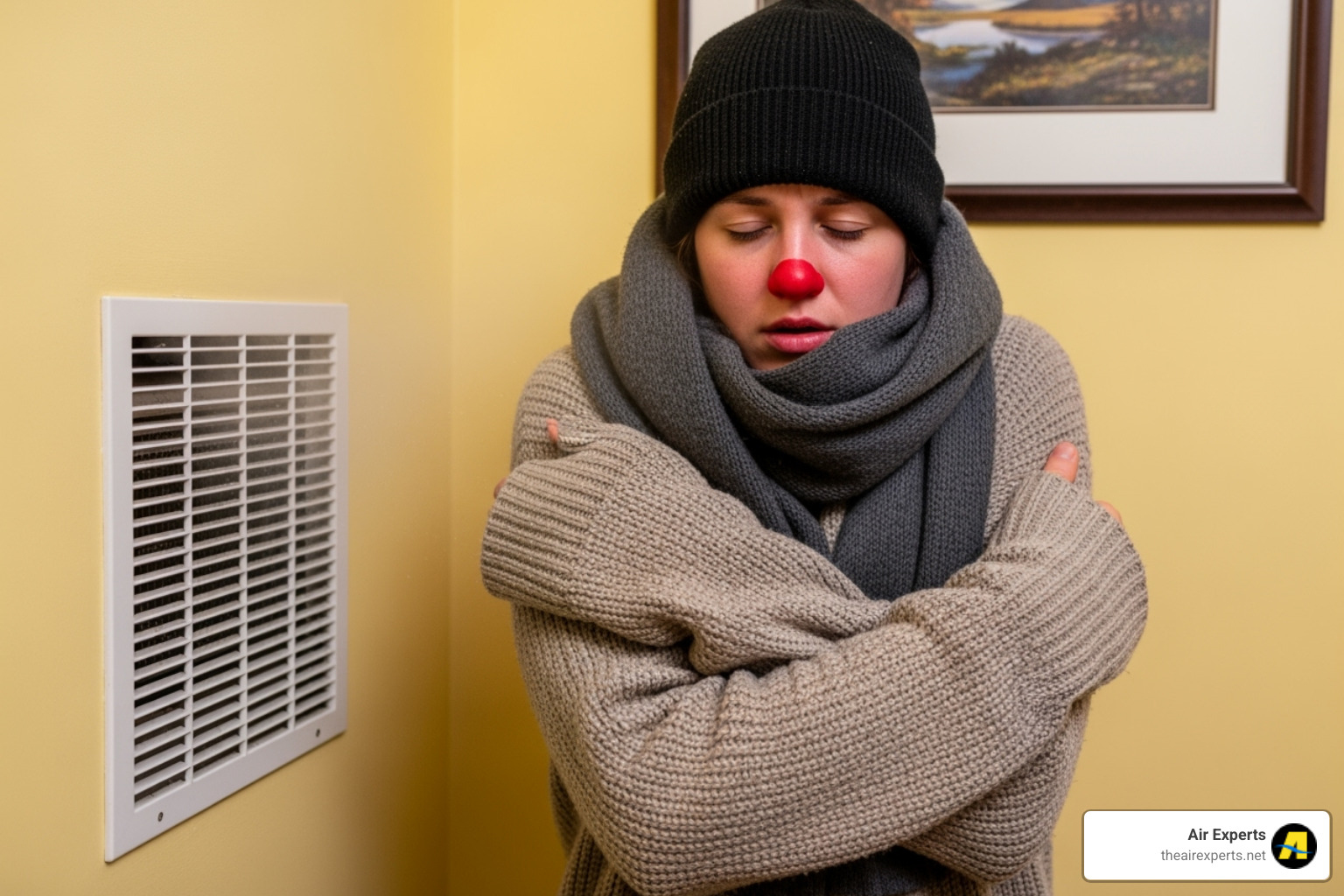
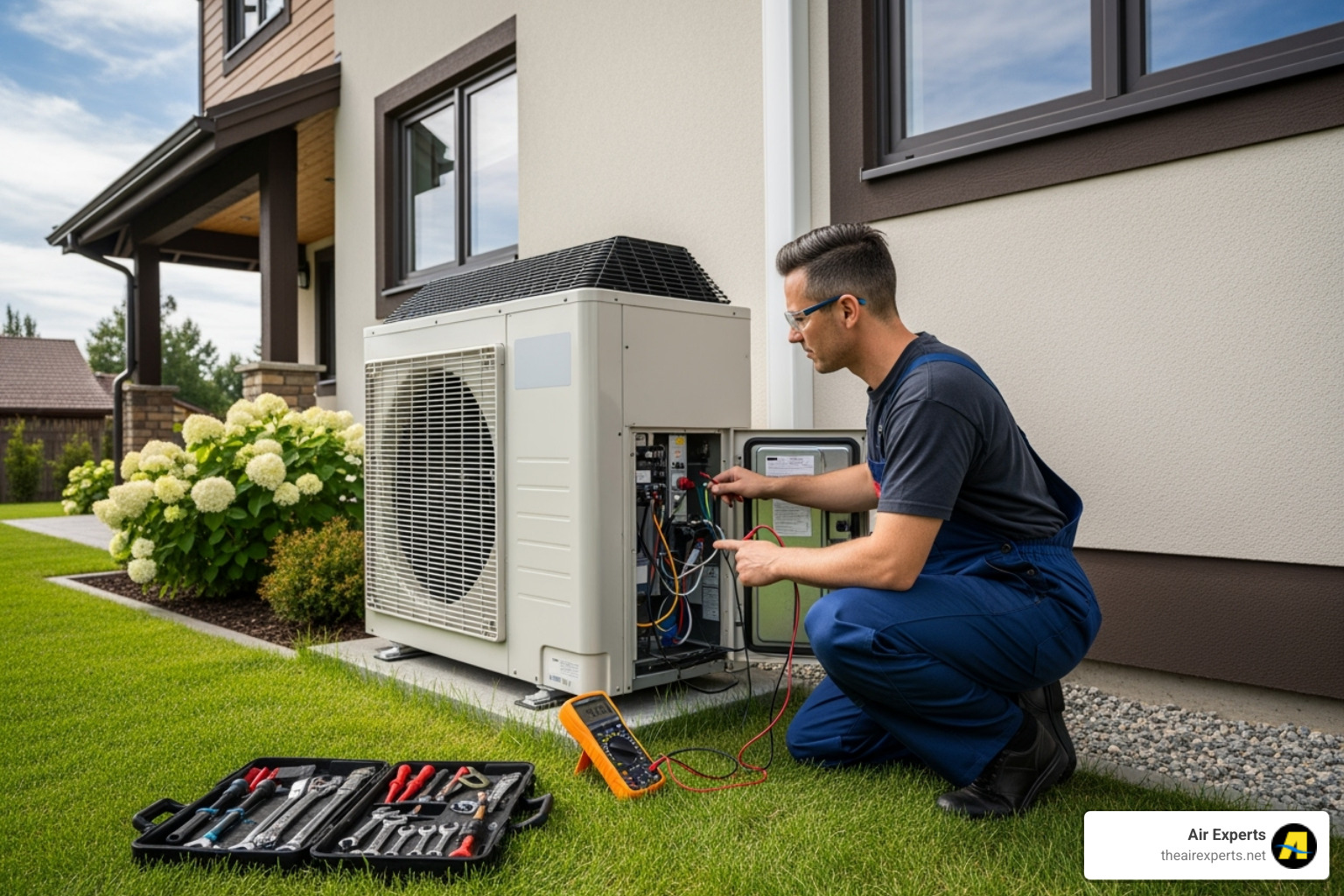
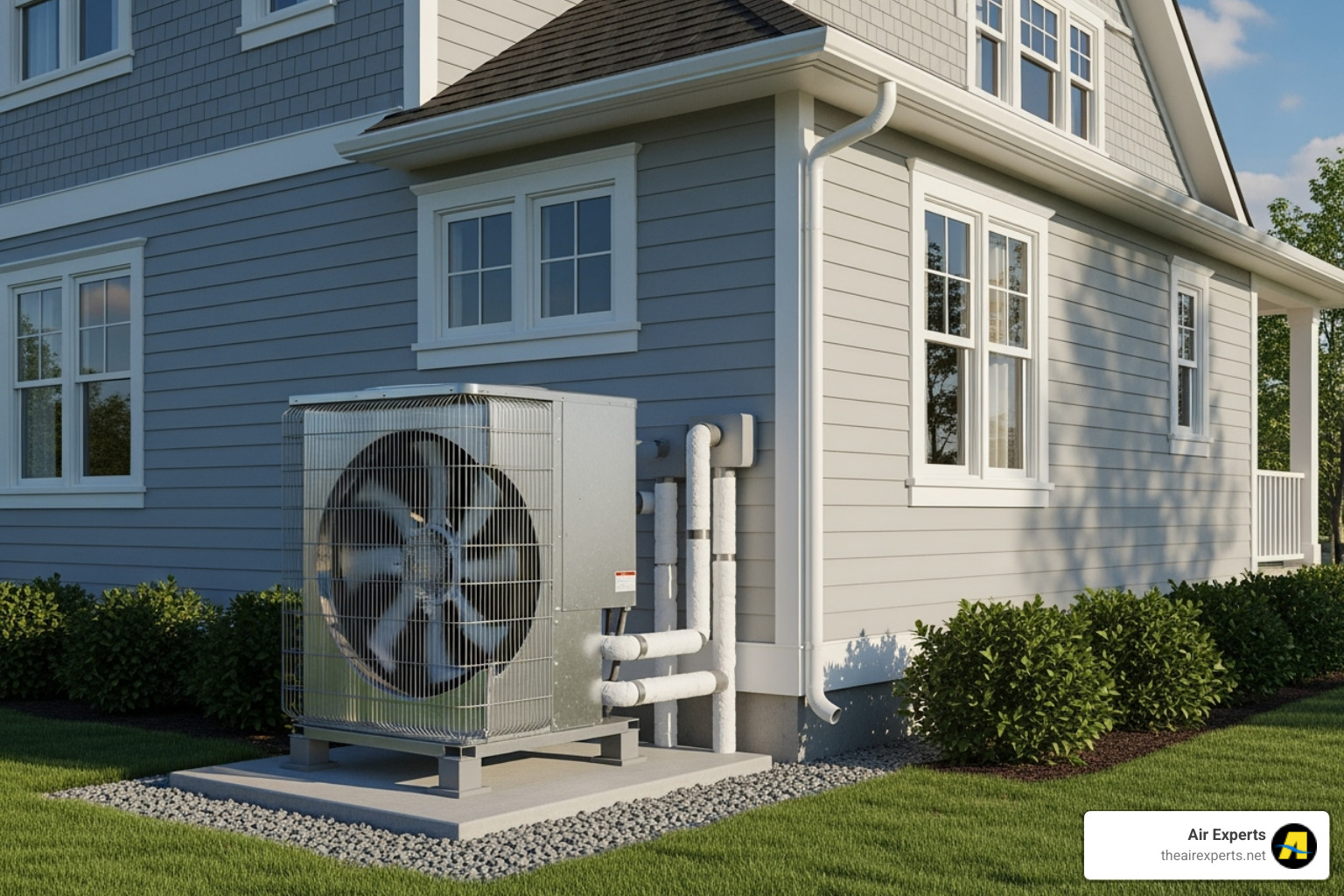
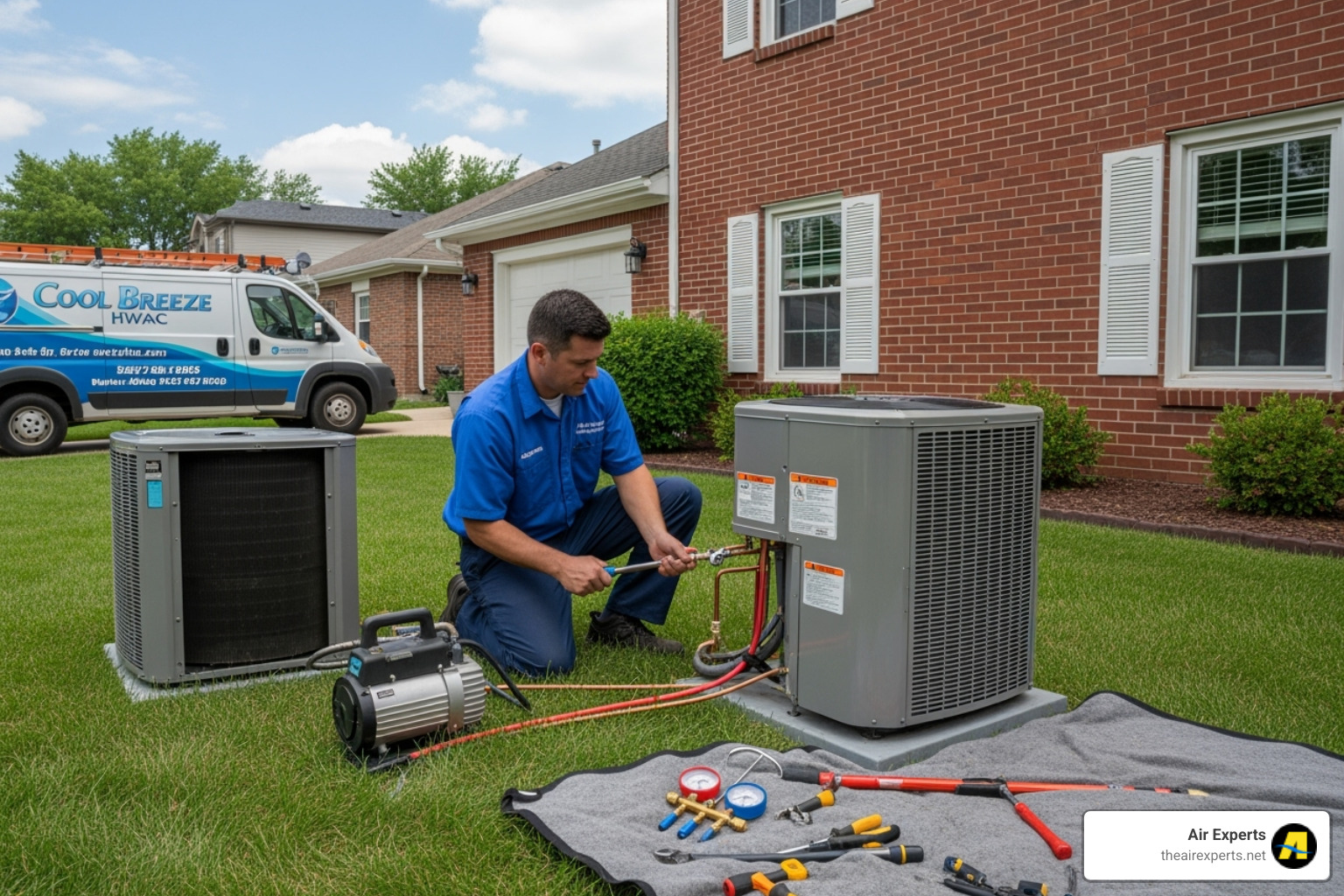

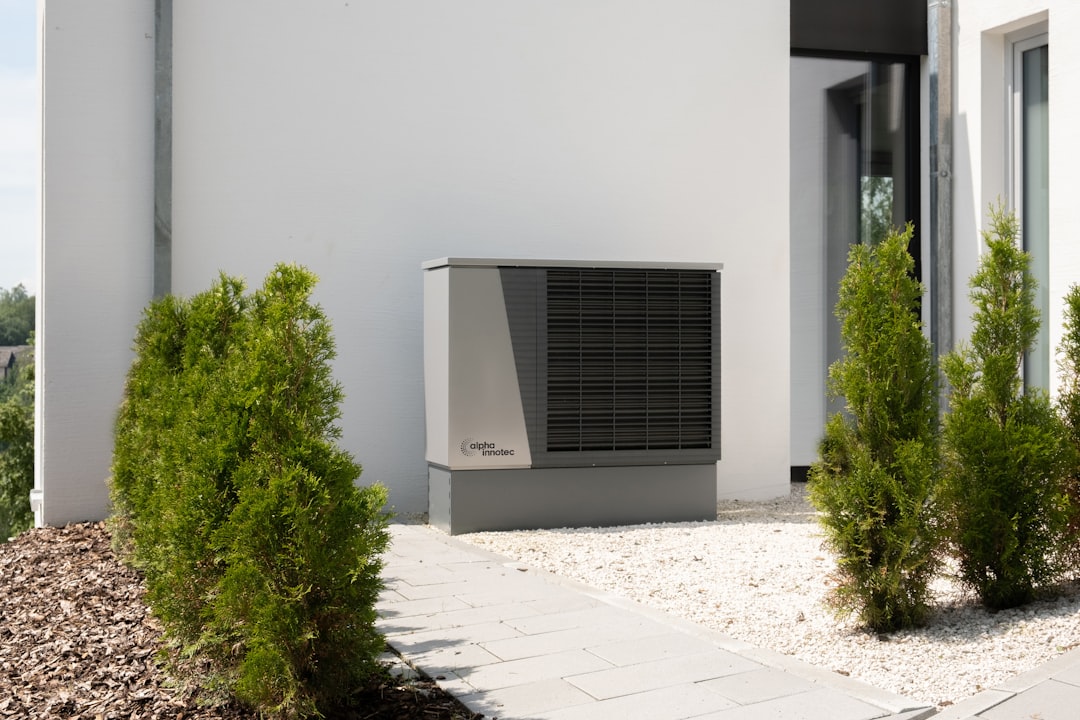


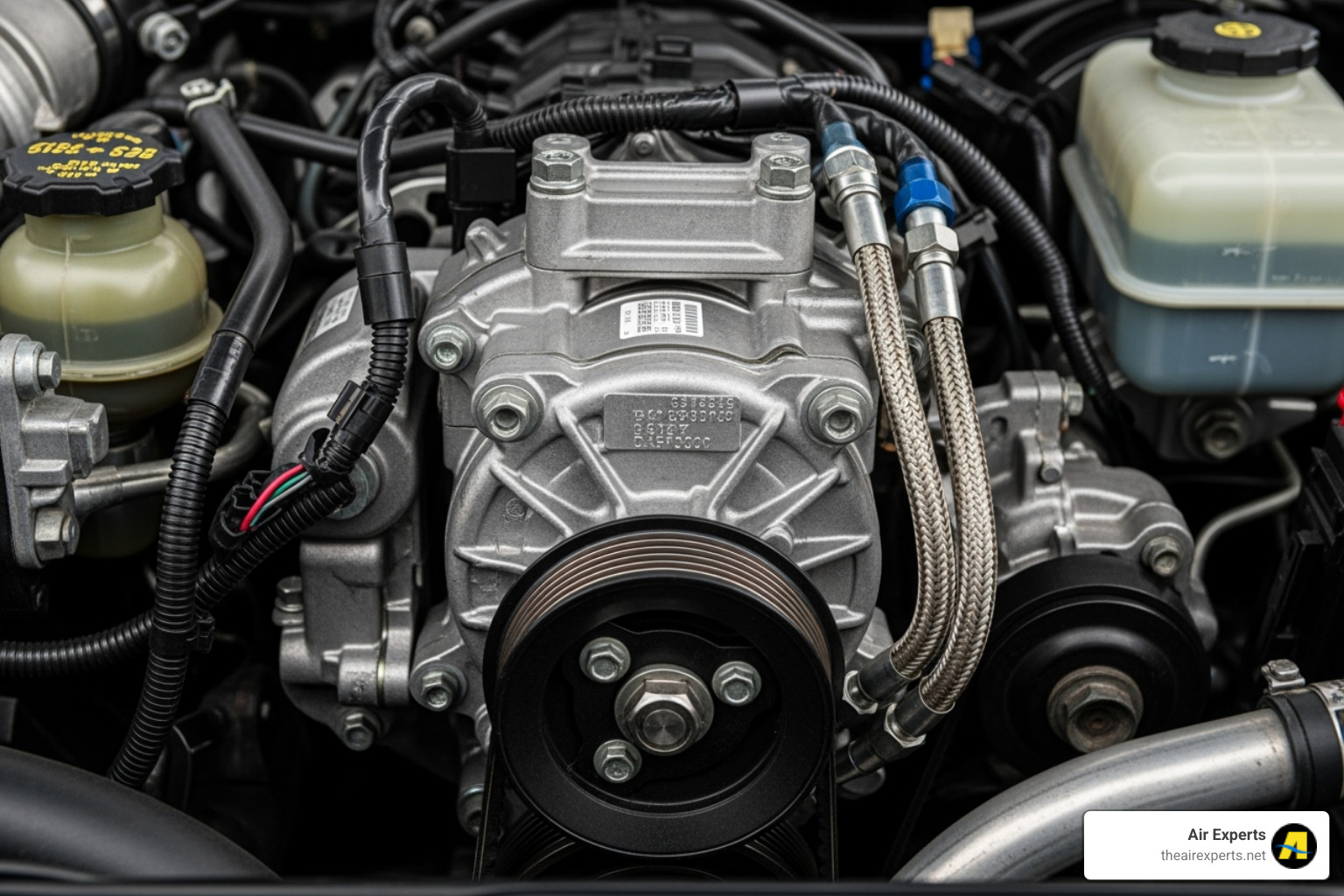
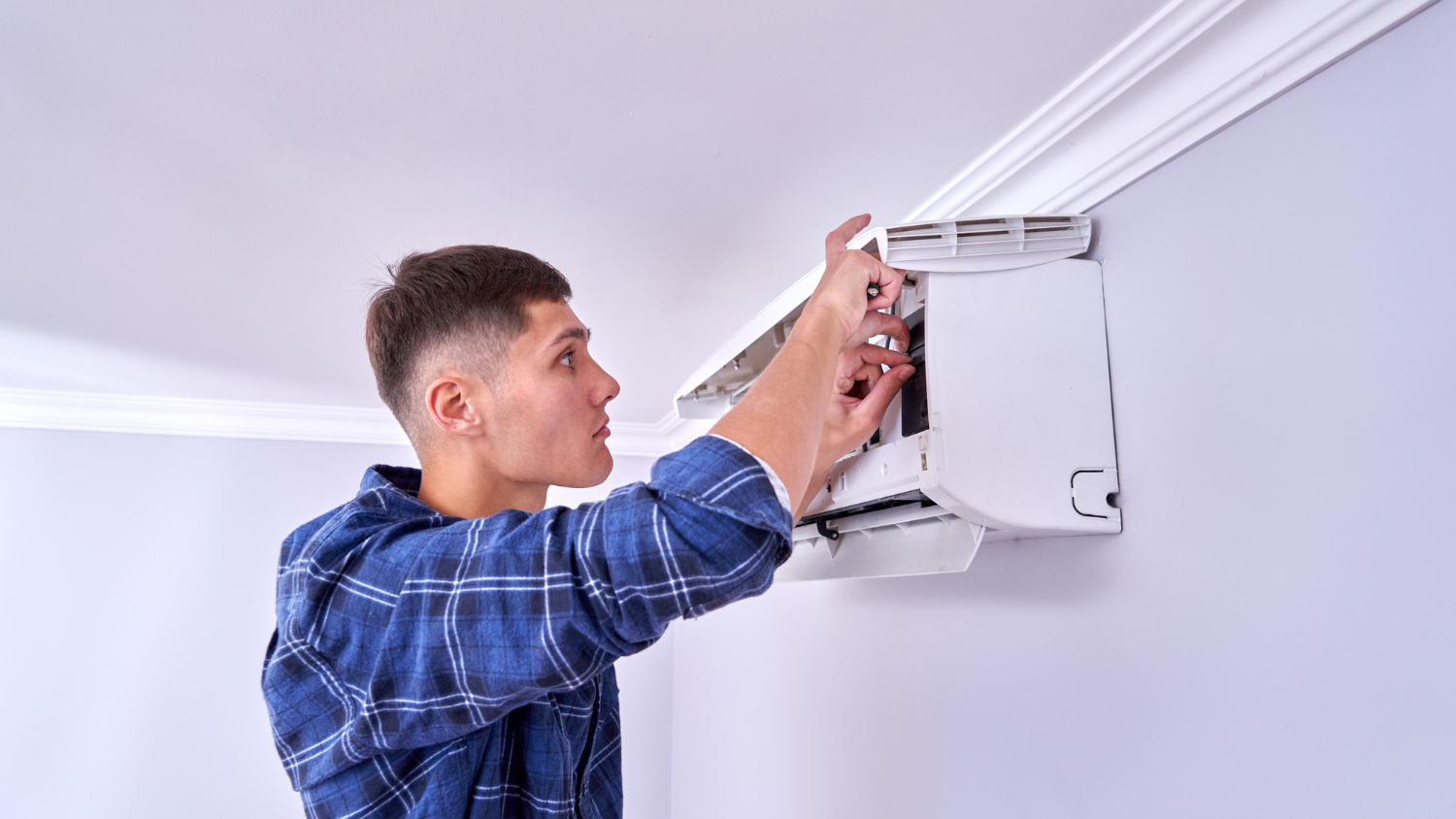
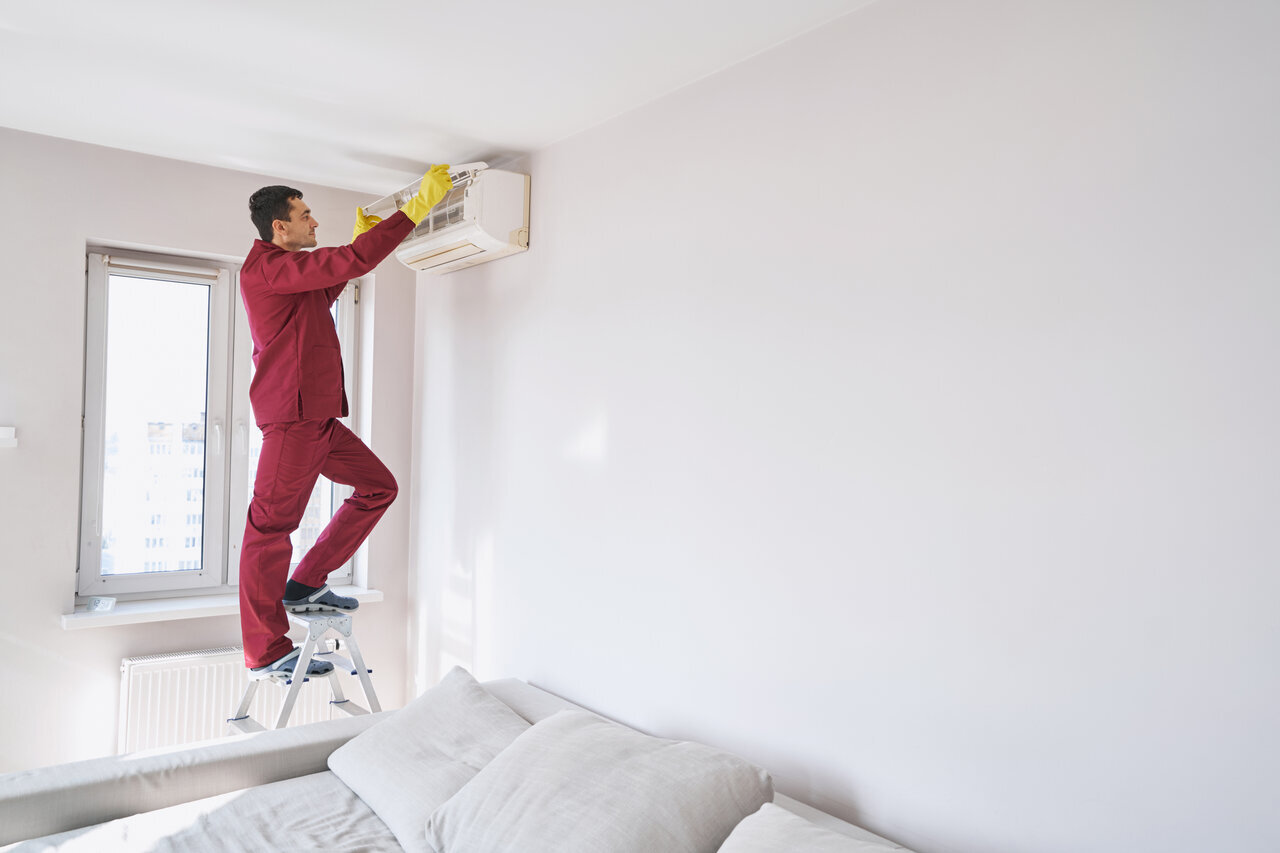
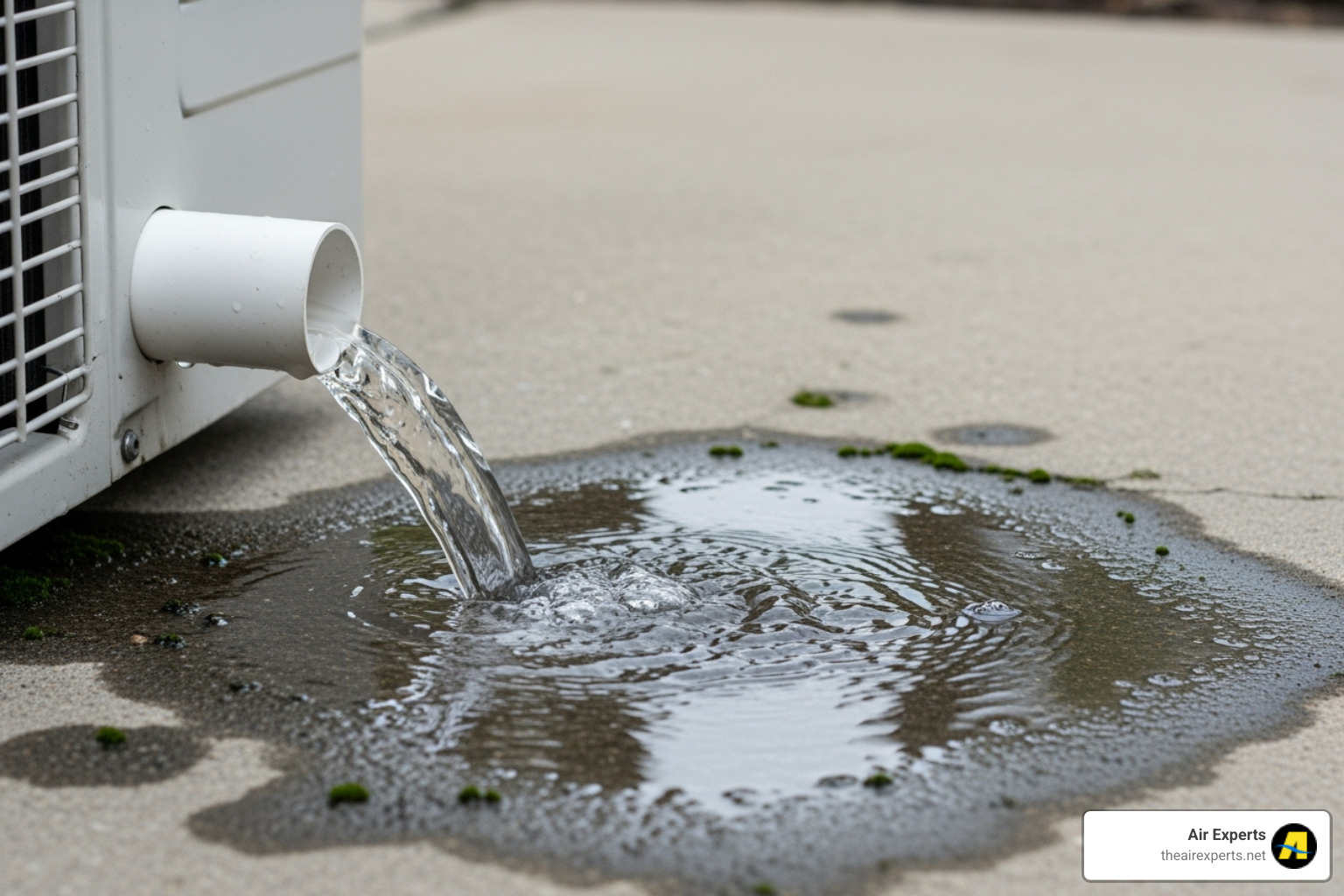
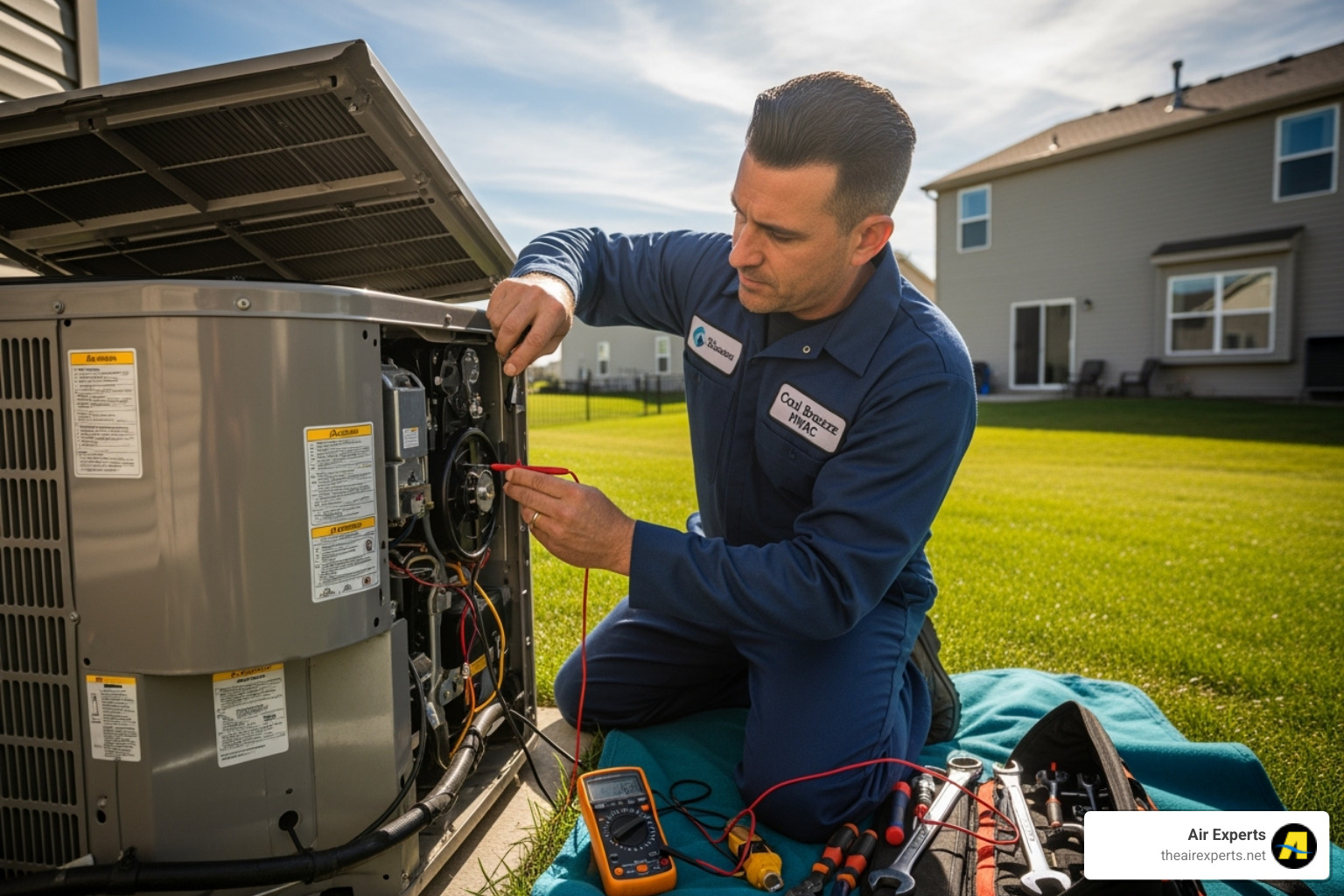
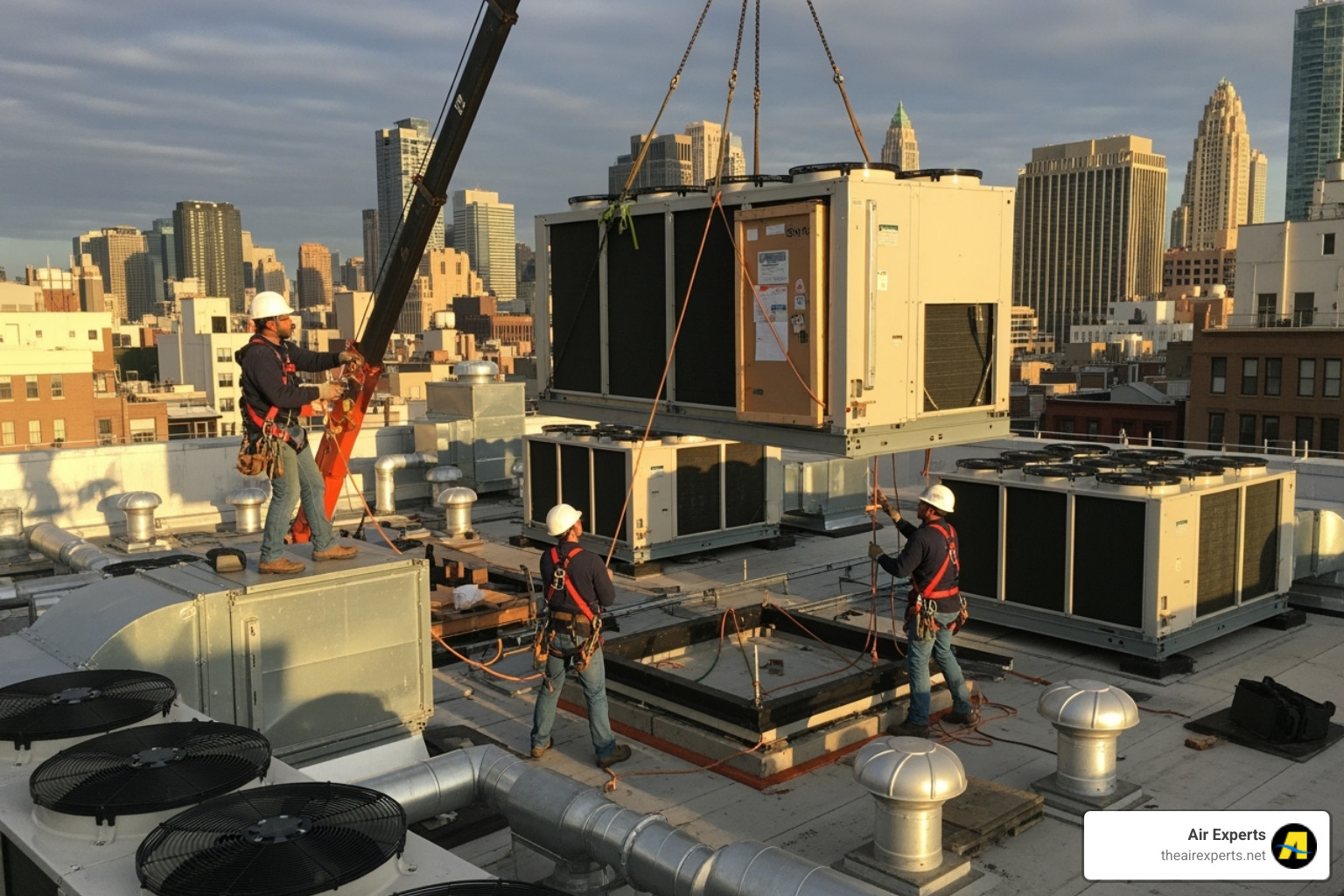
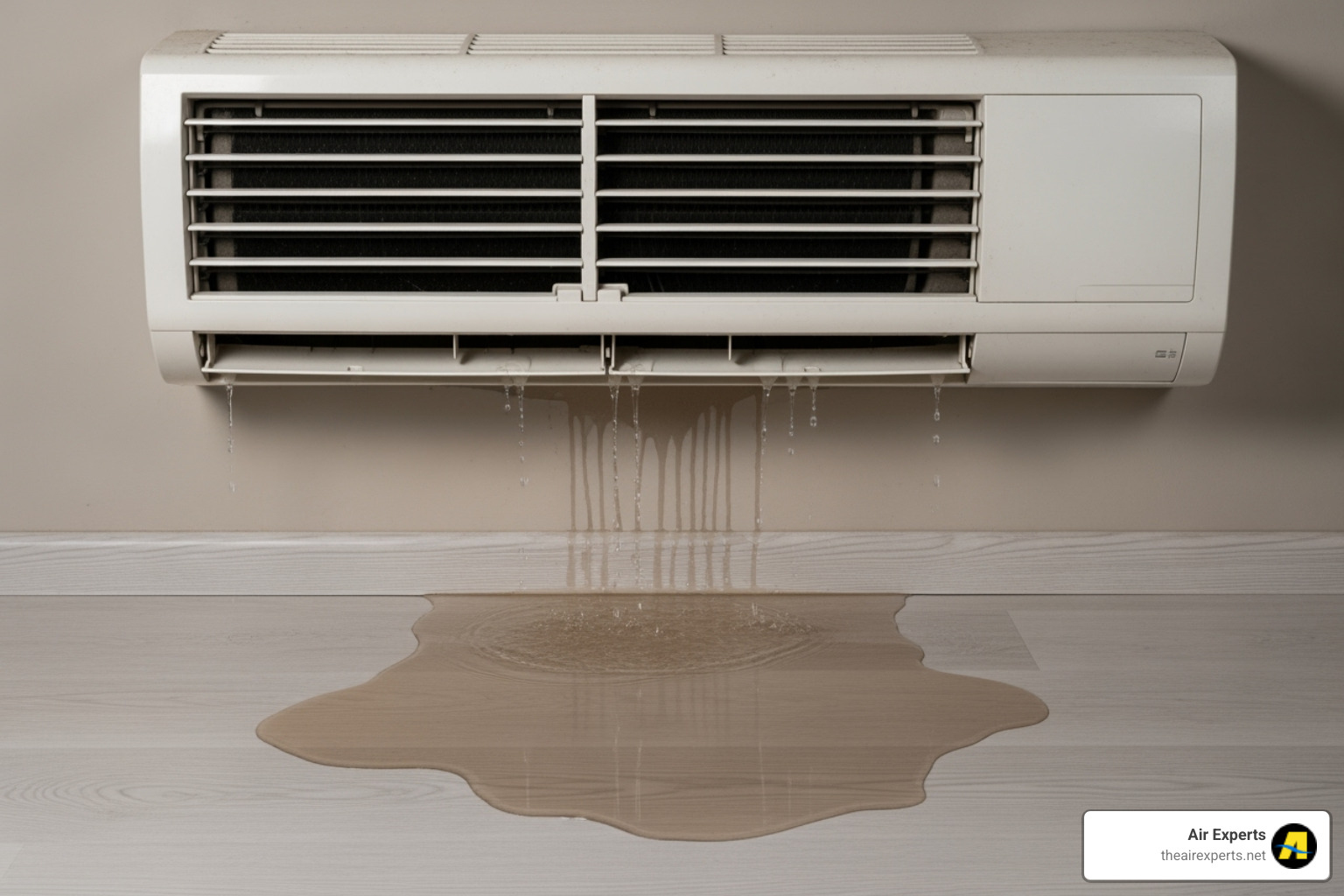
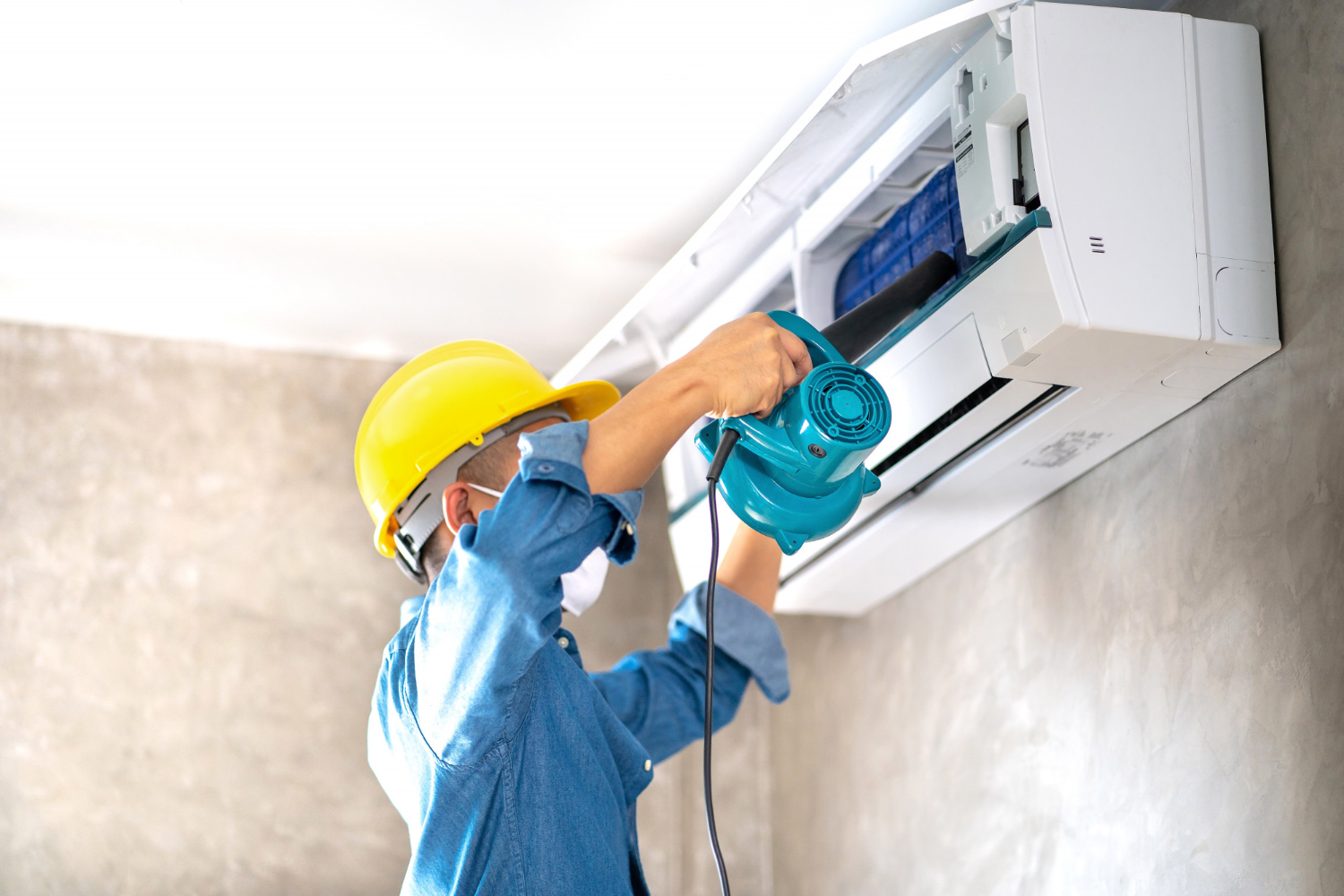
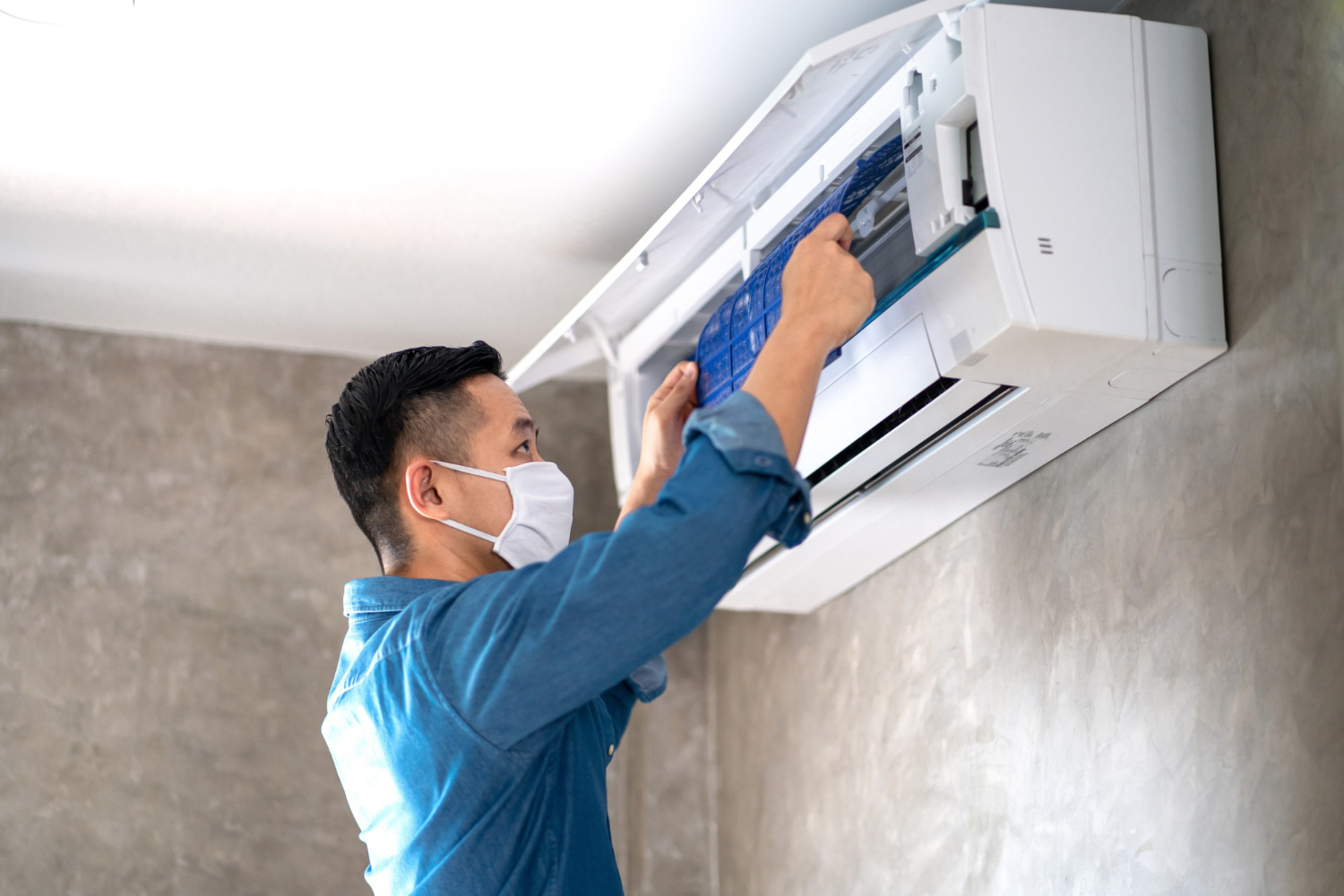
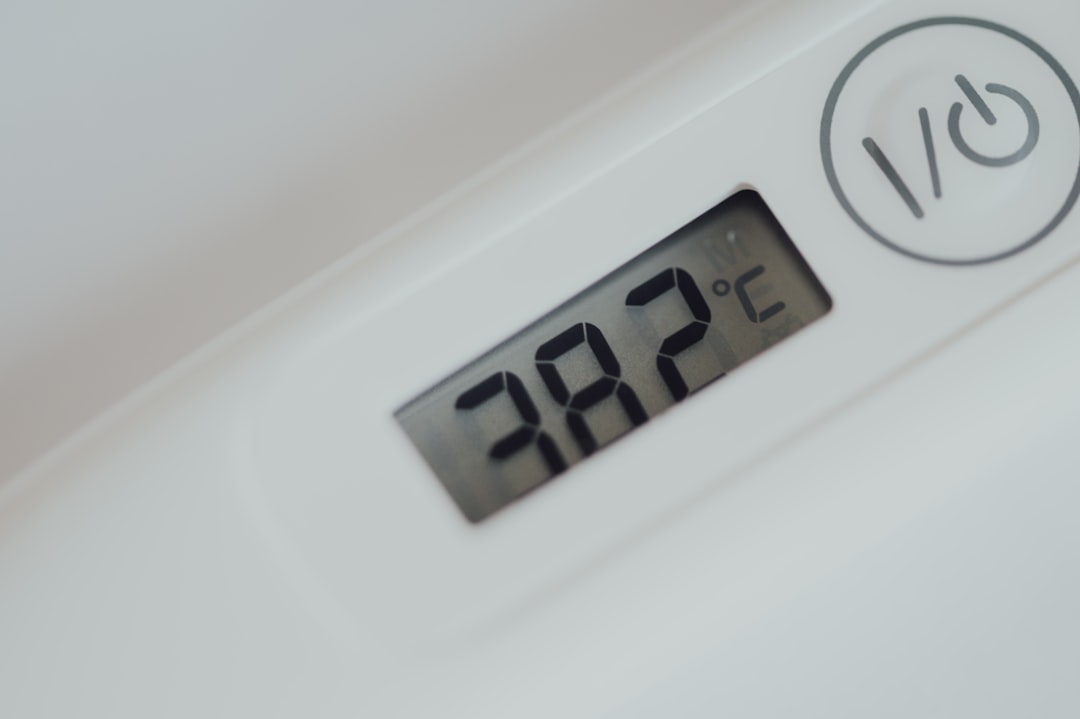
.png)
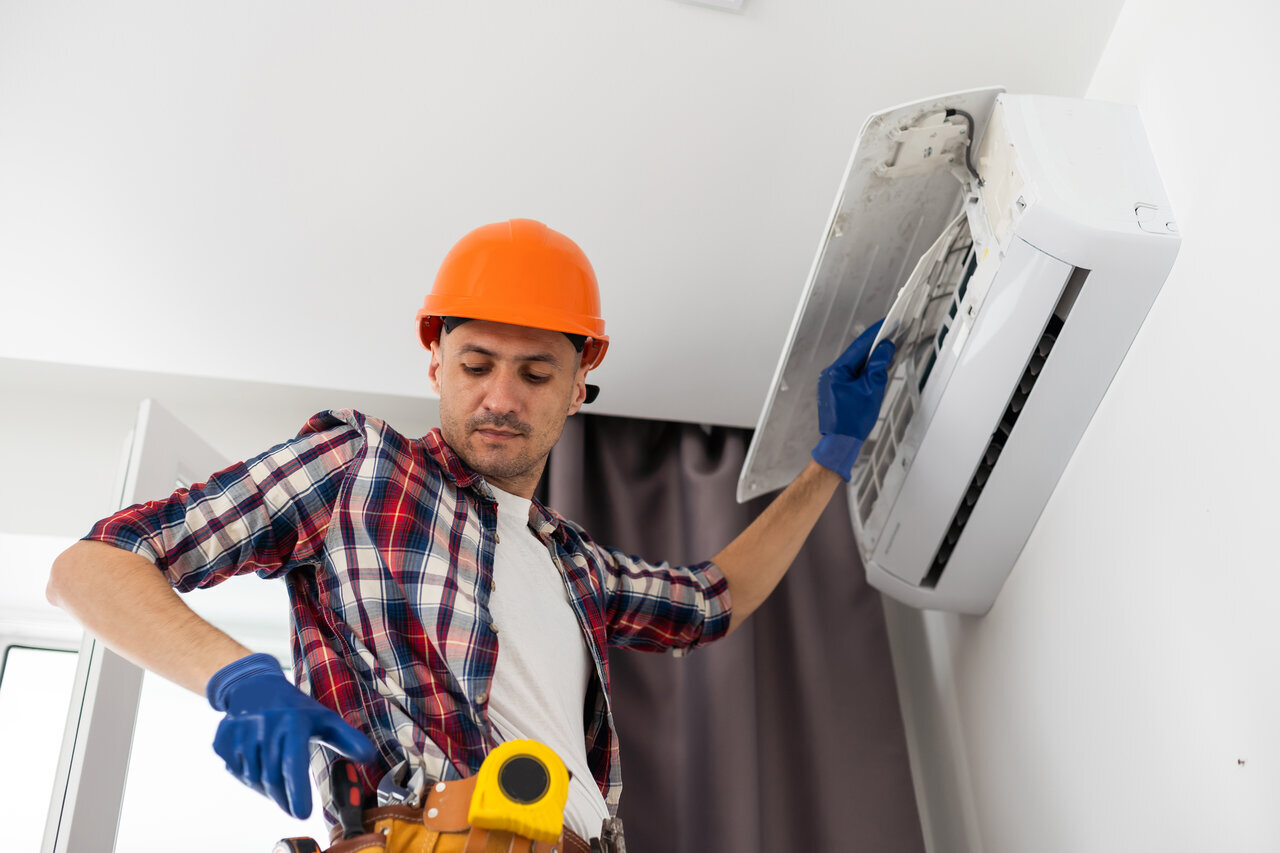
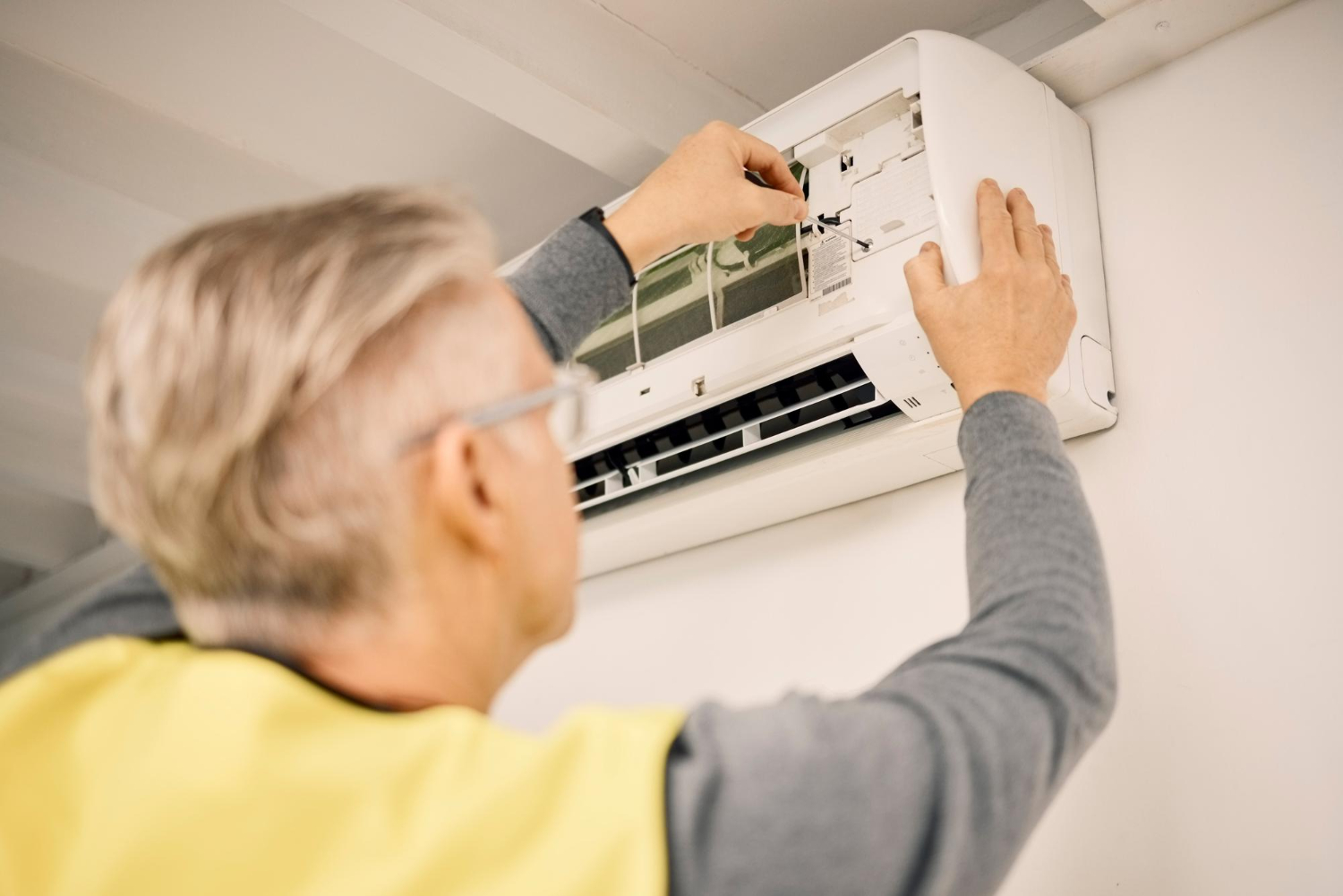
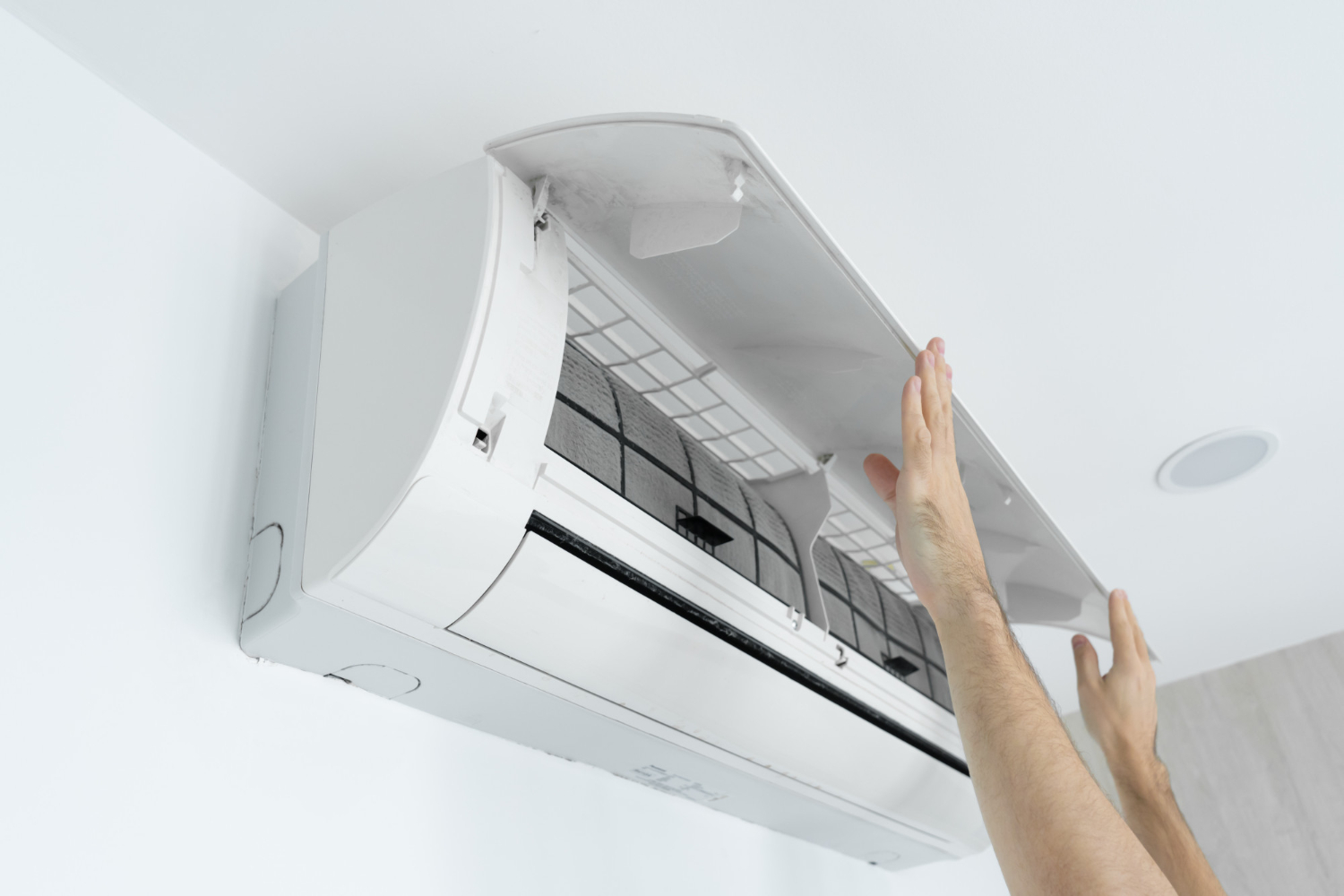
.svg)
.svg)




.svg)
.svg)
